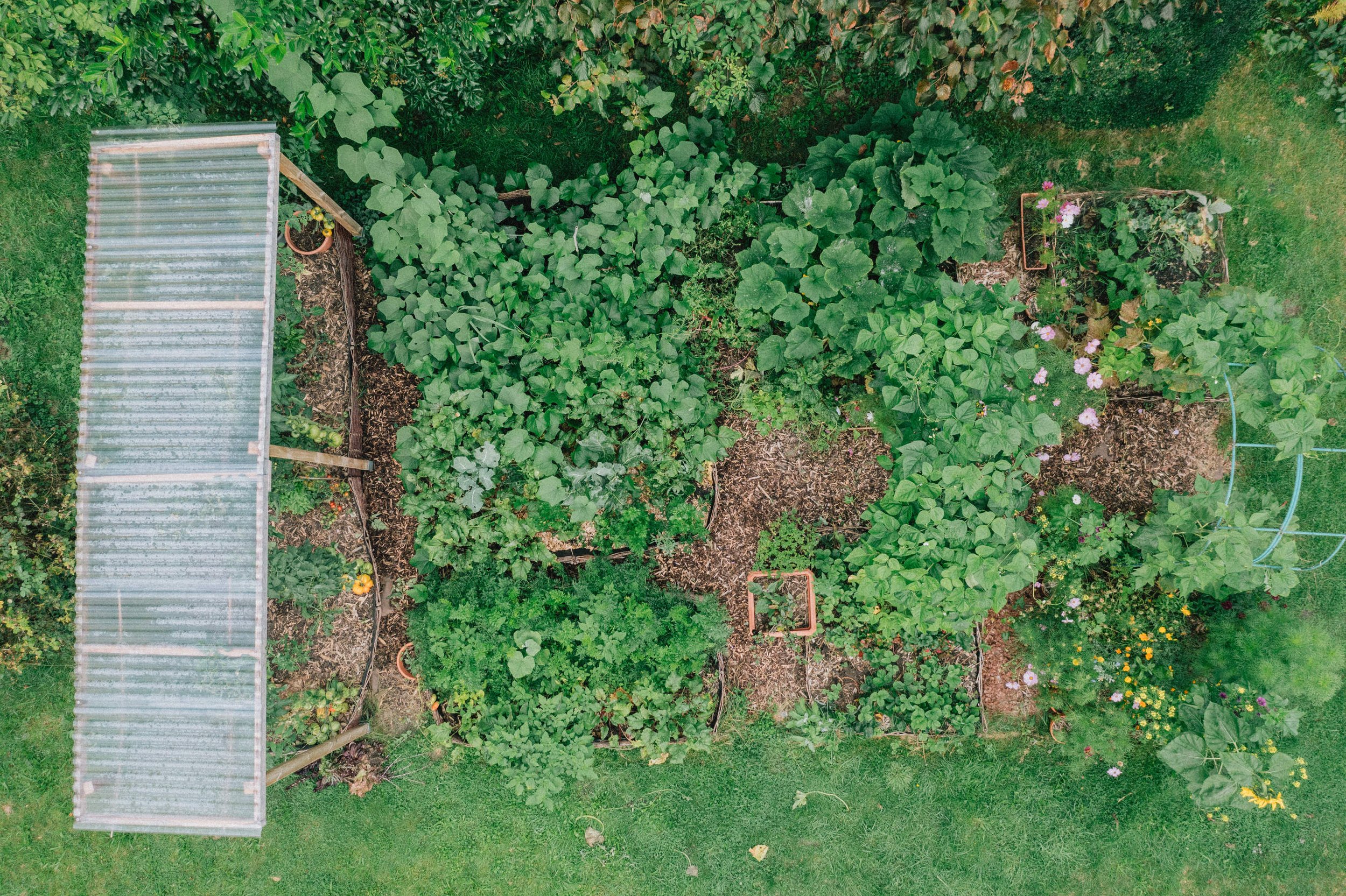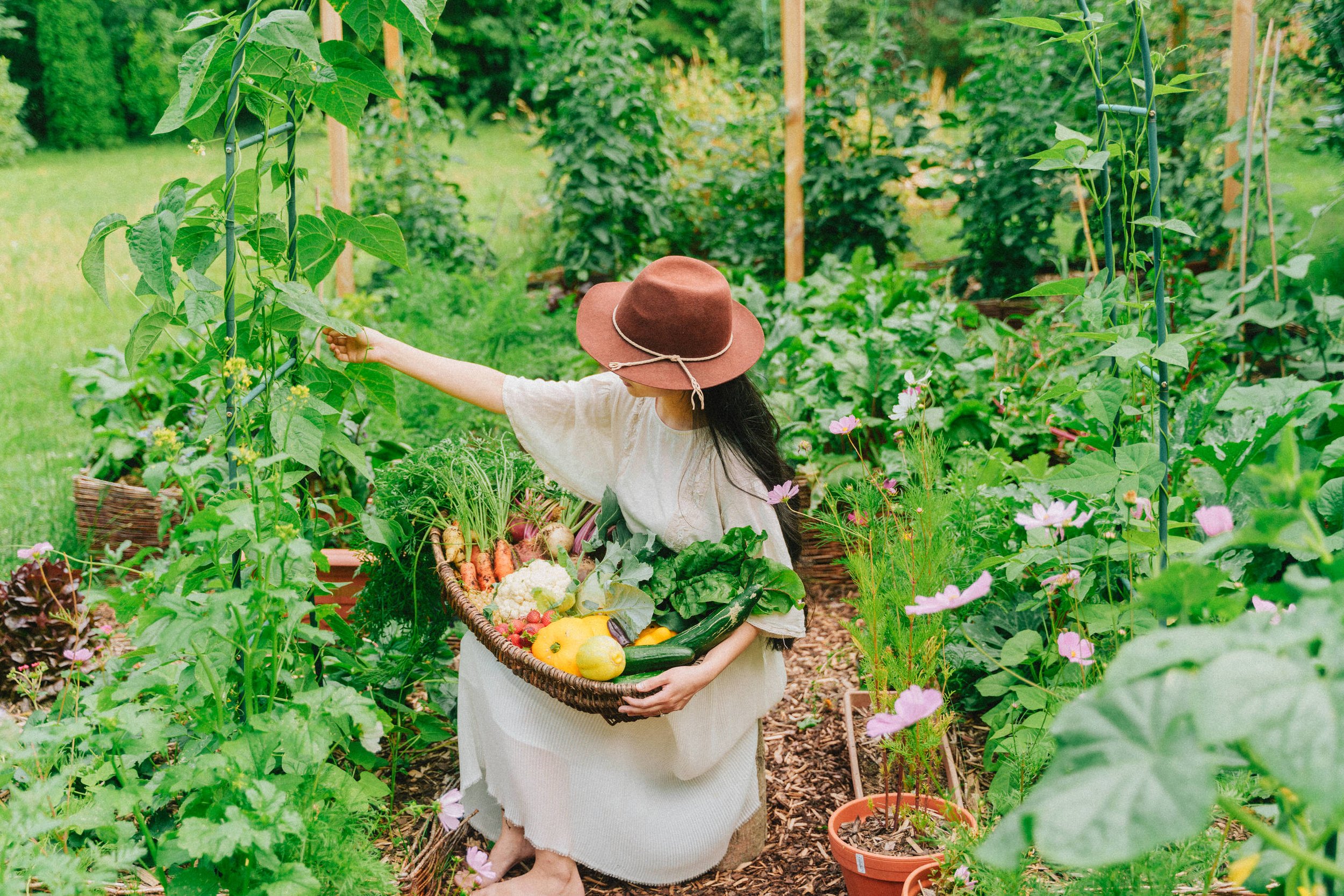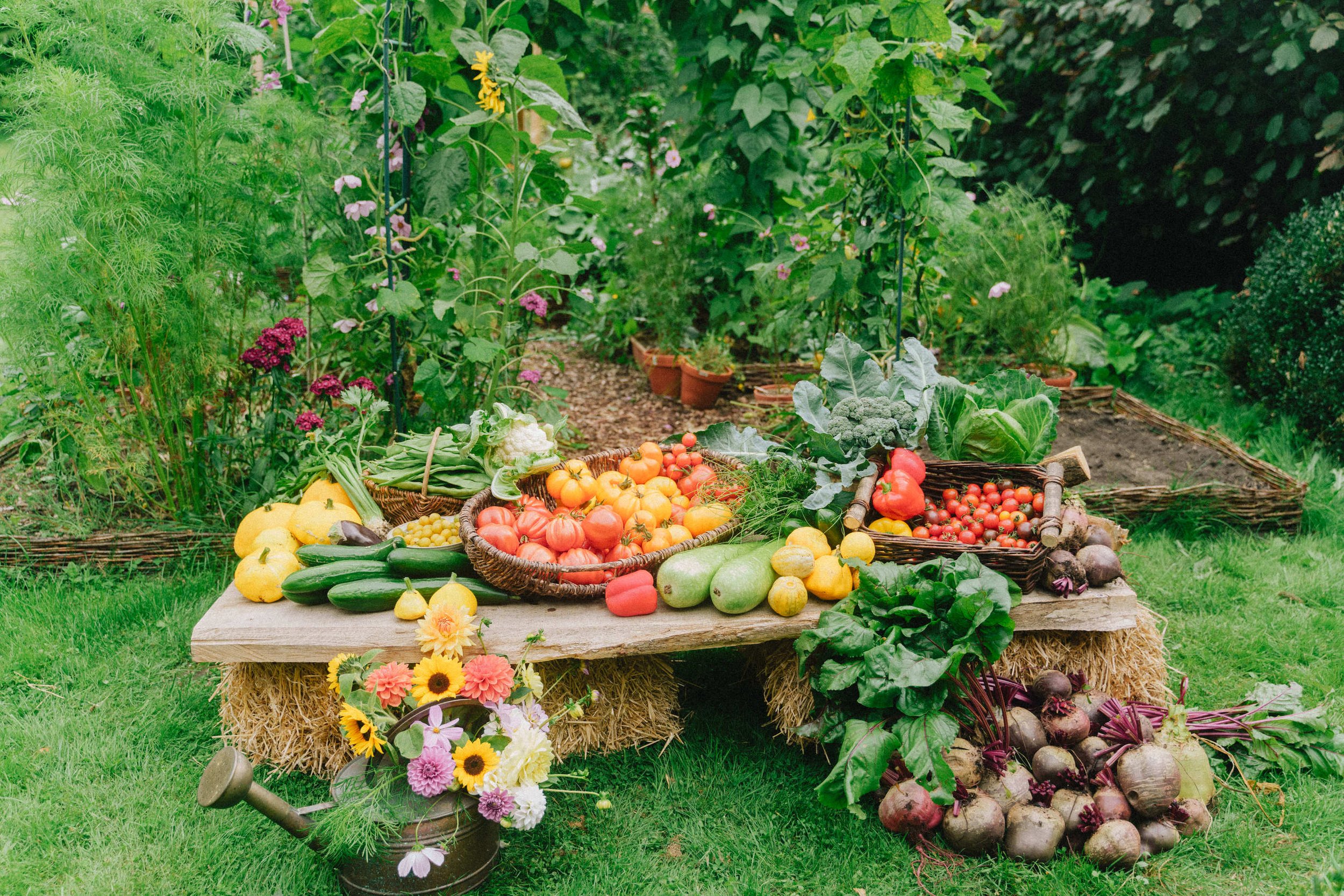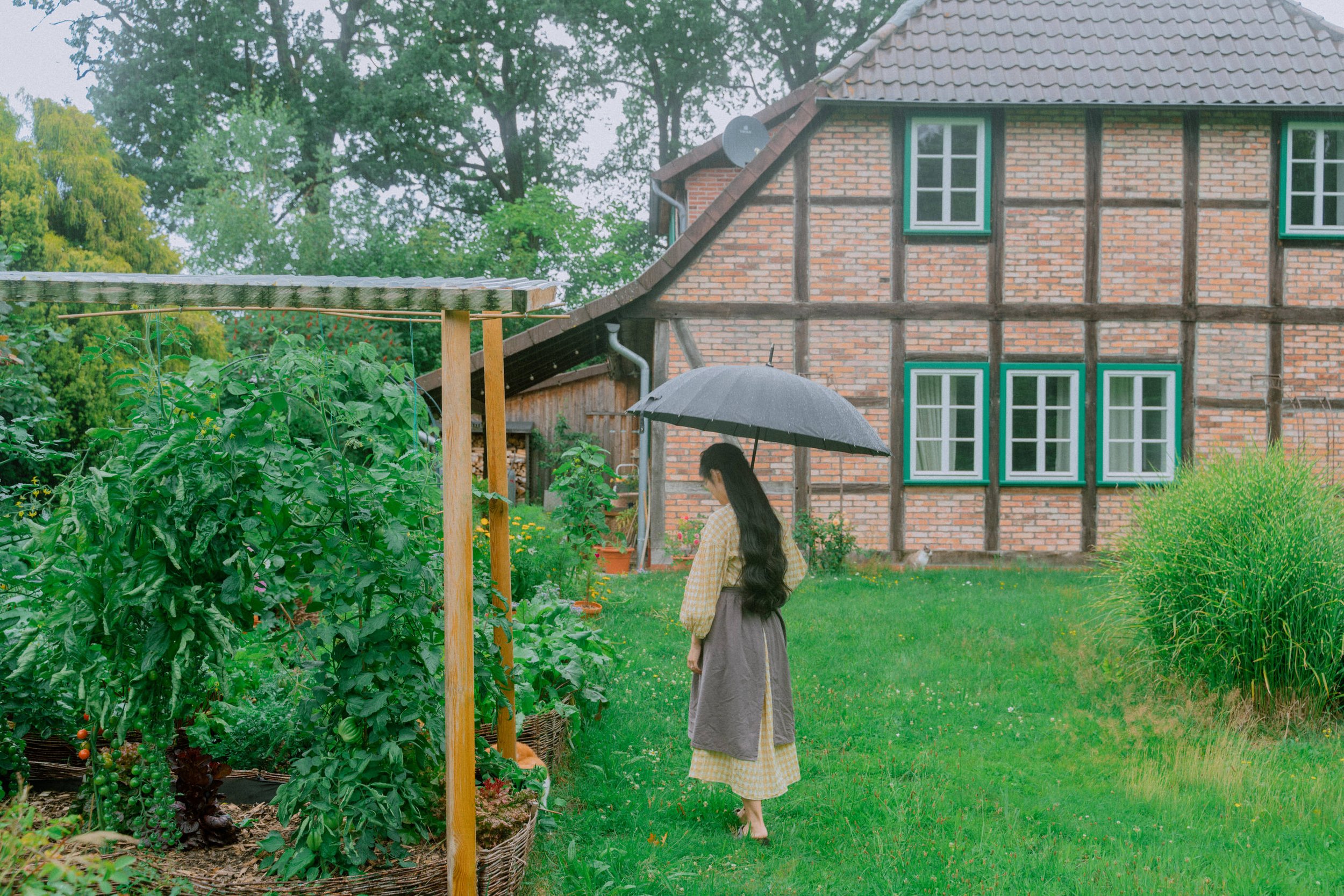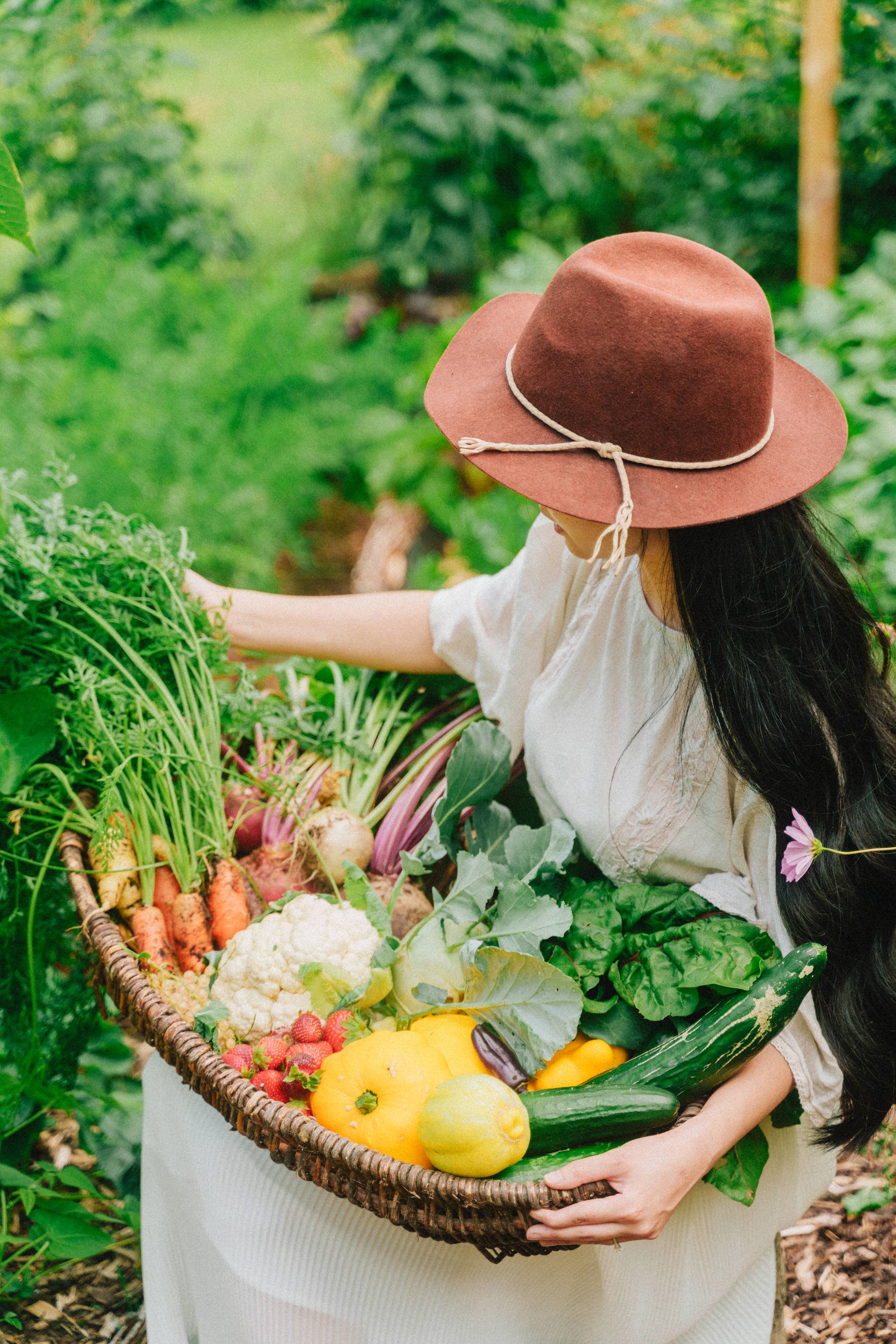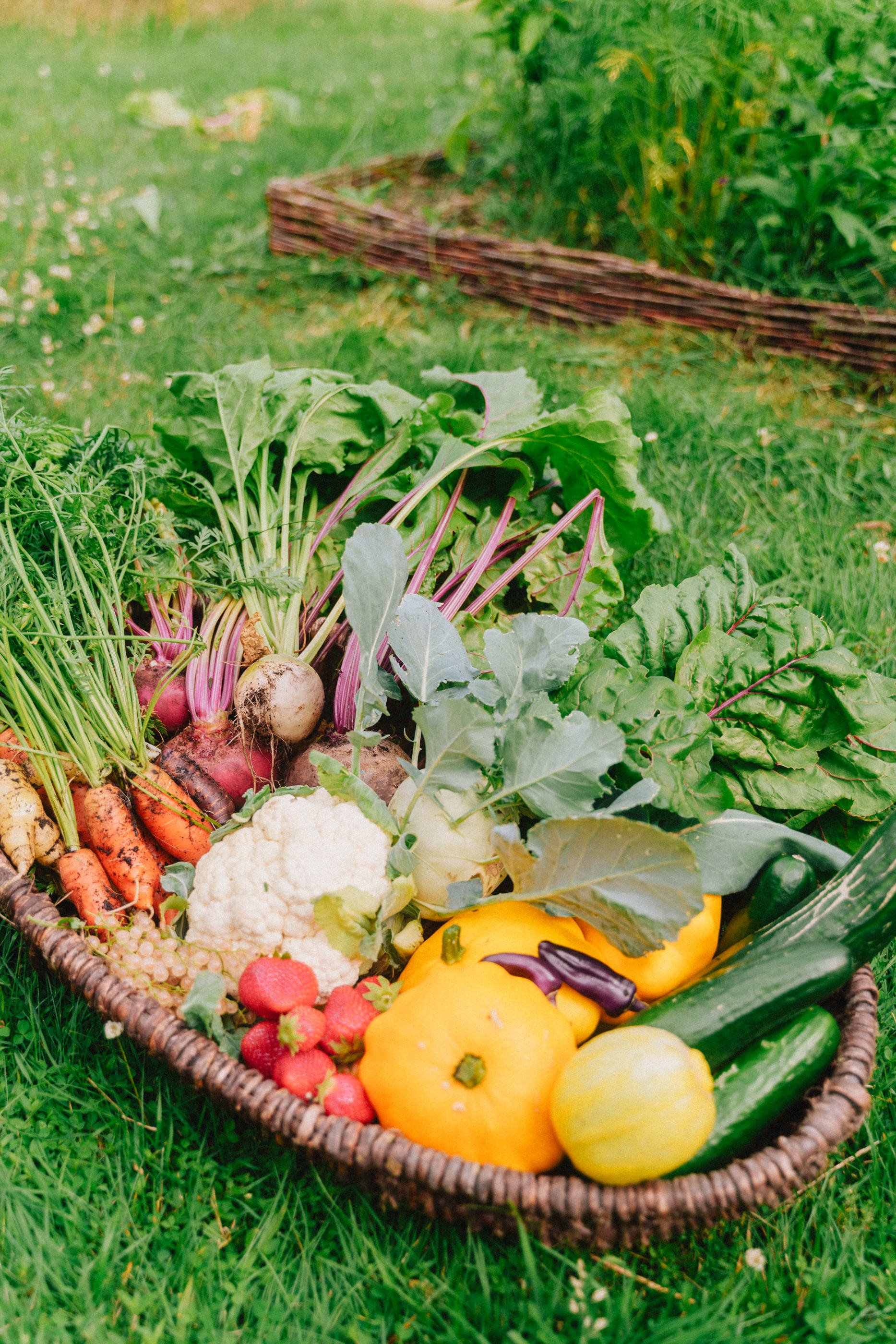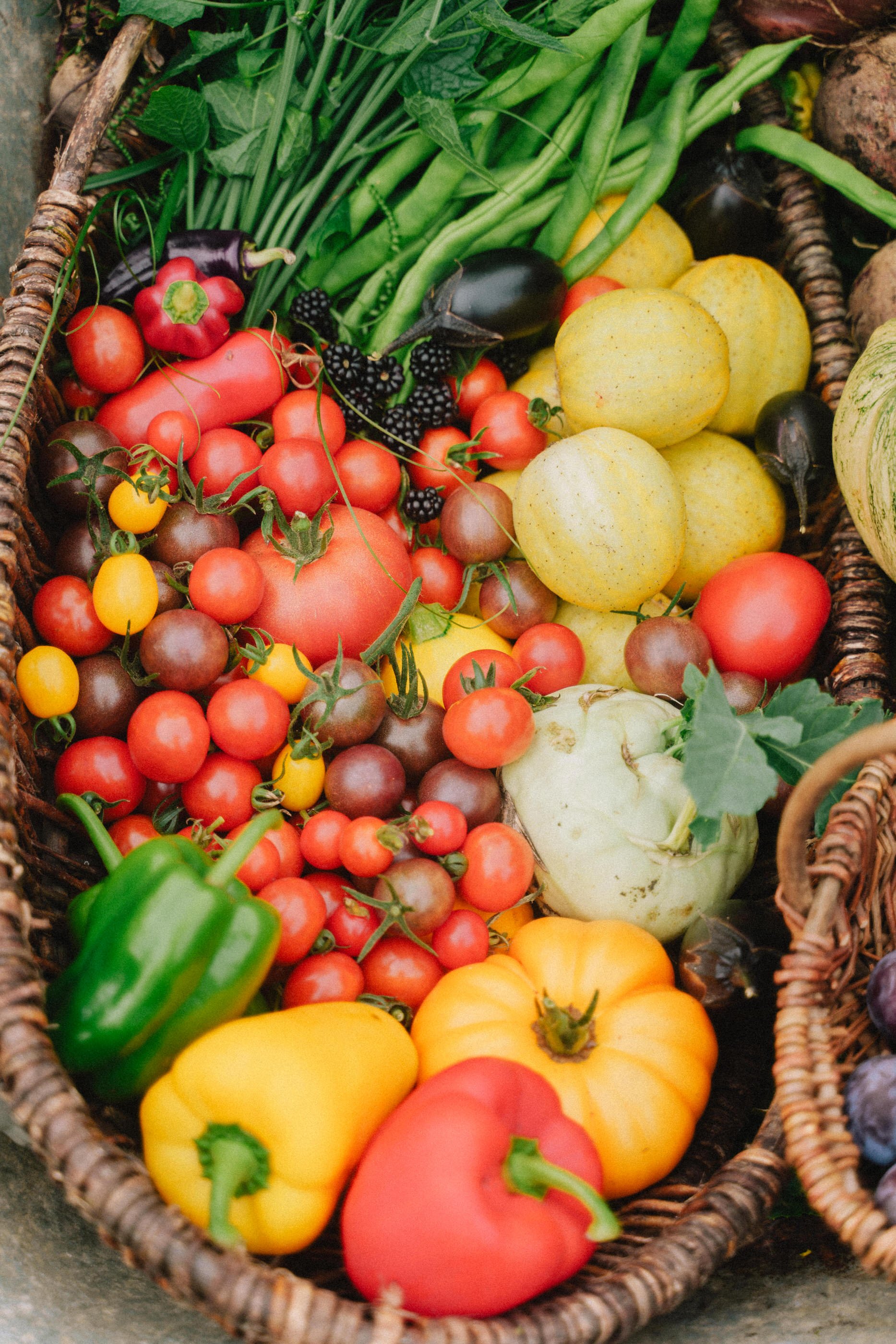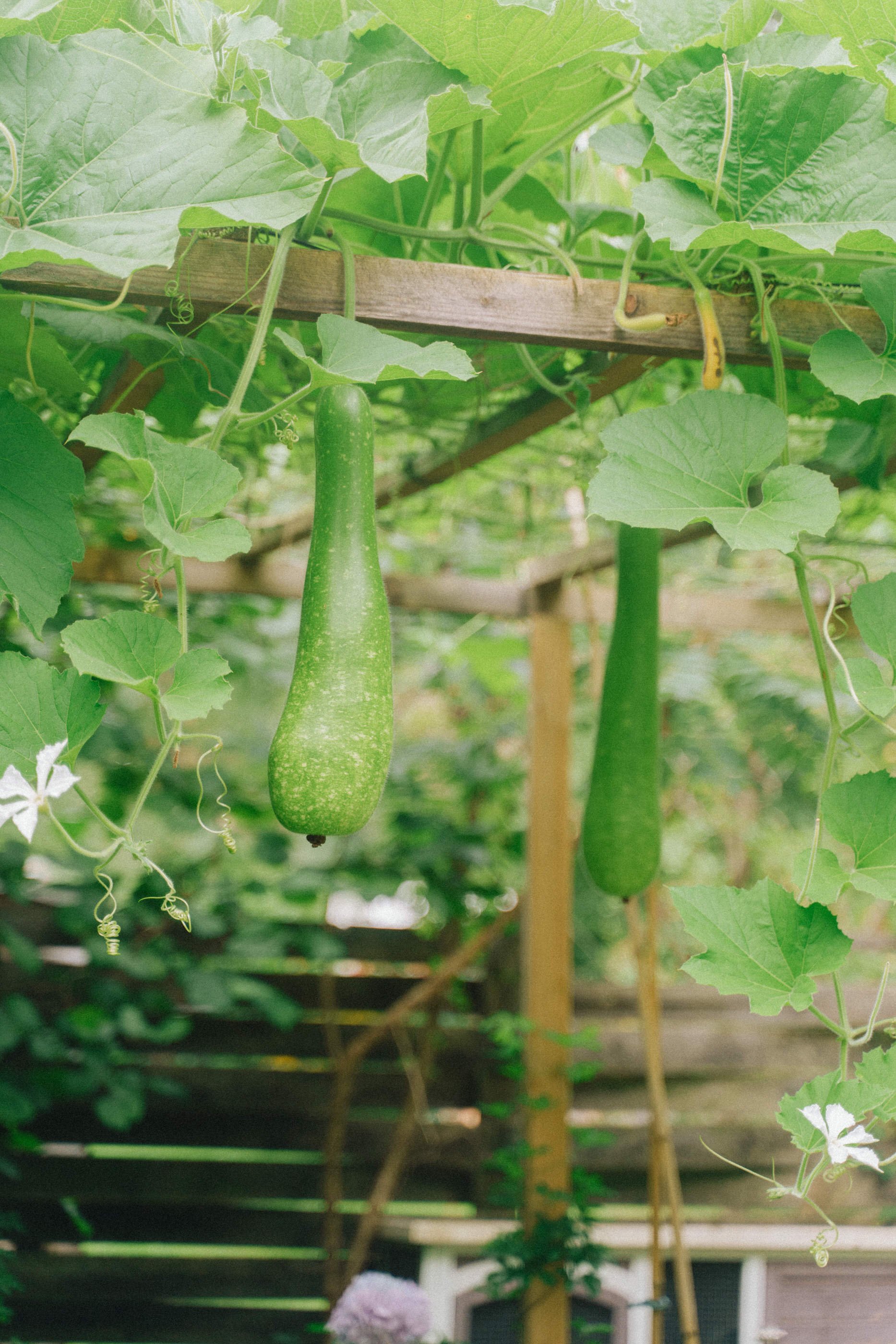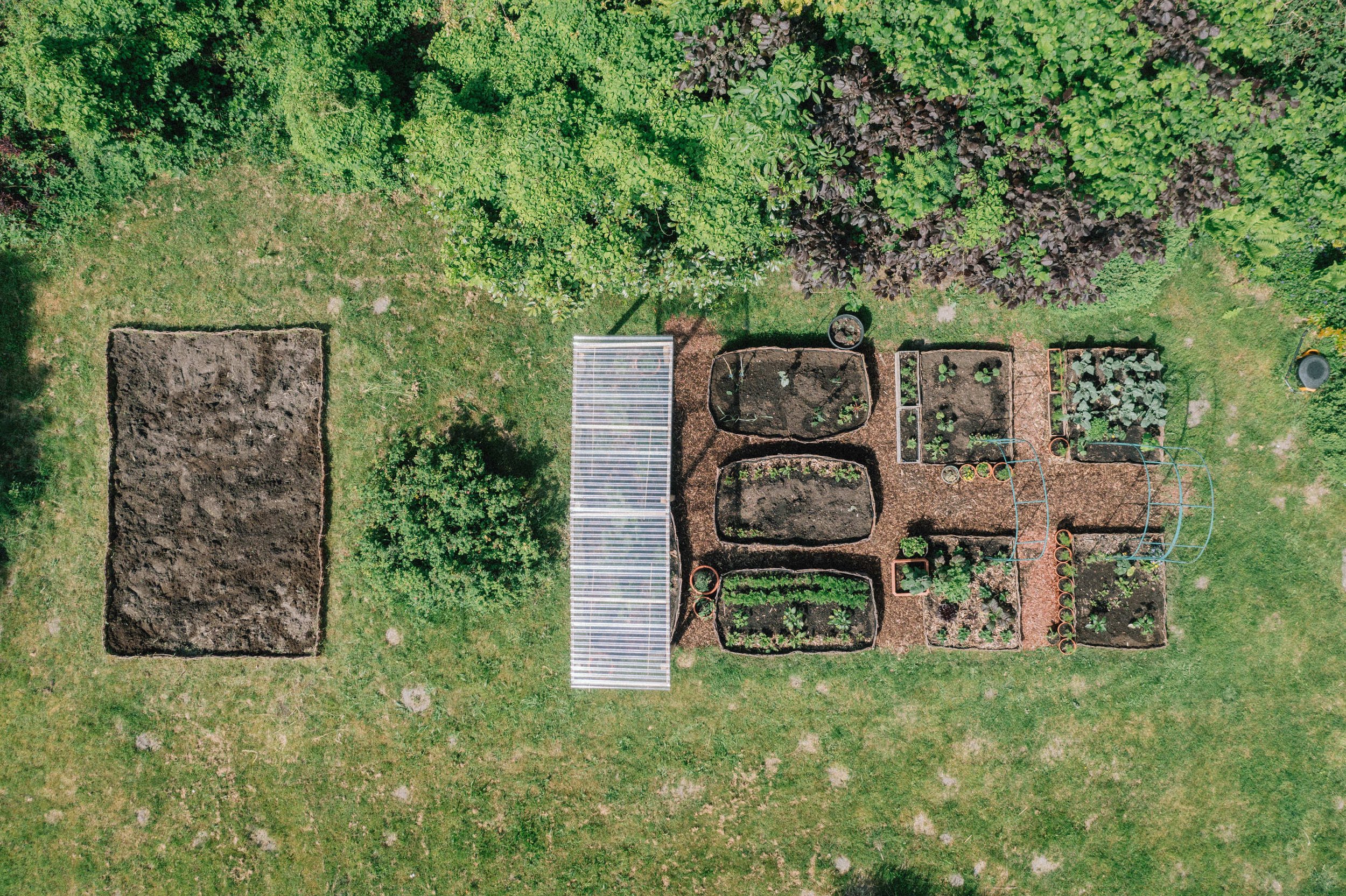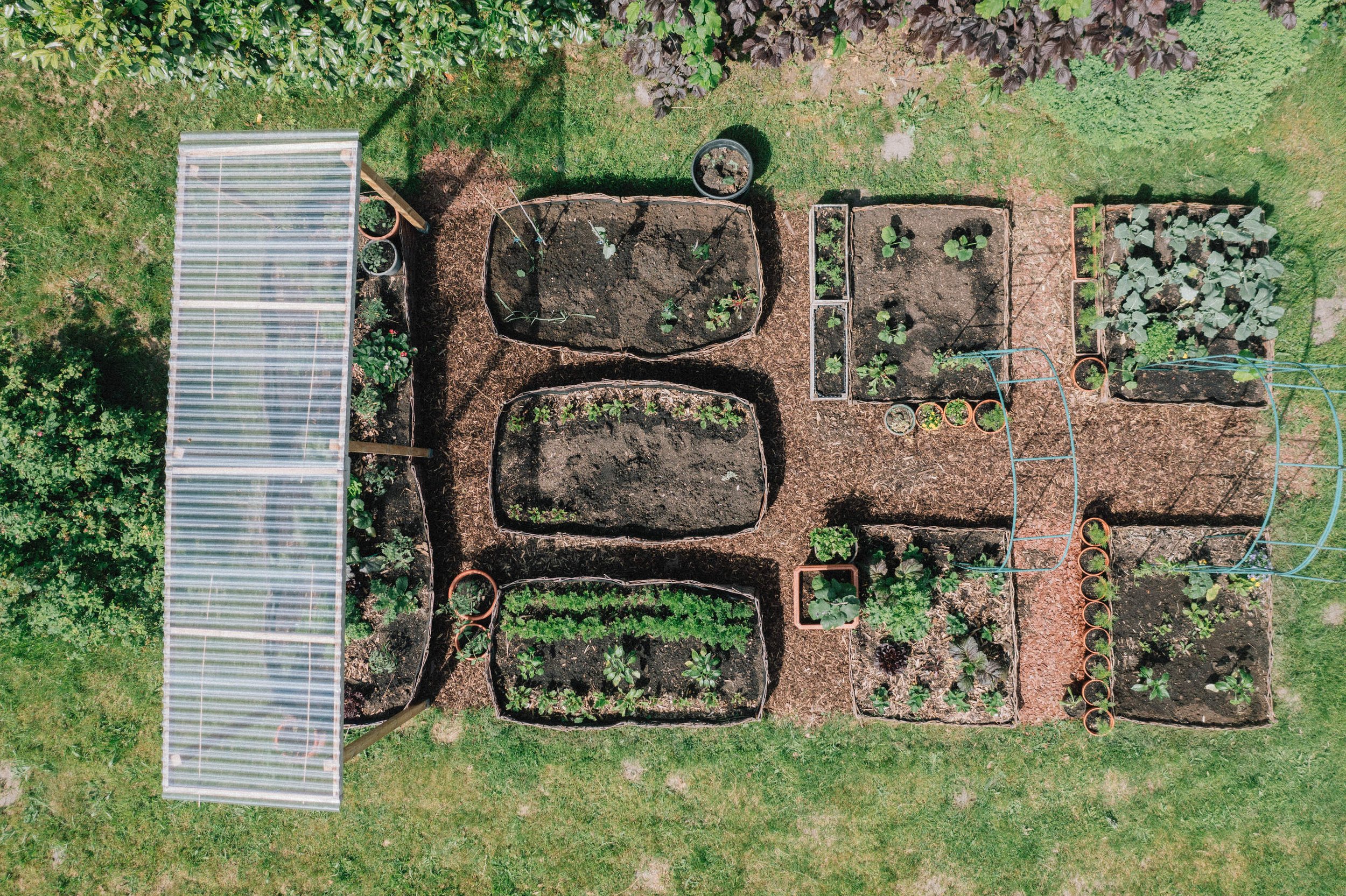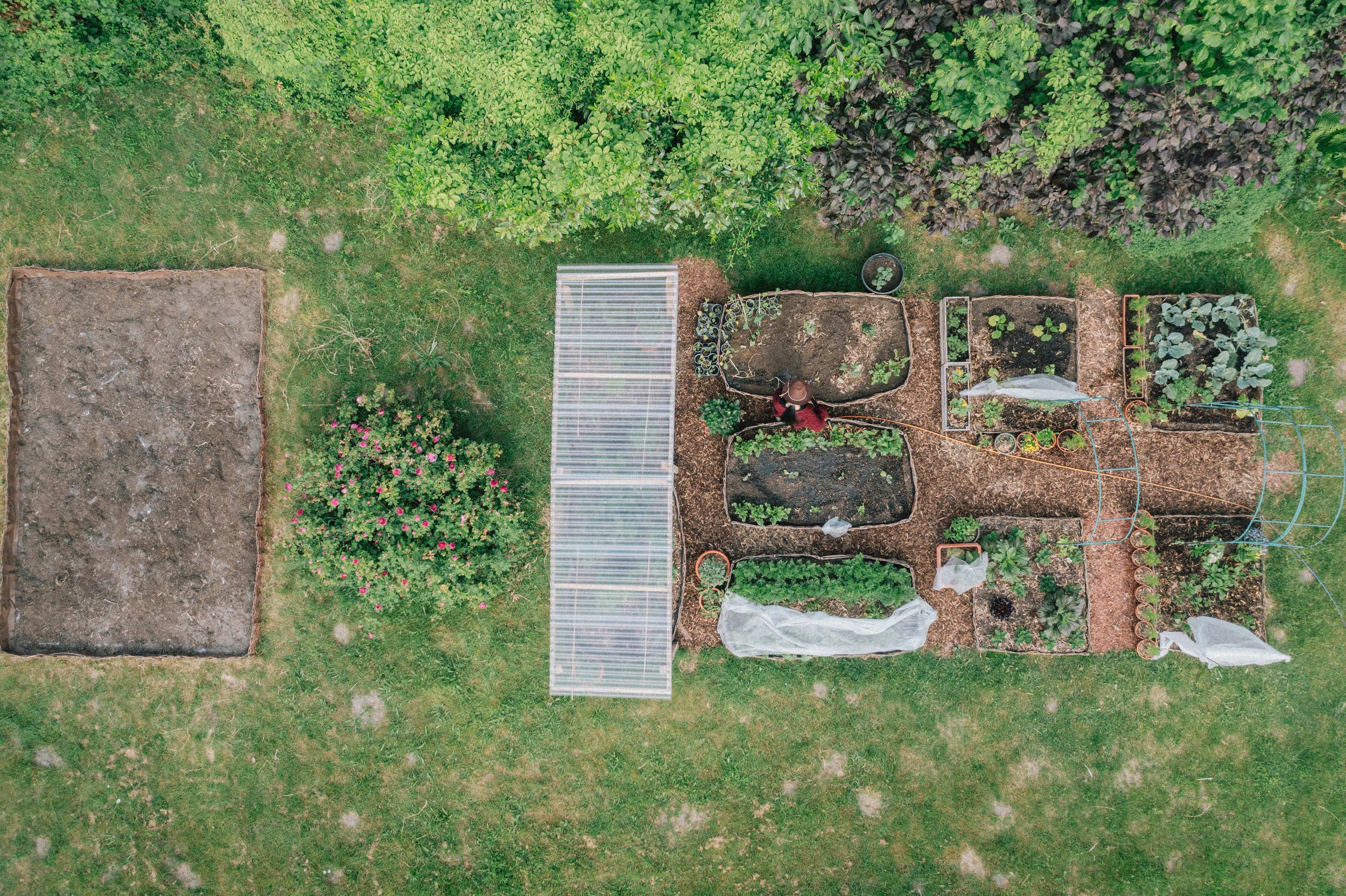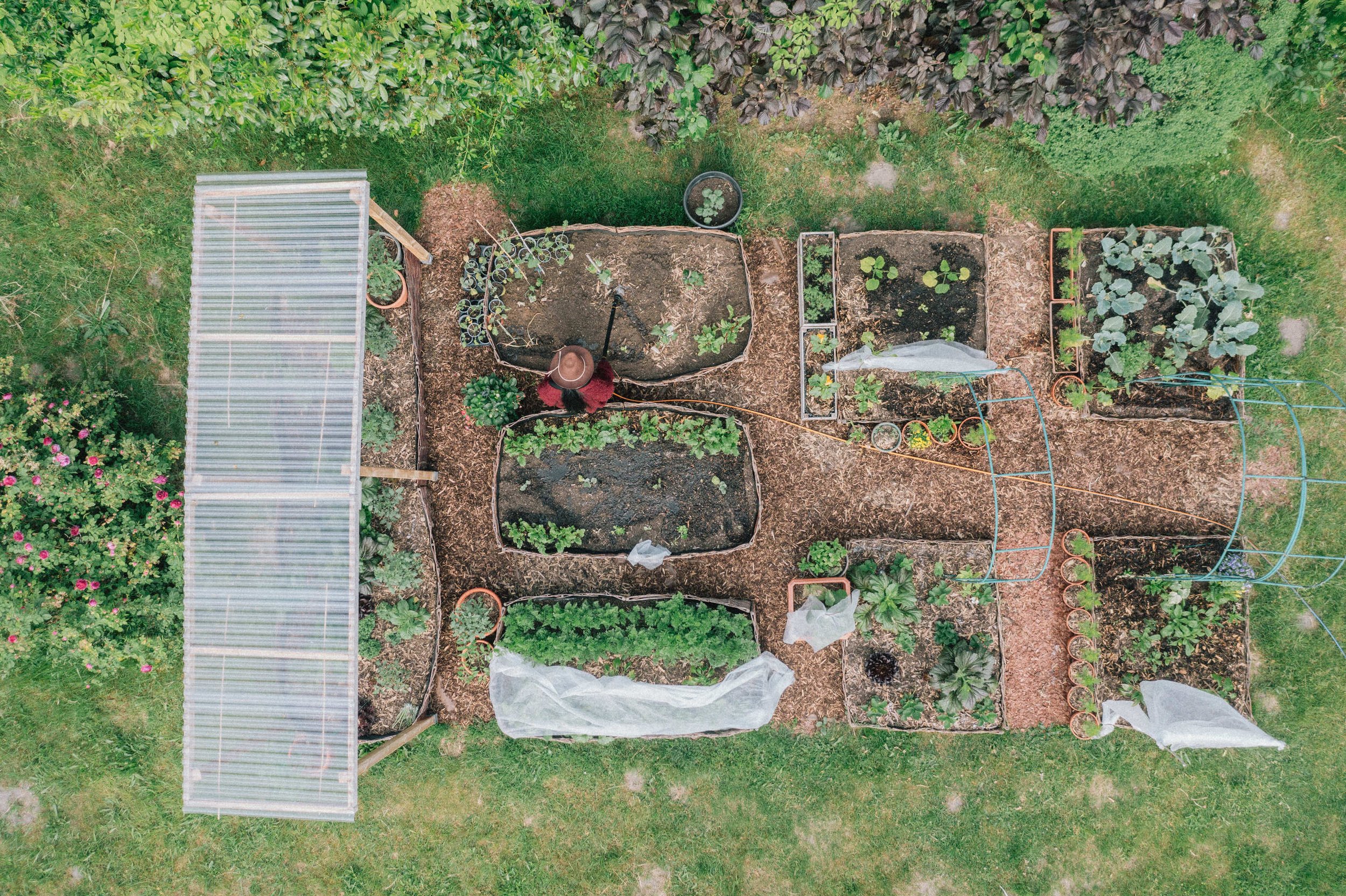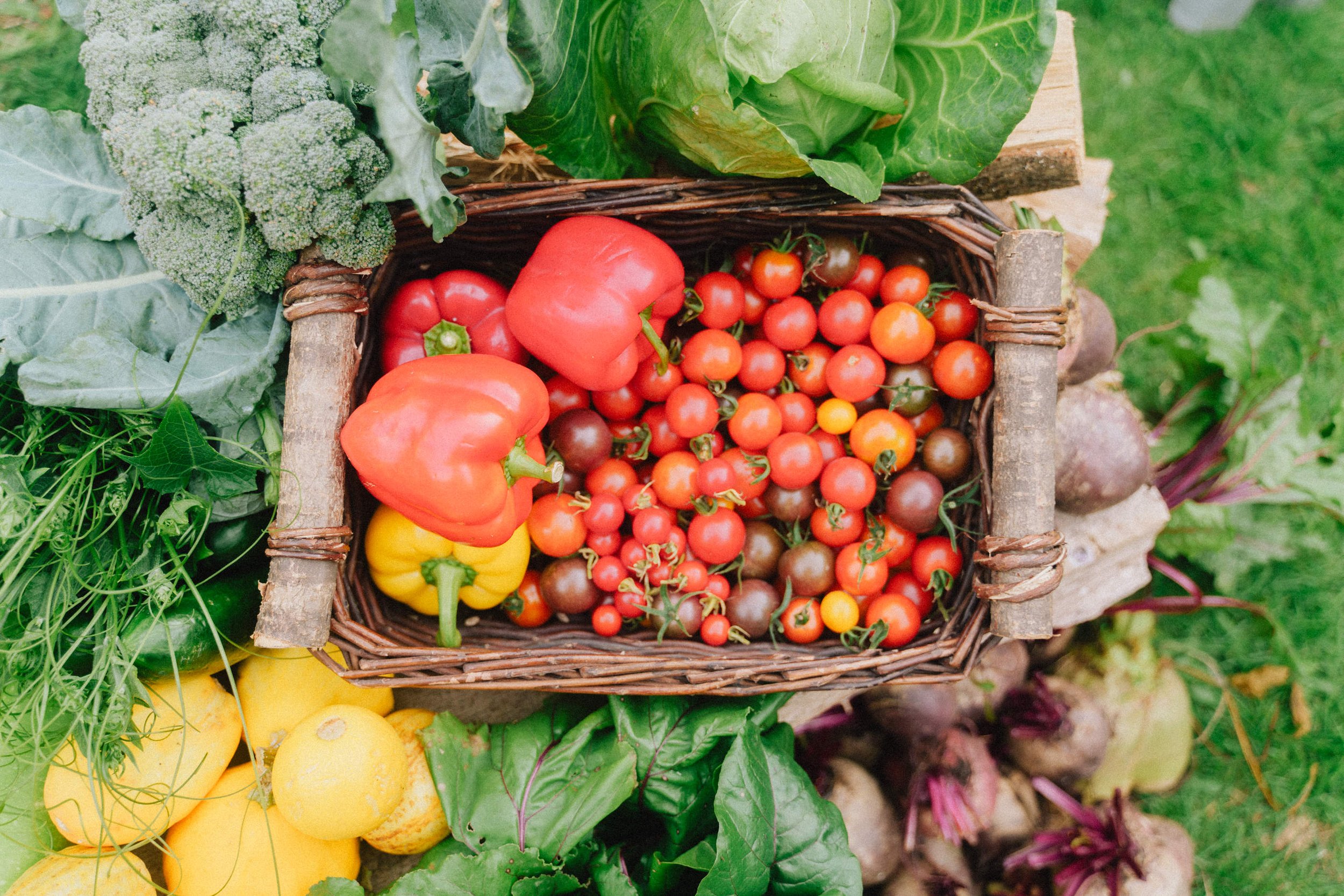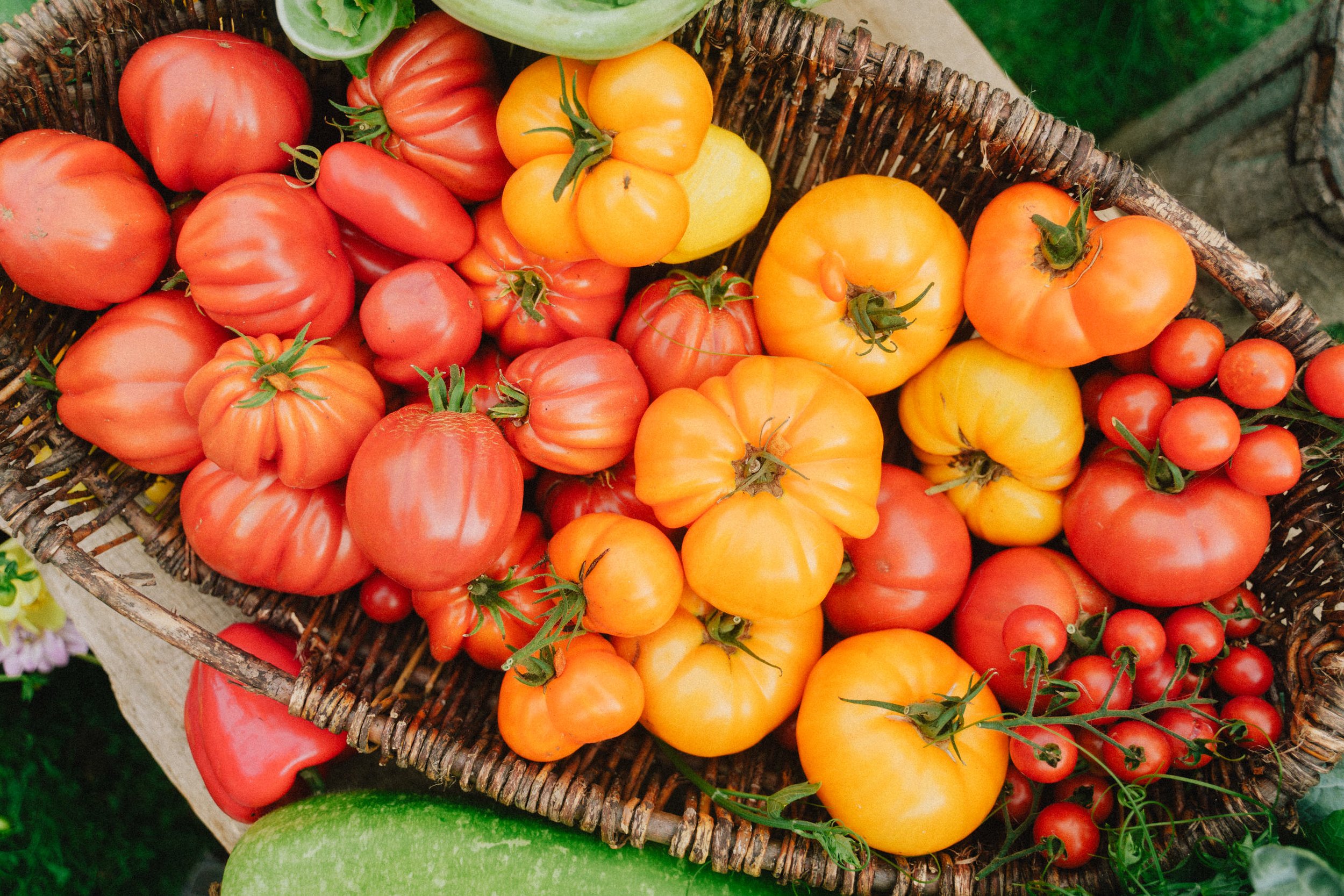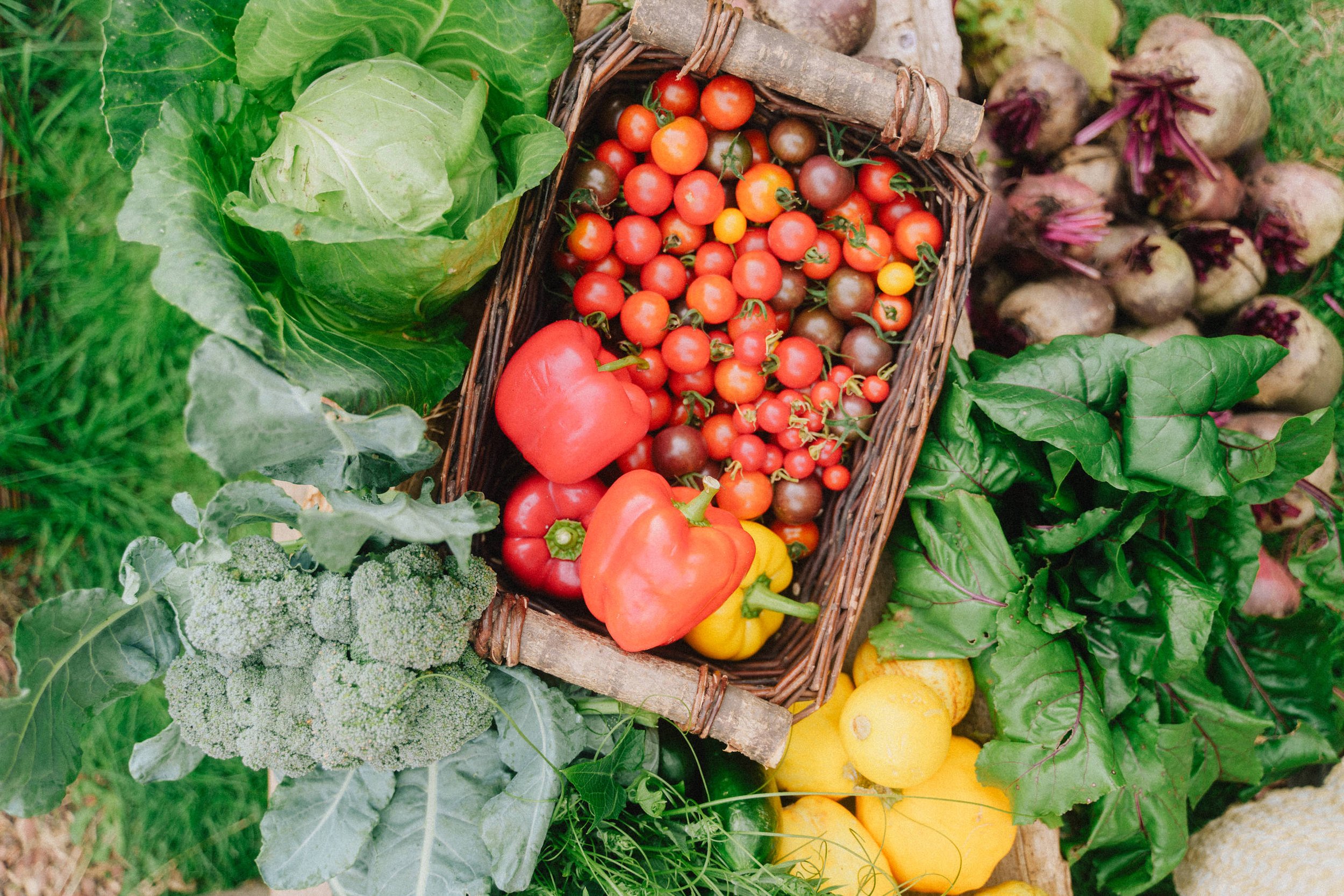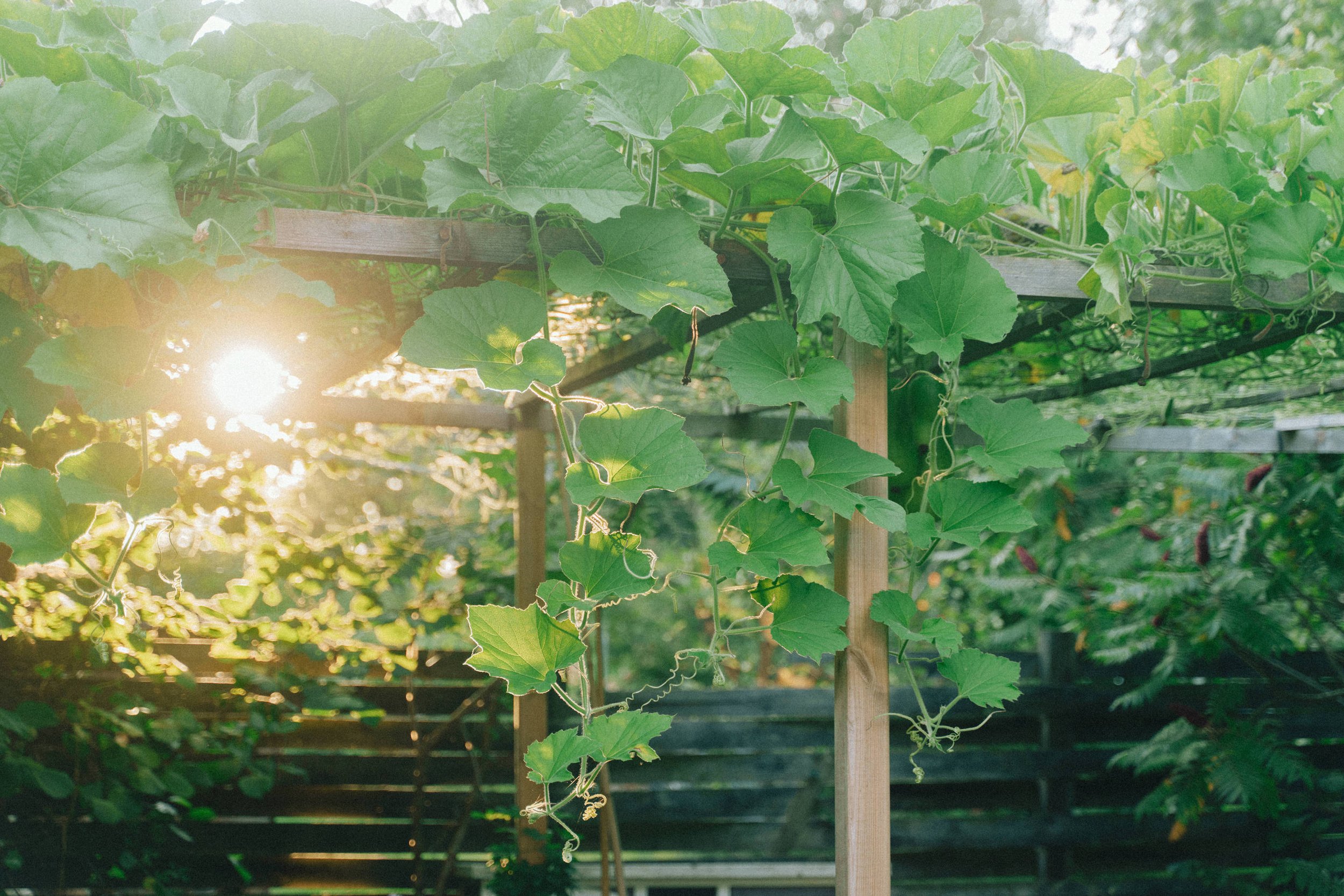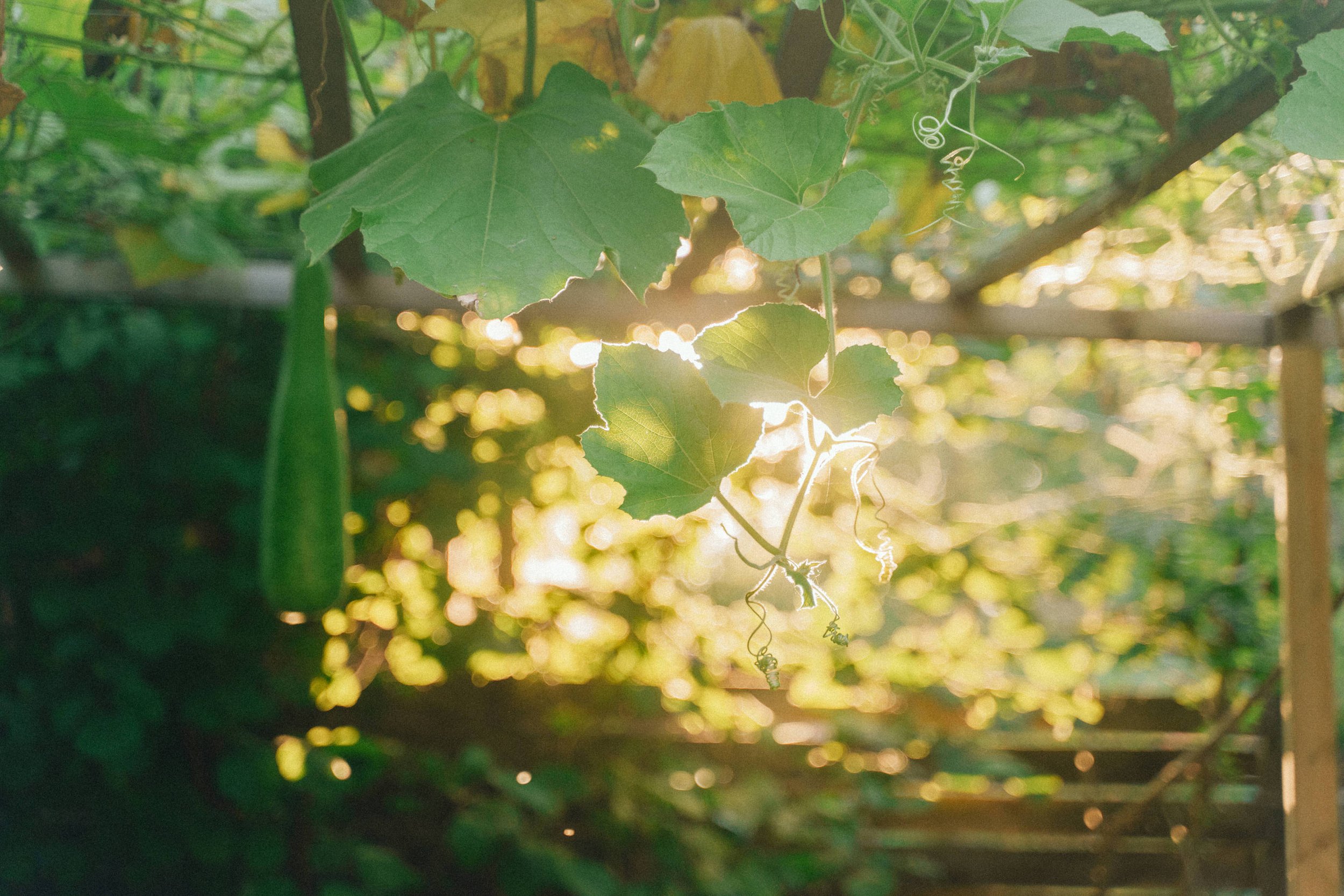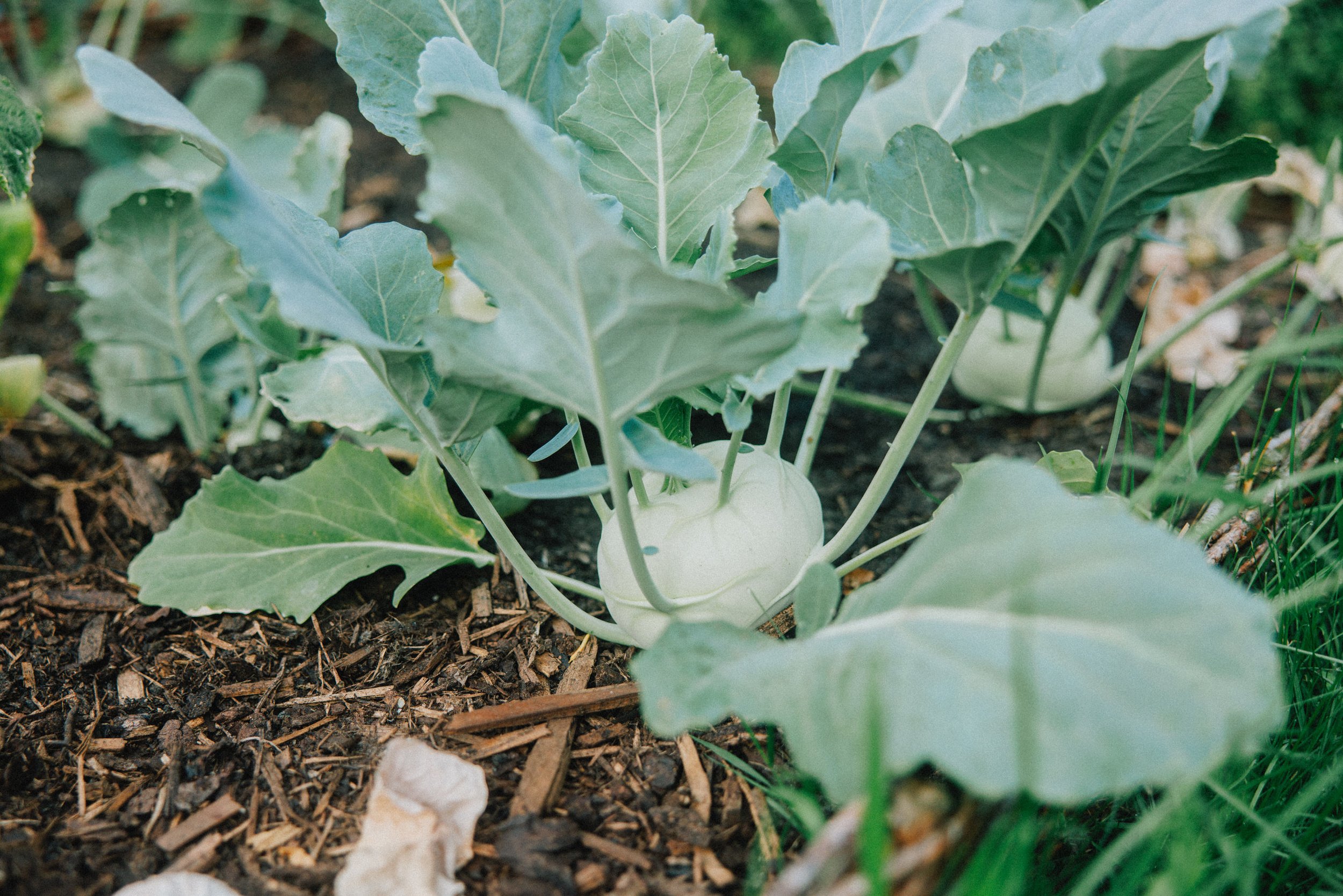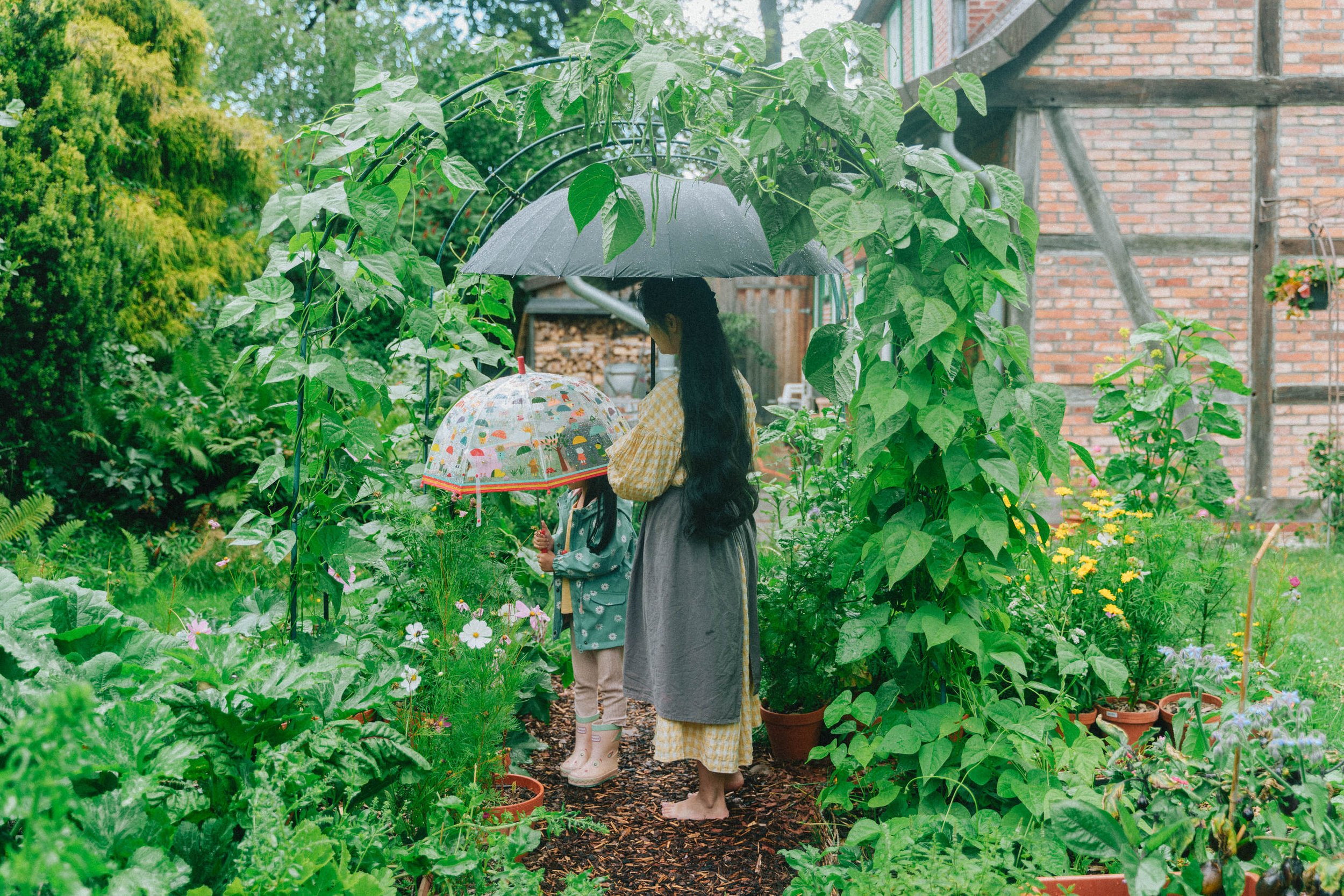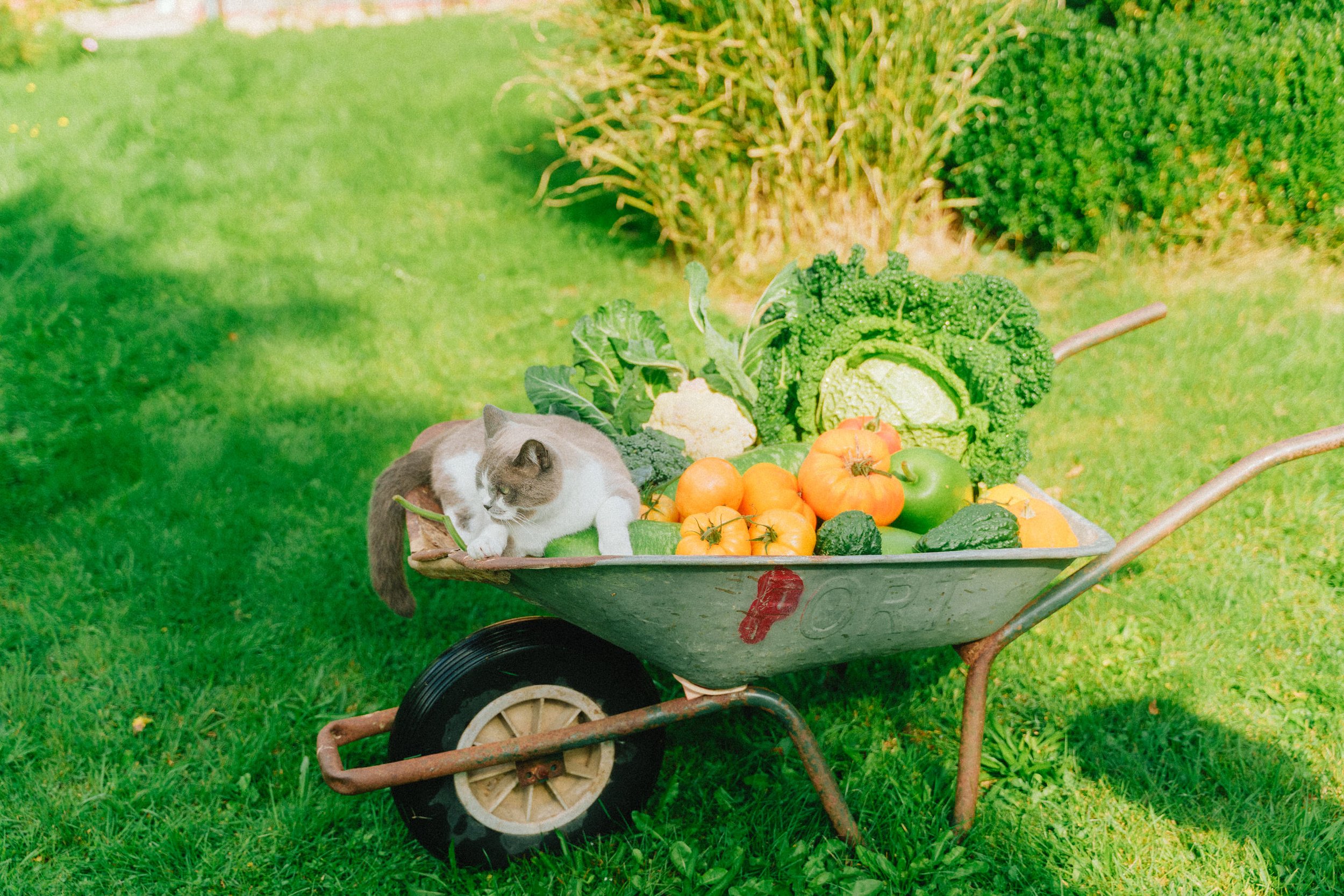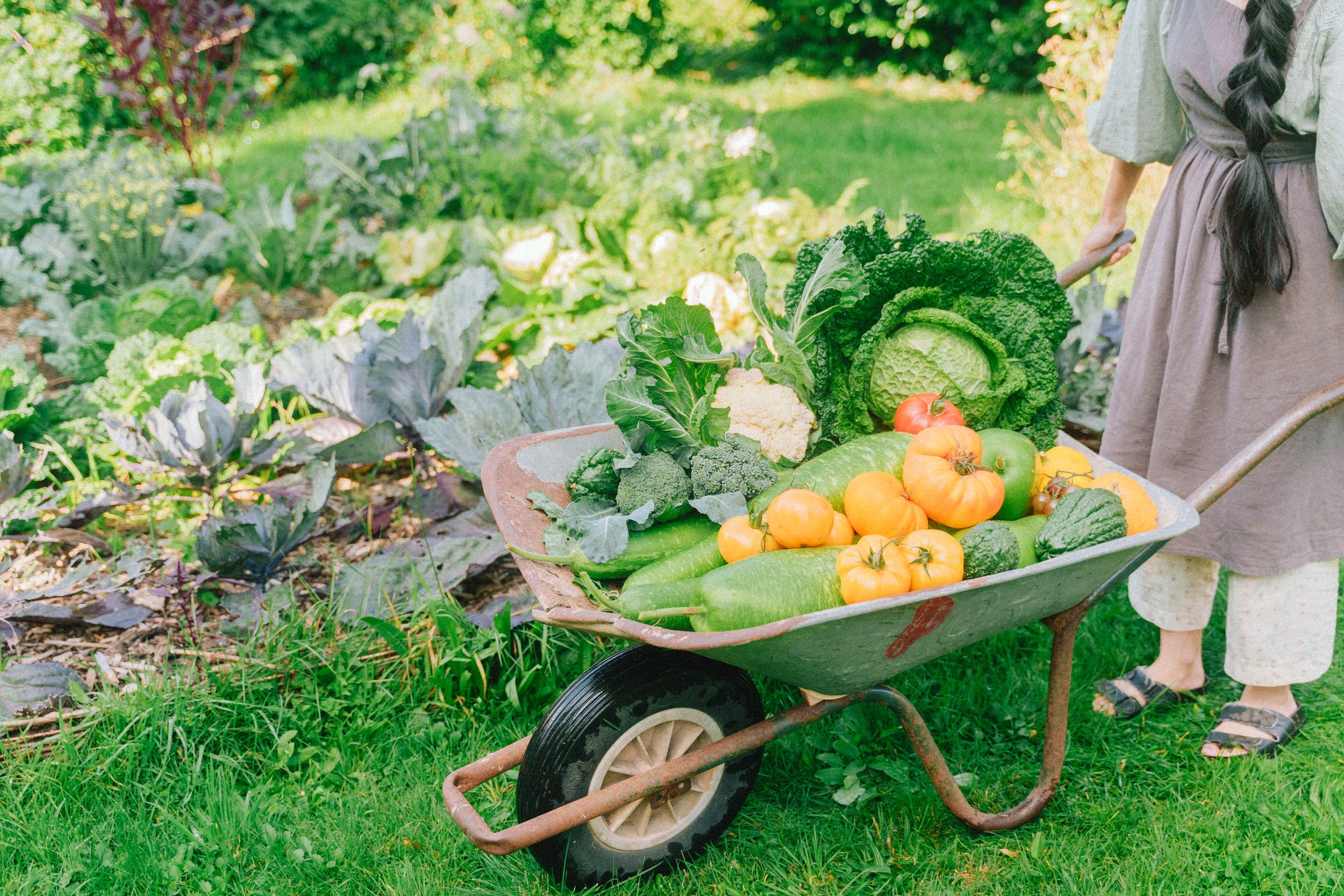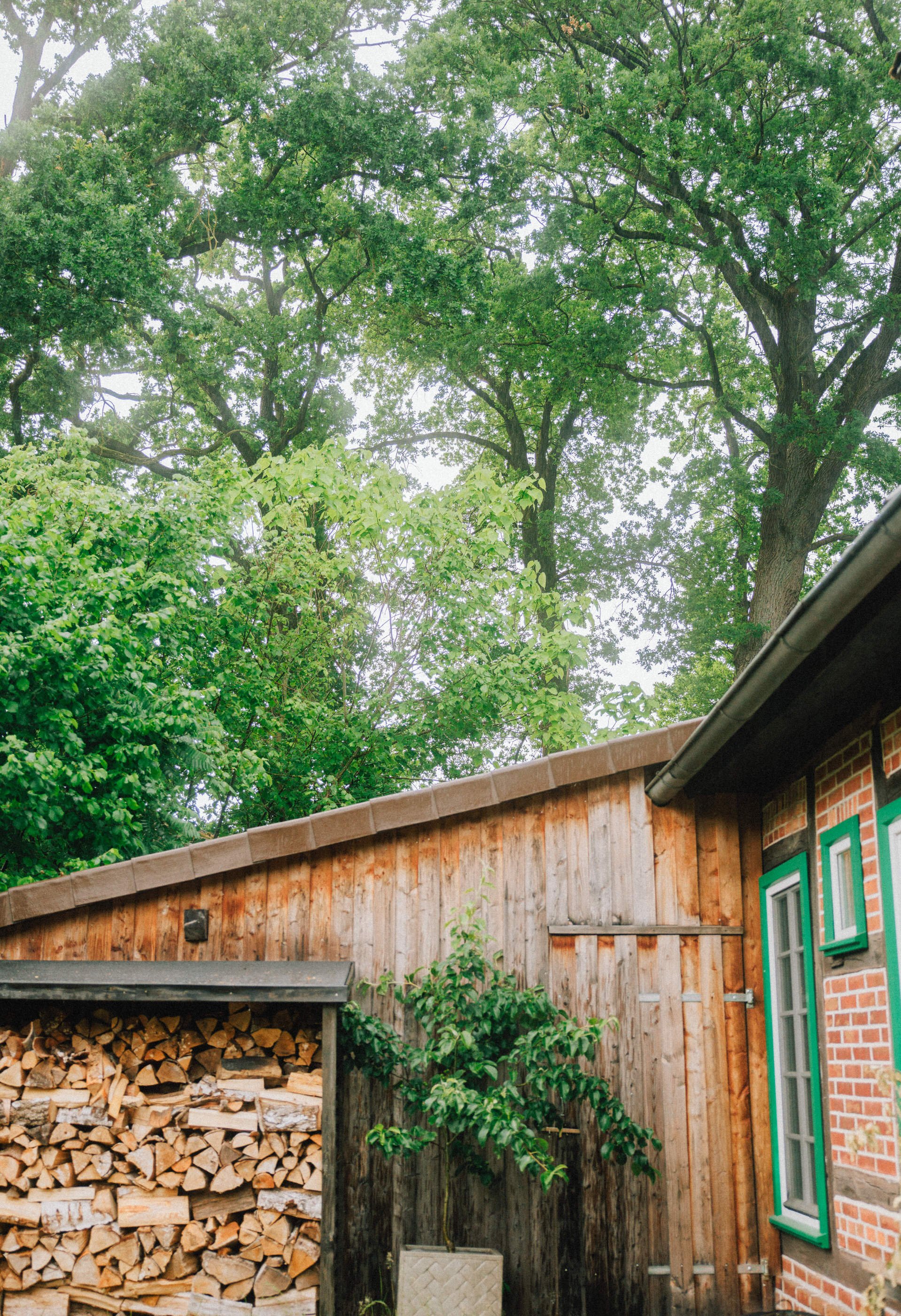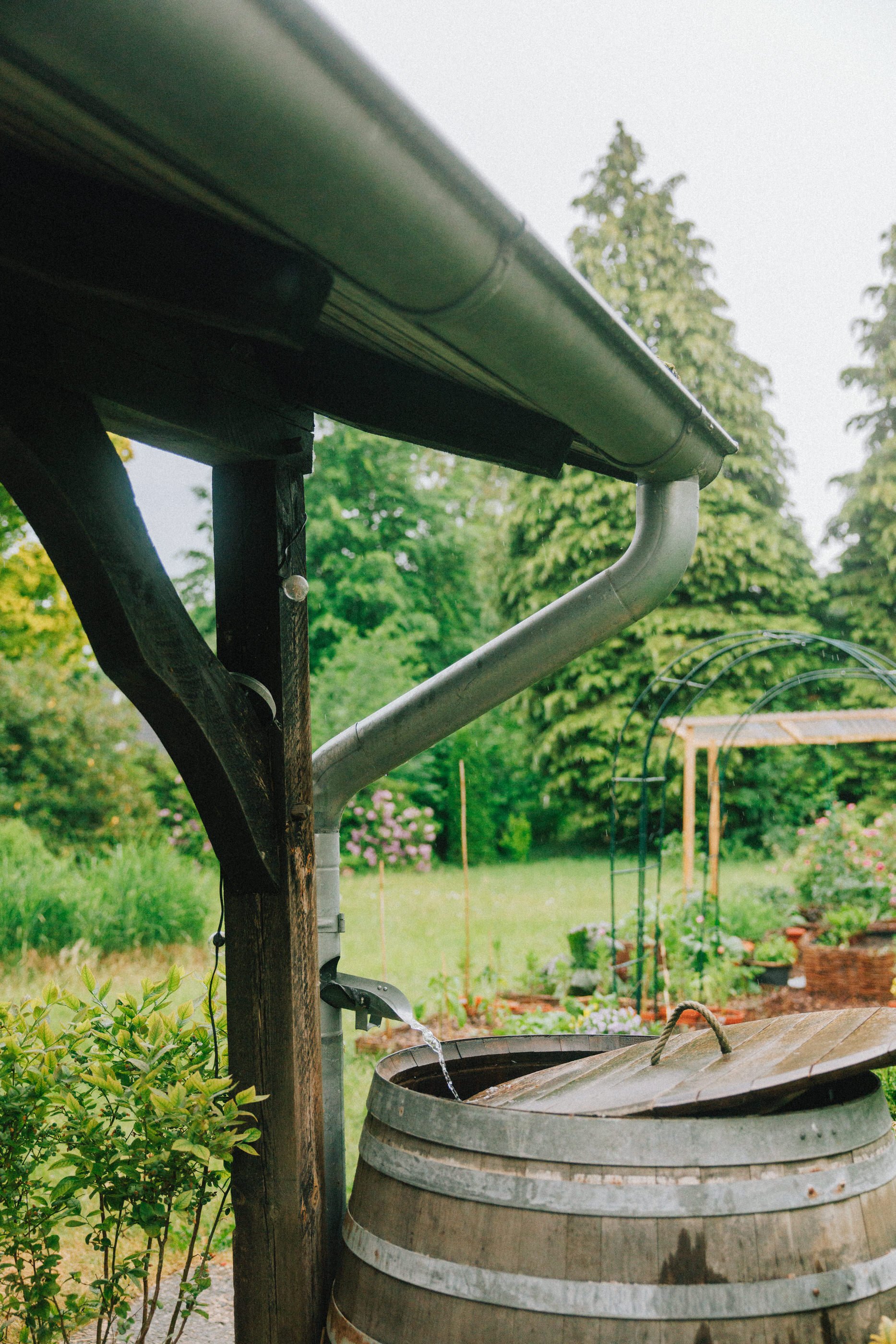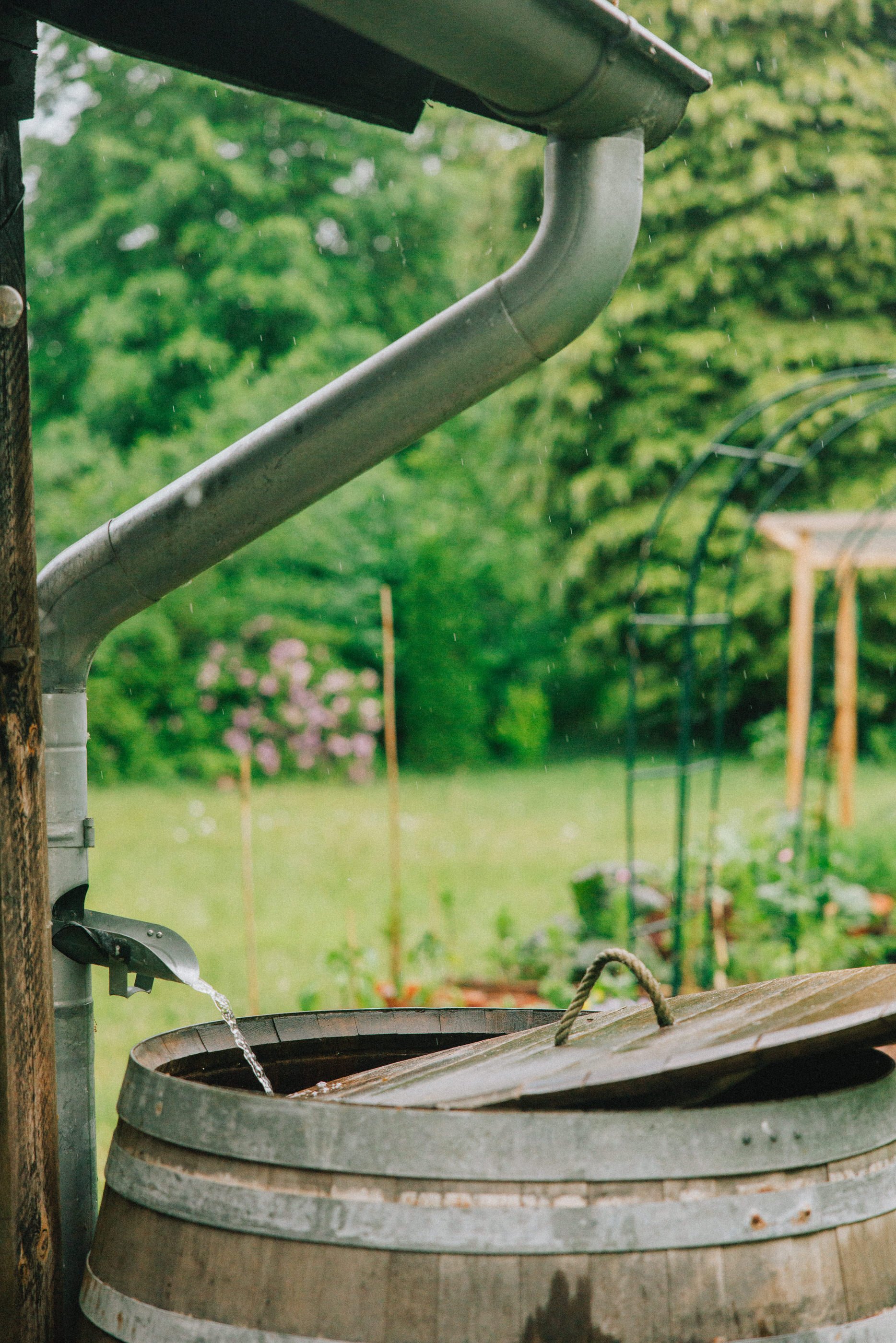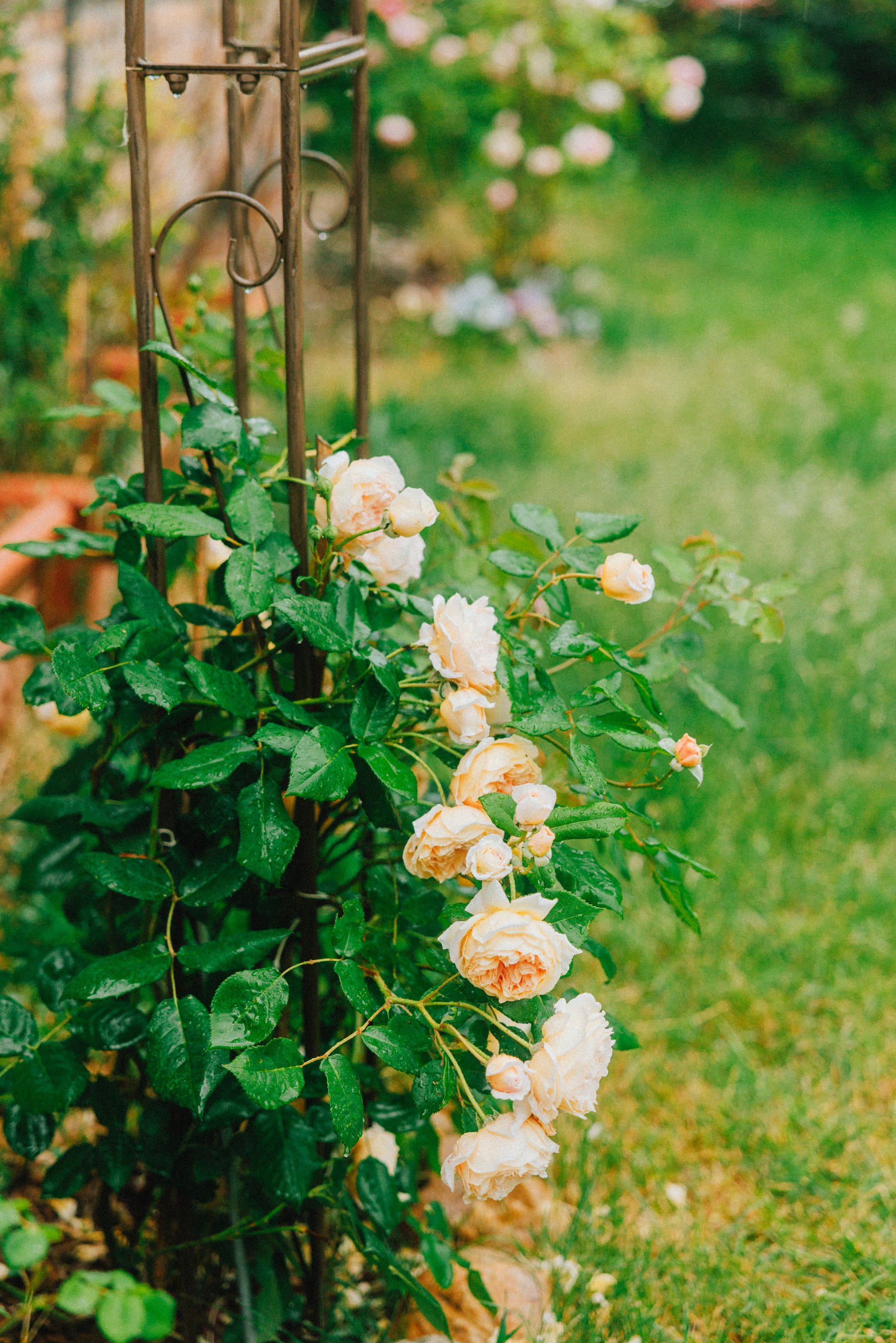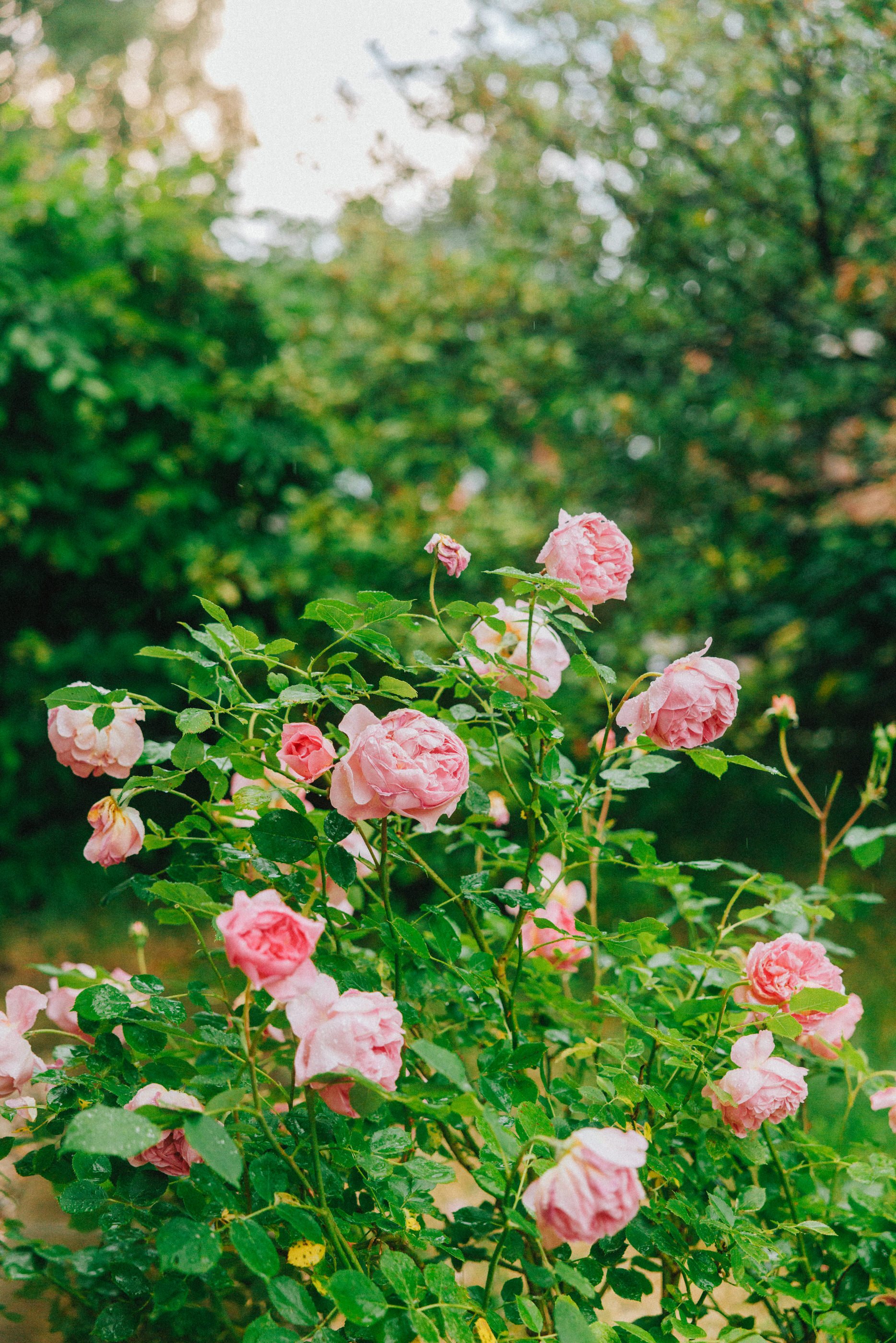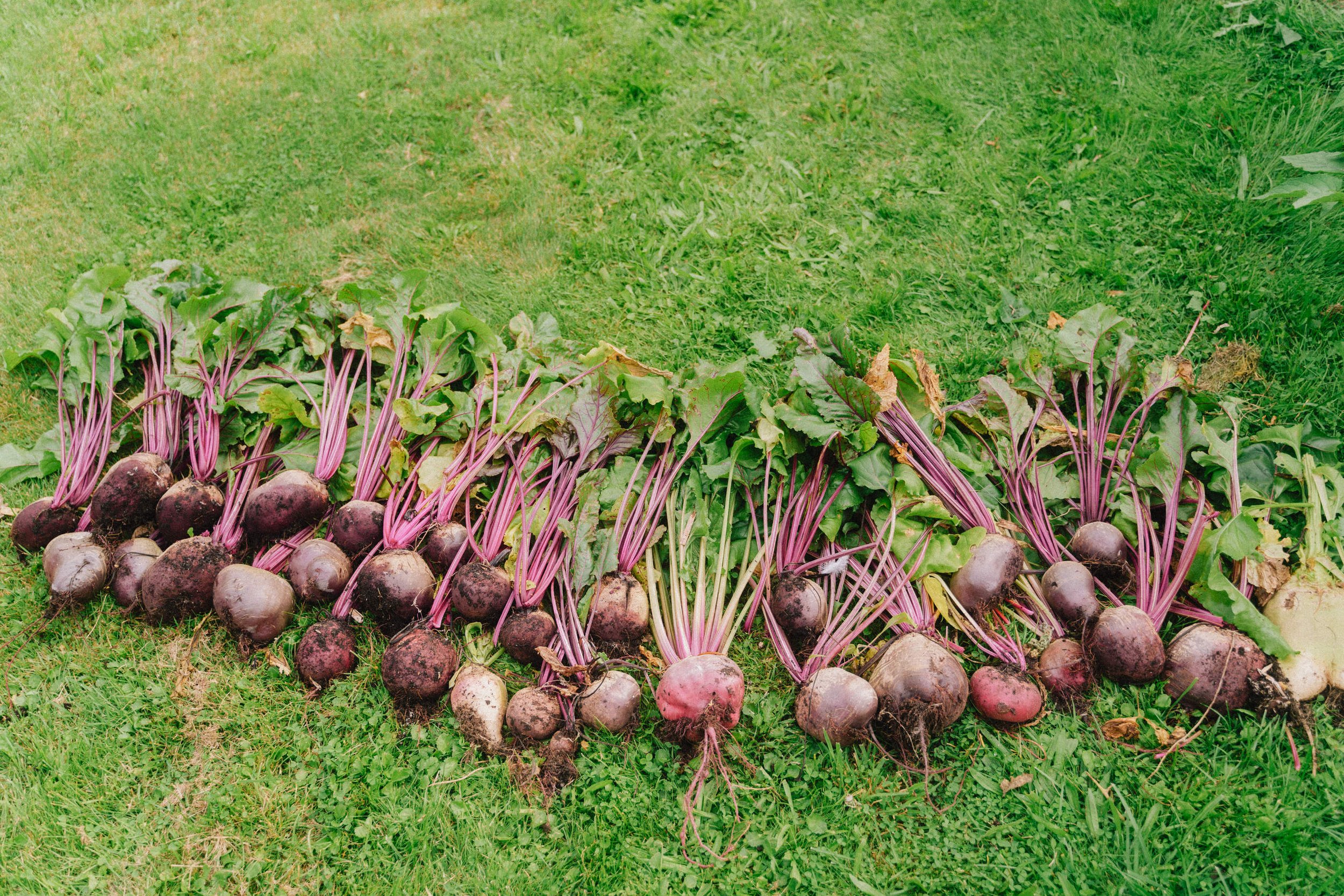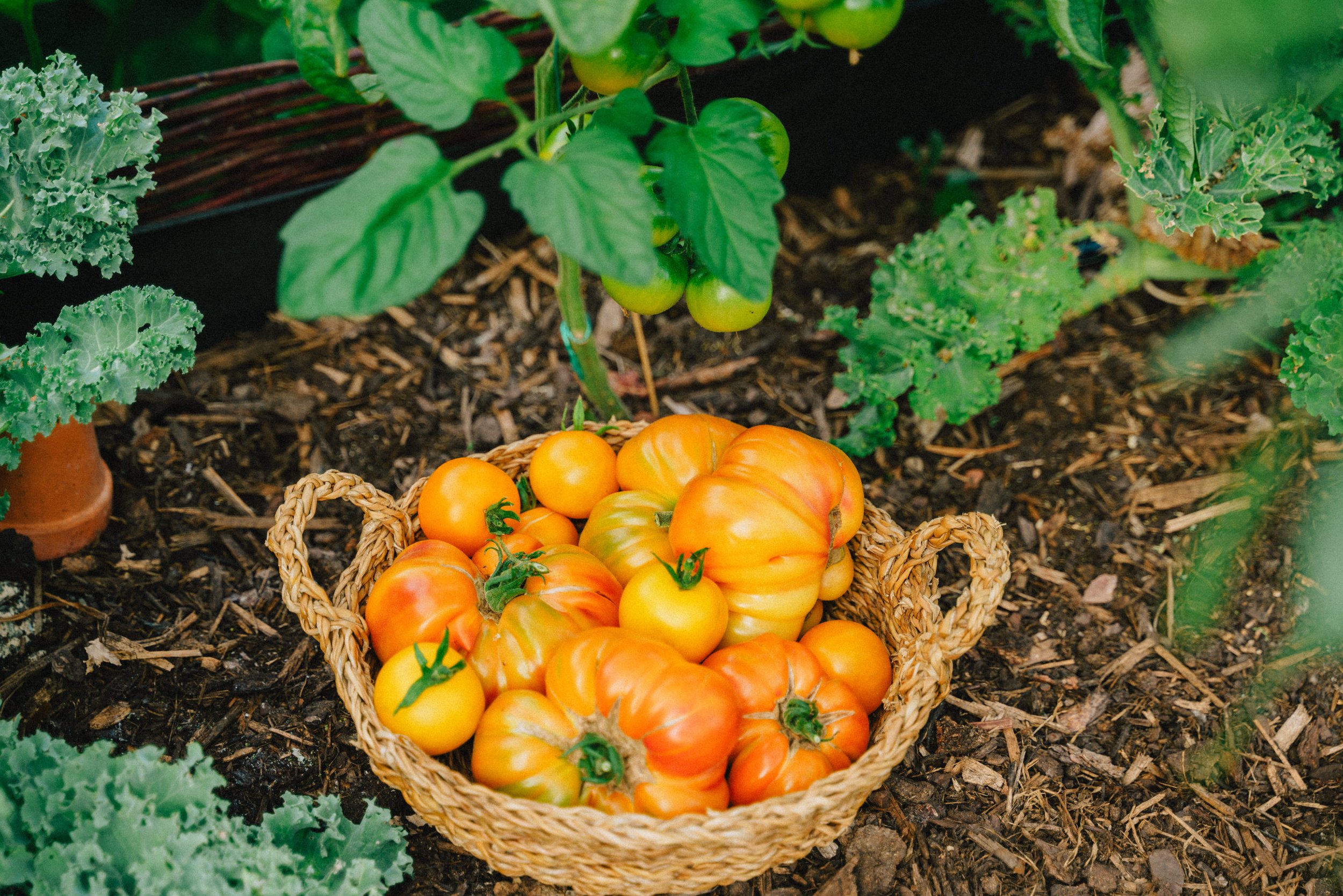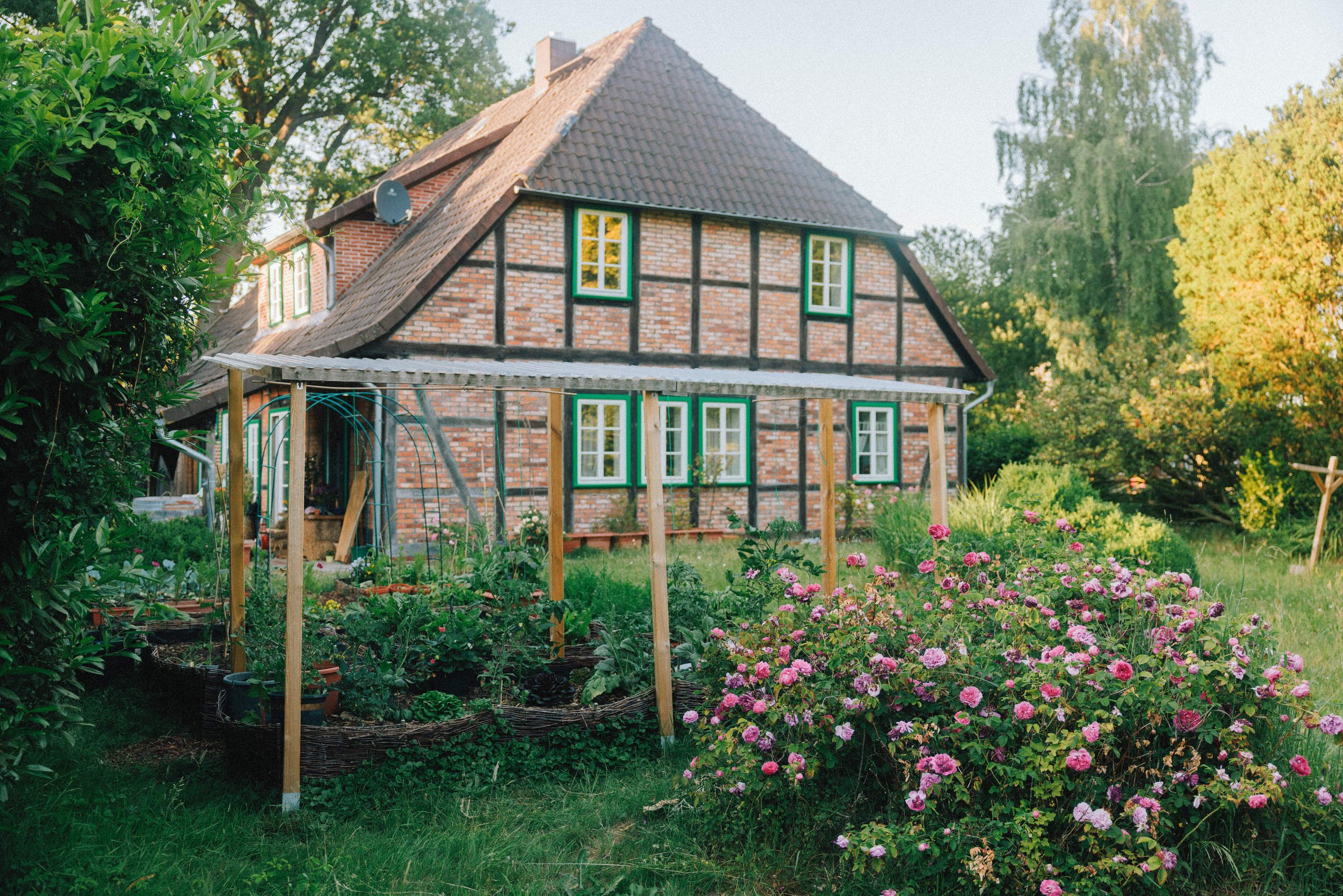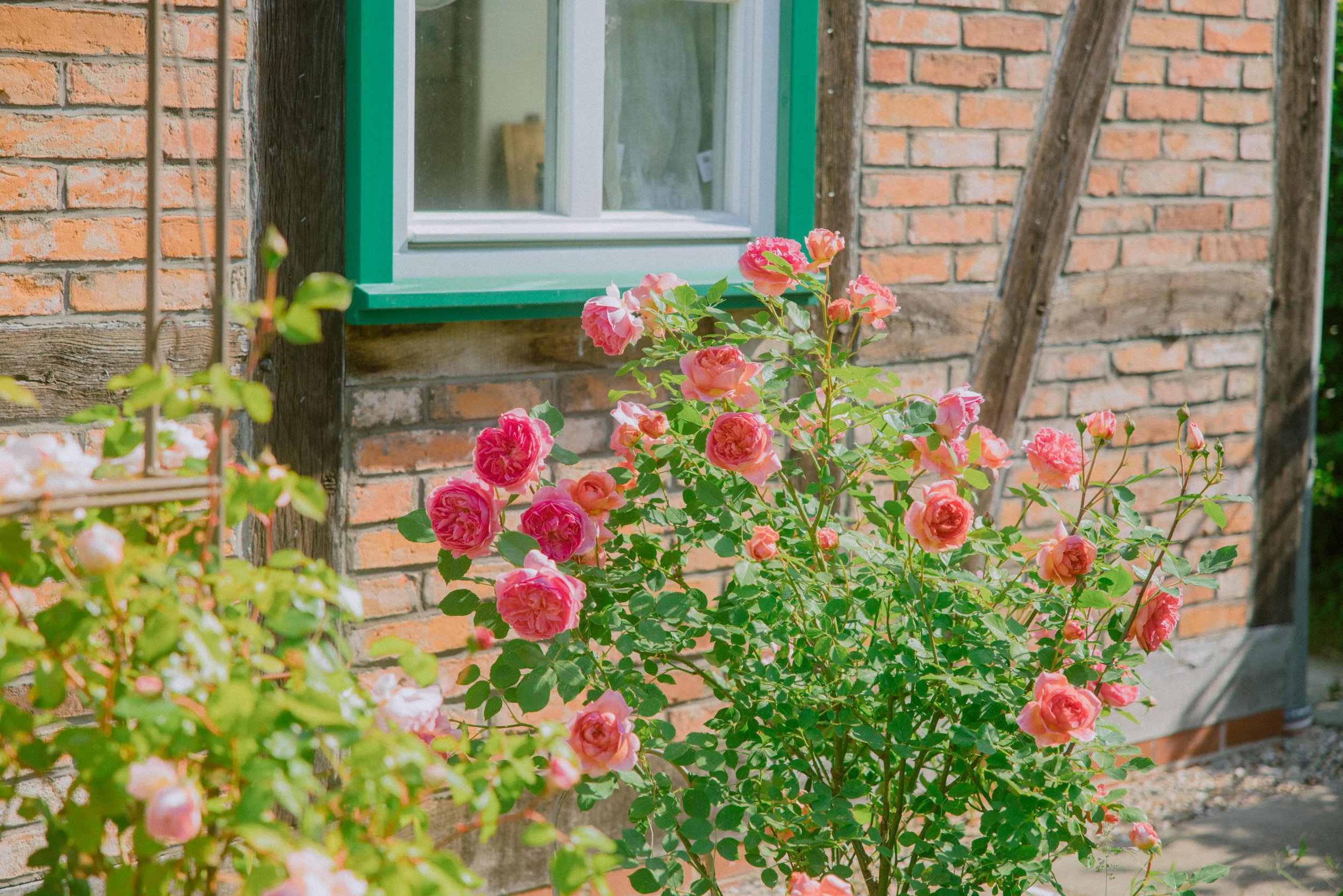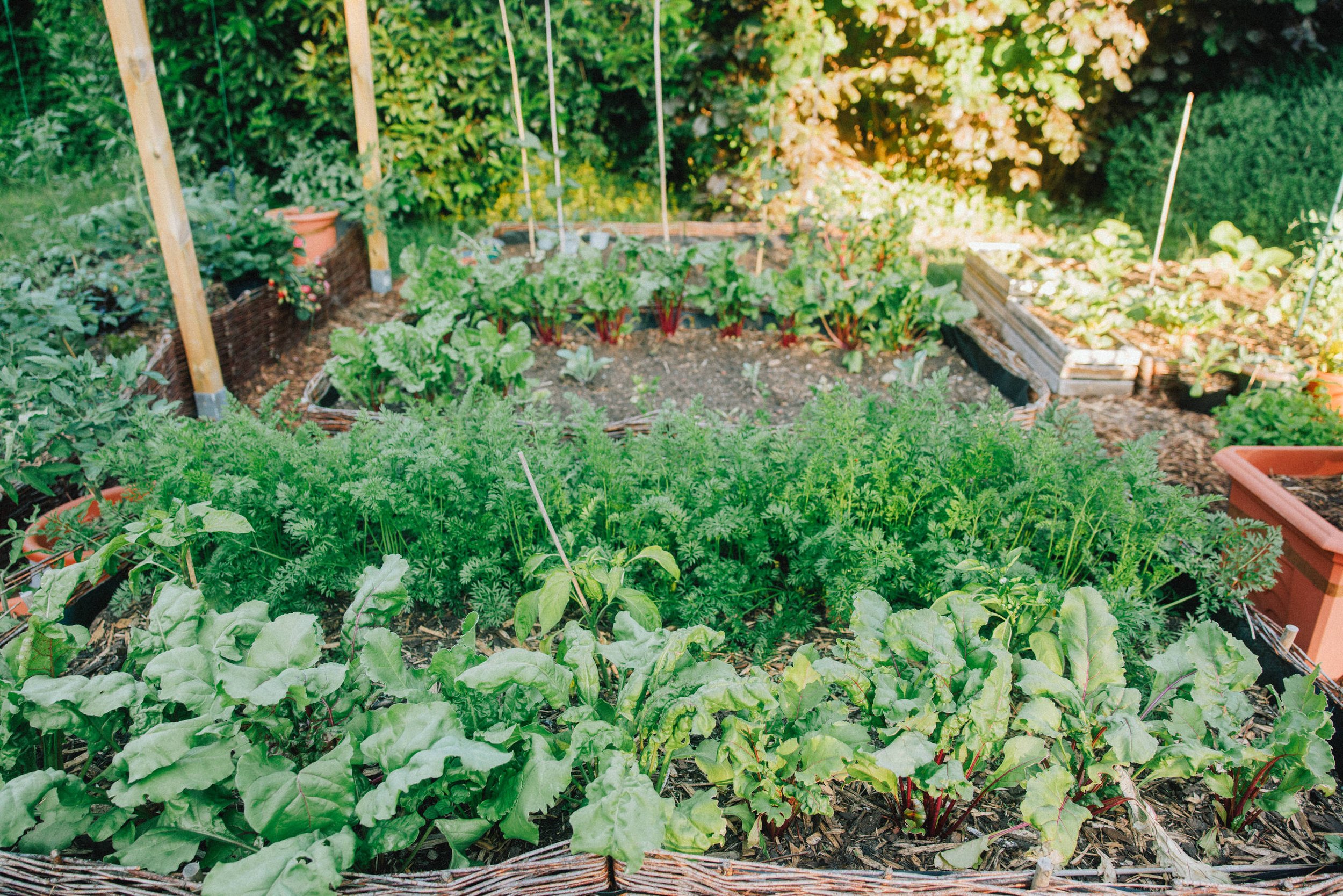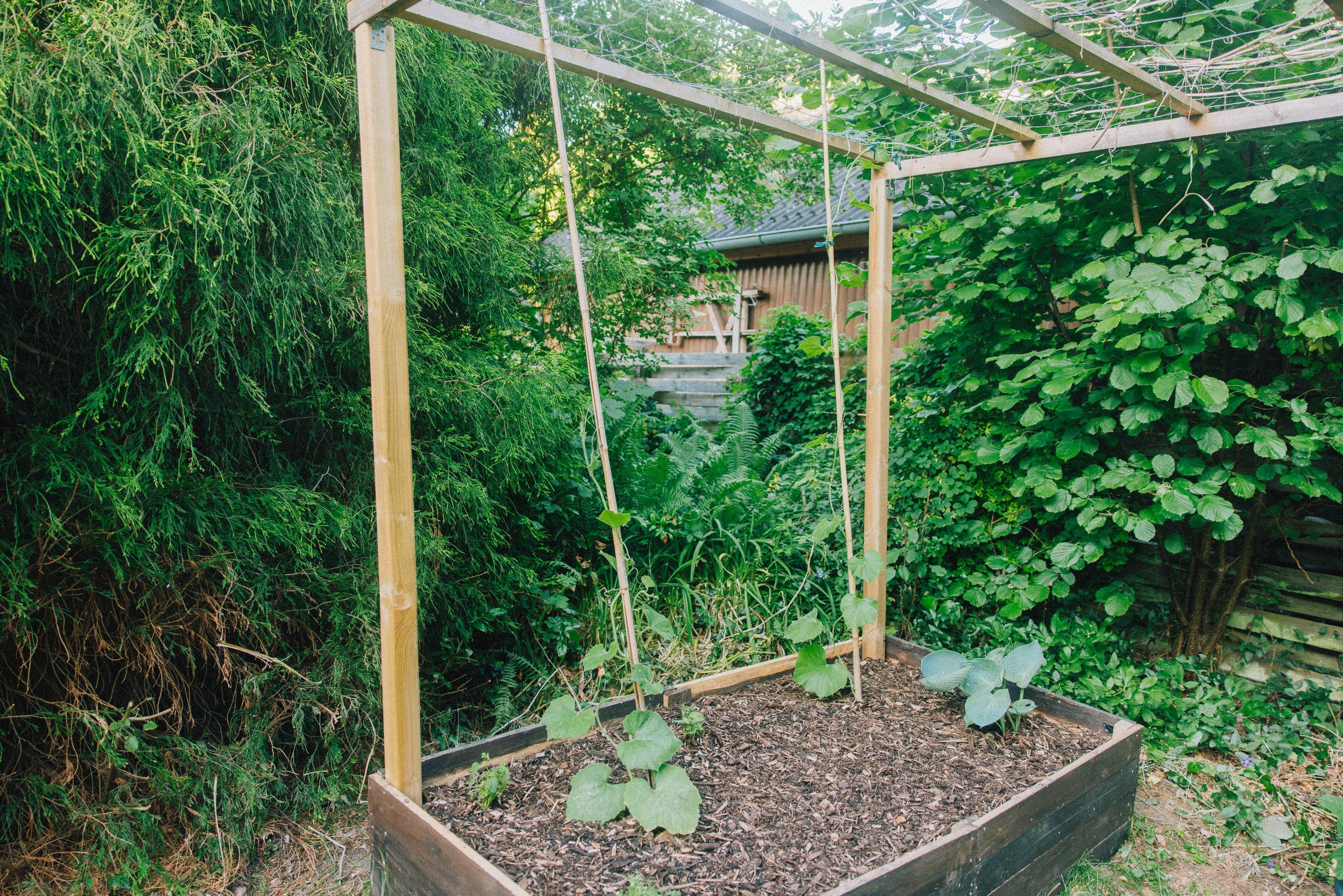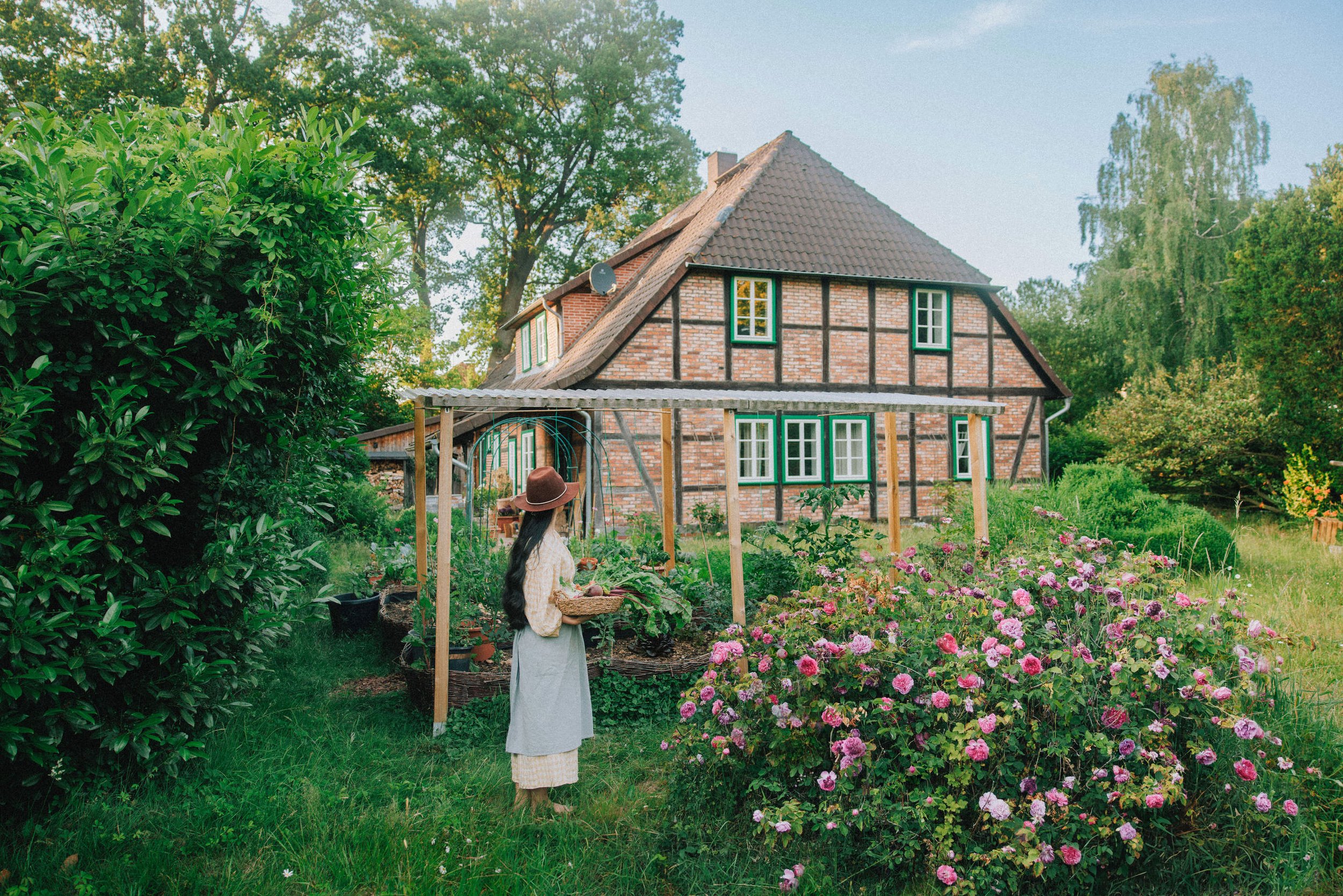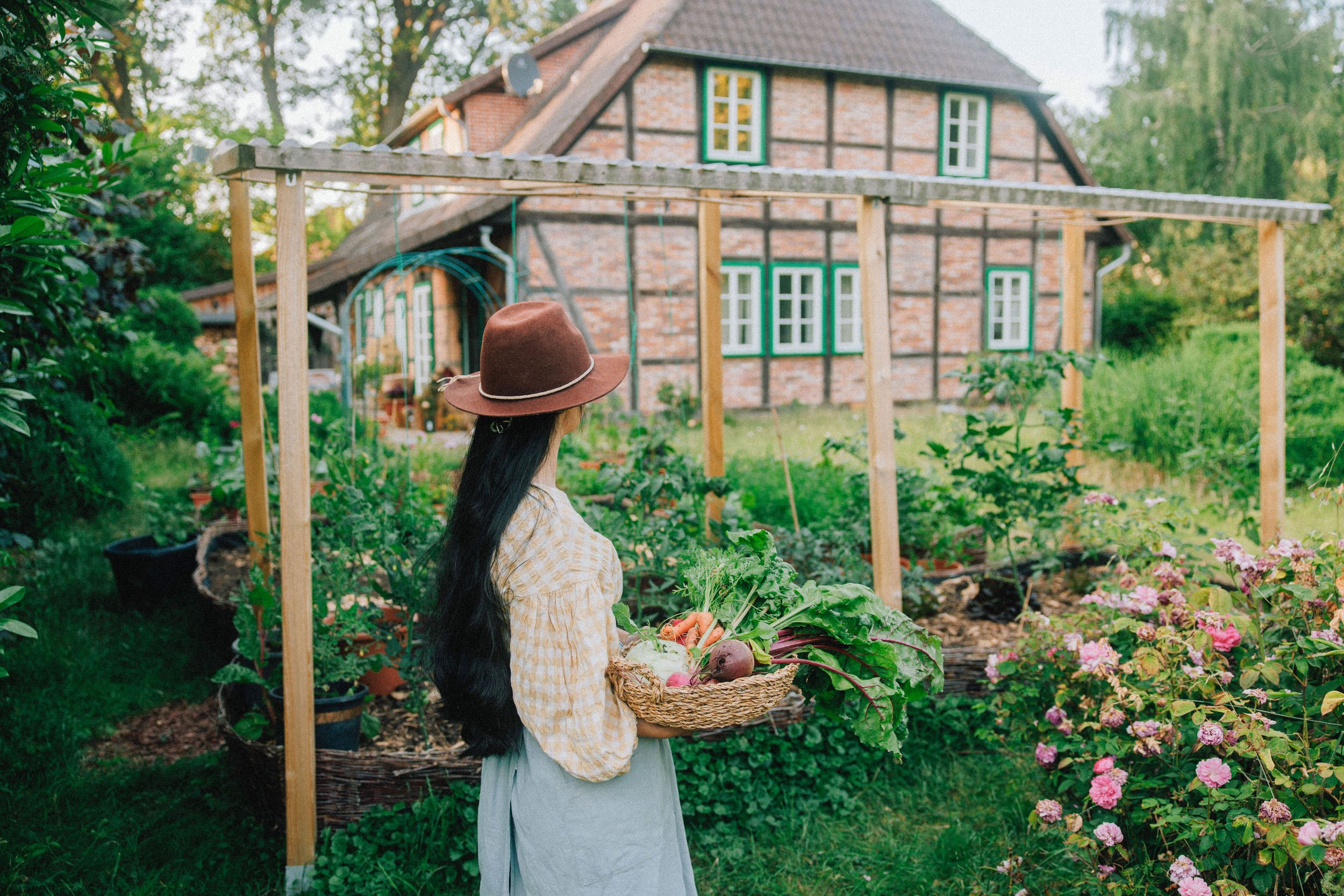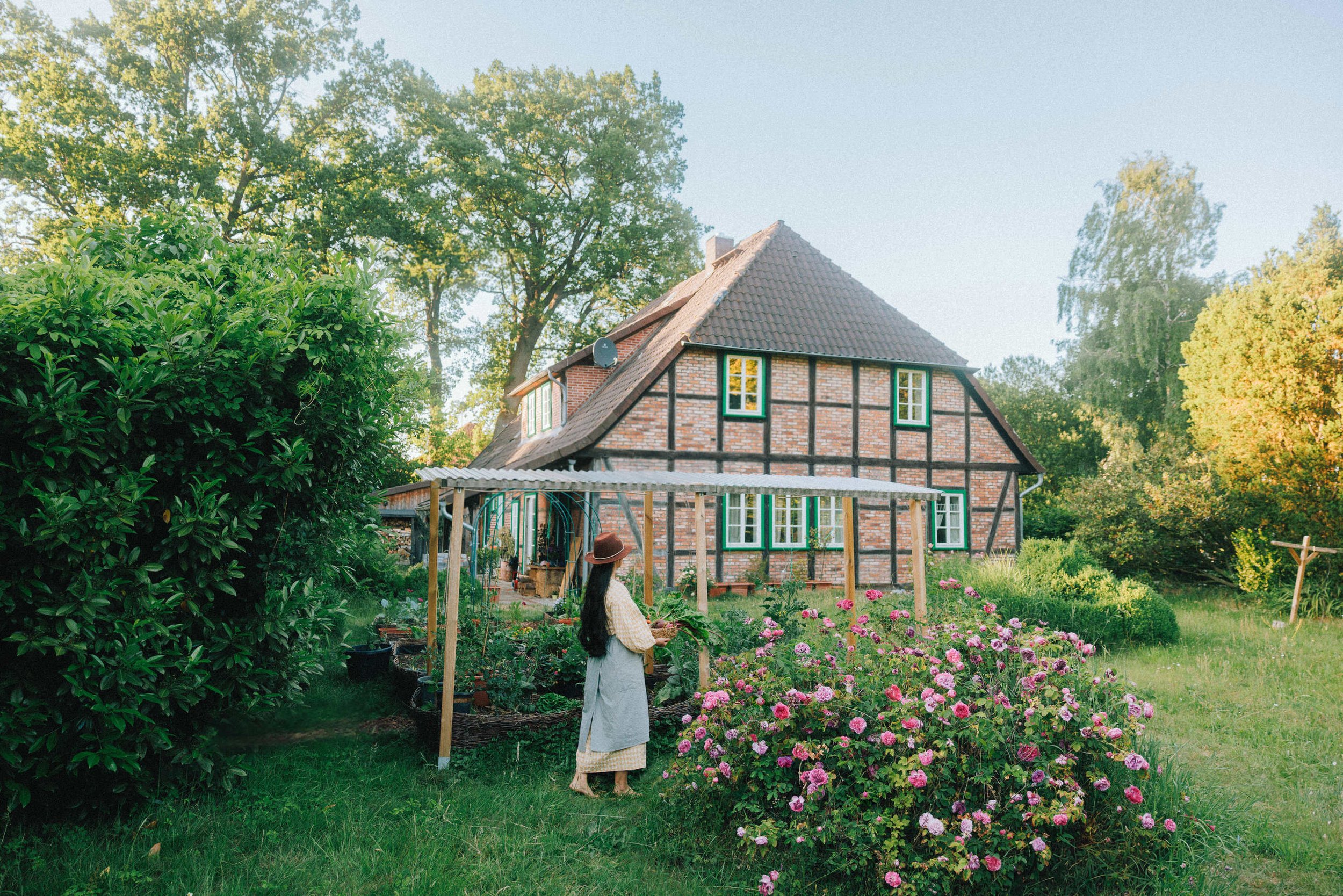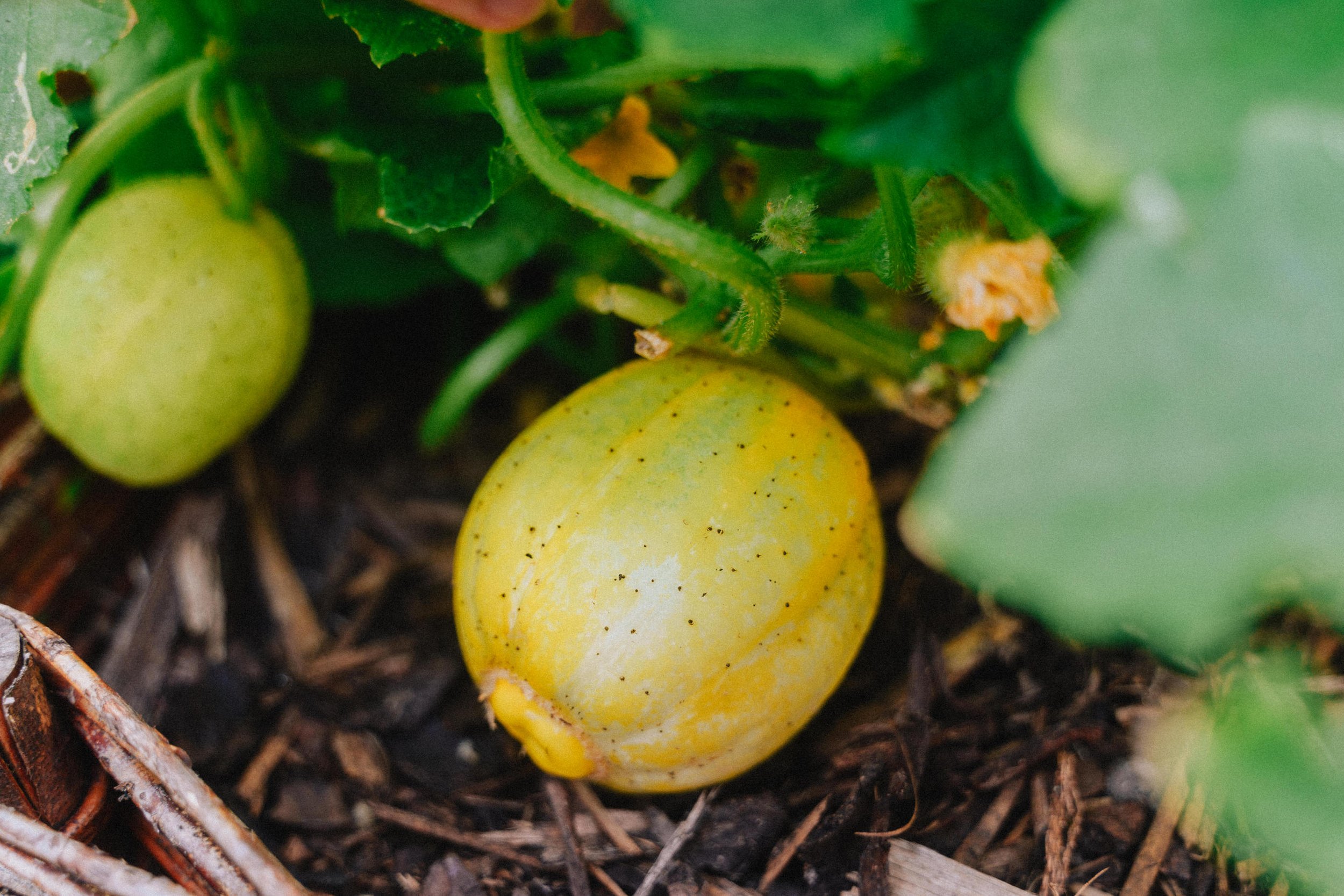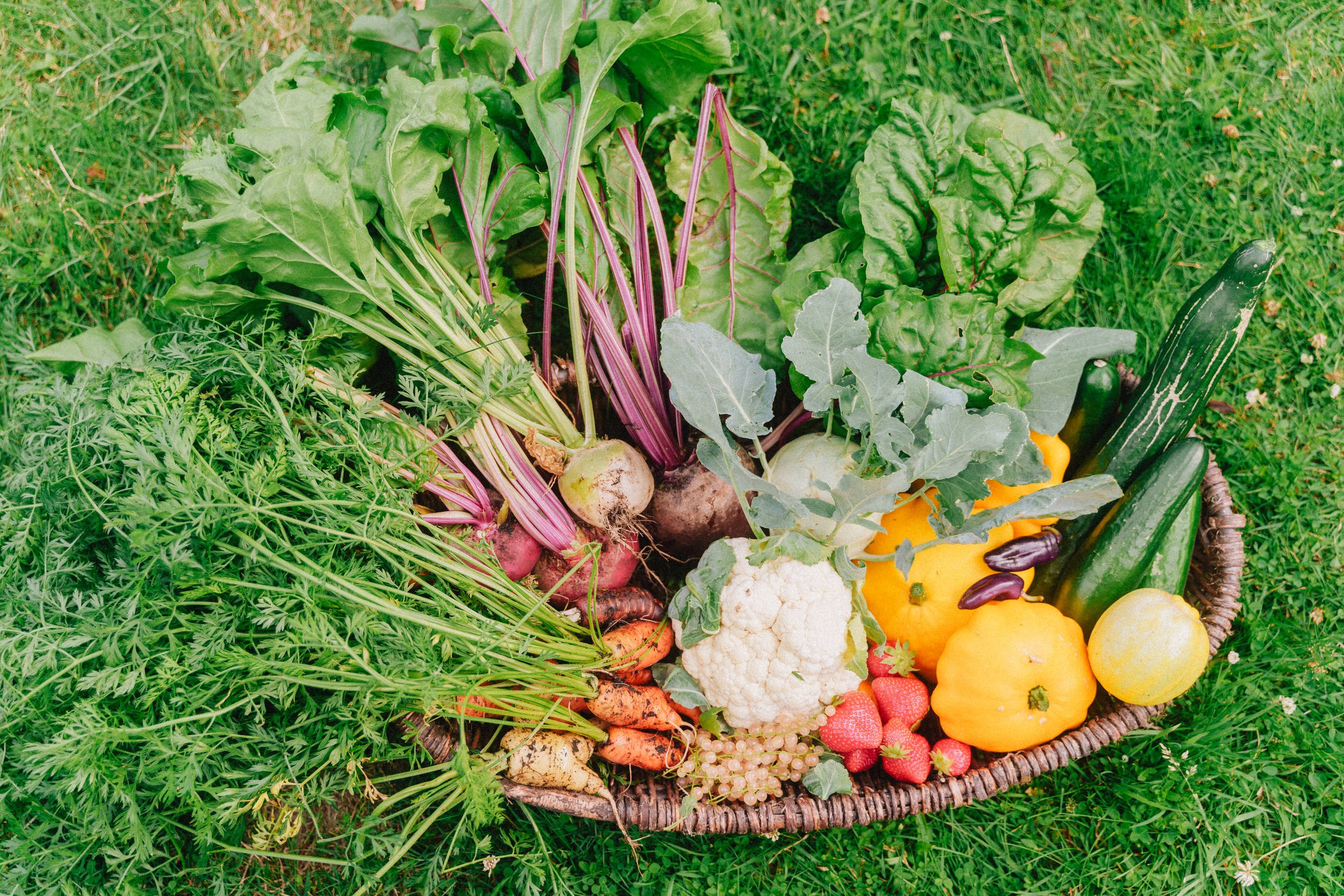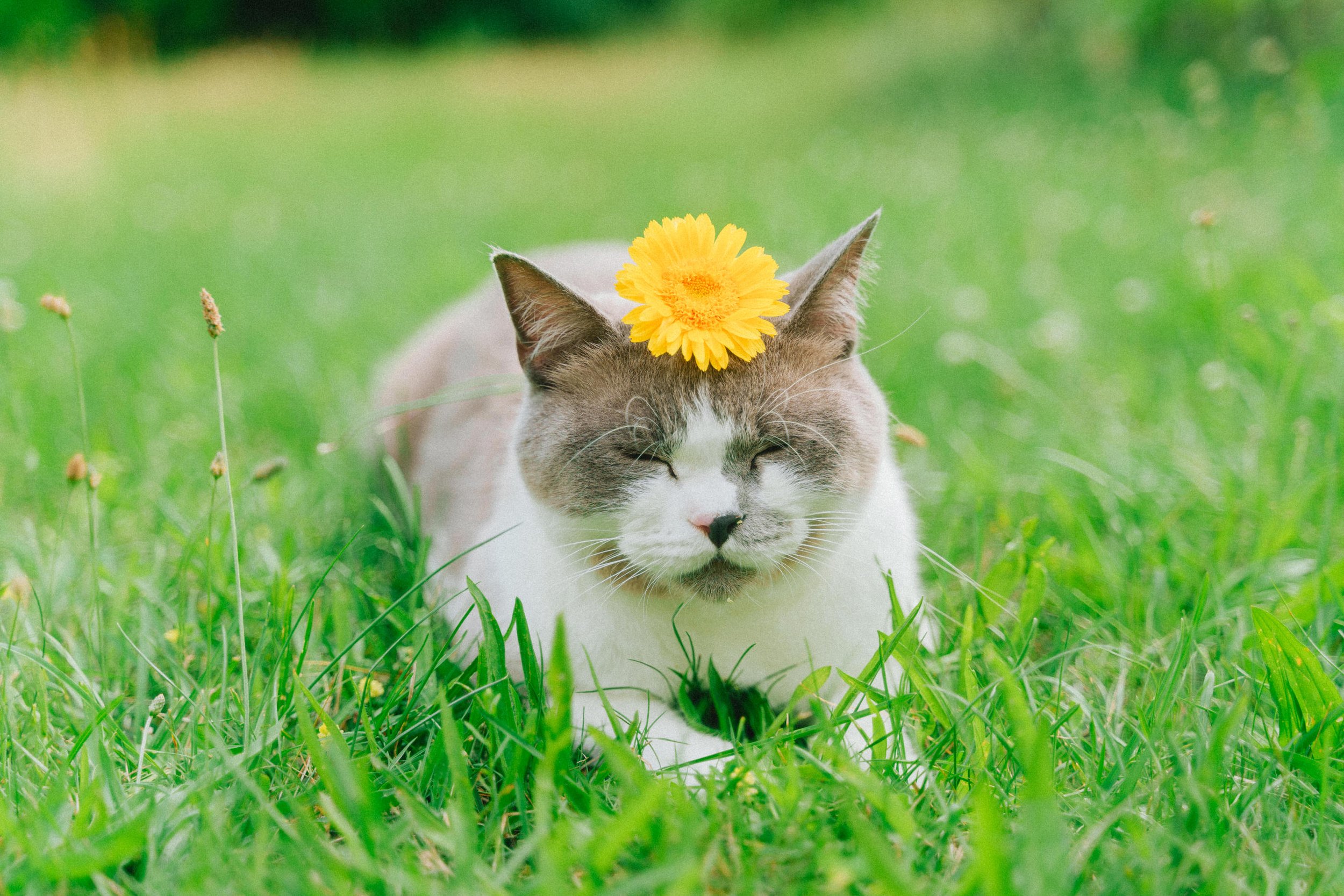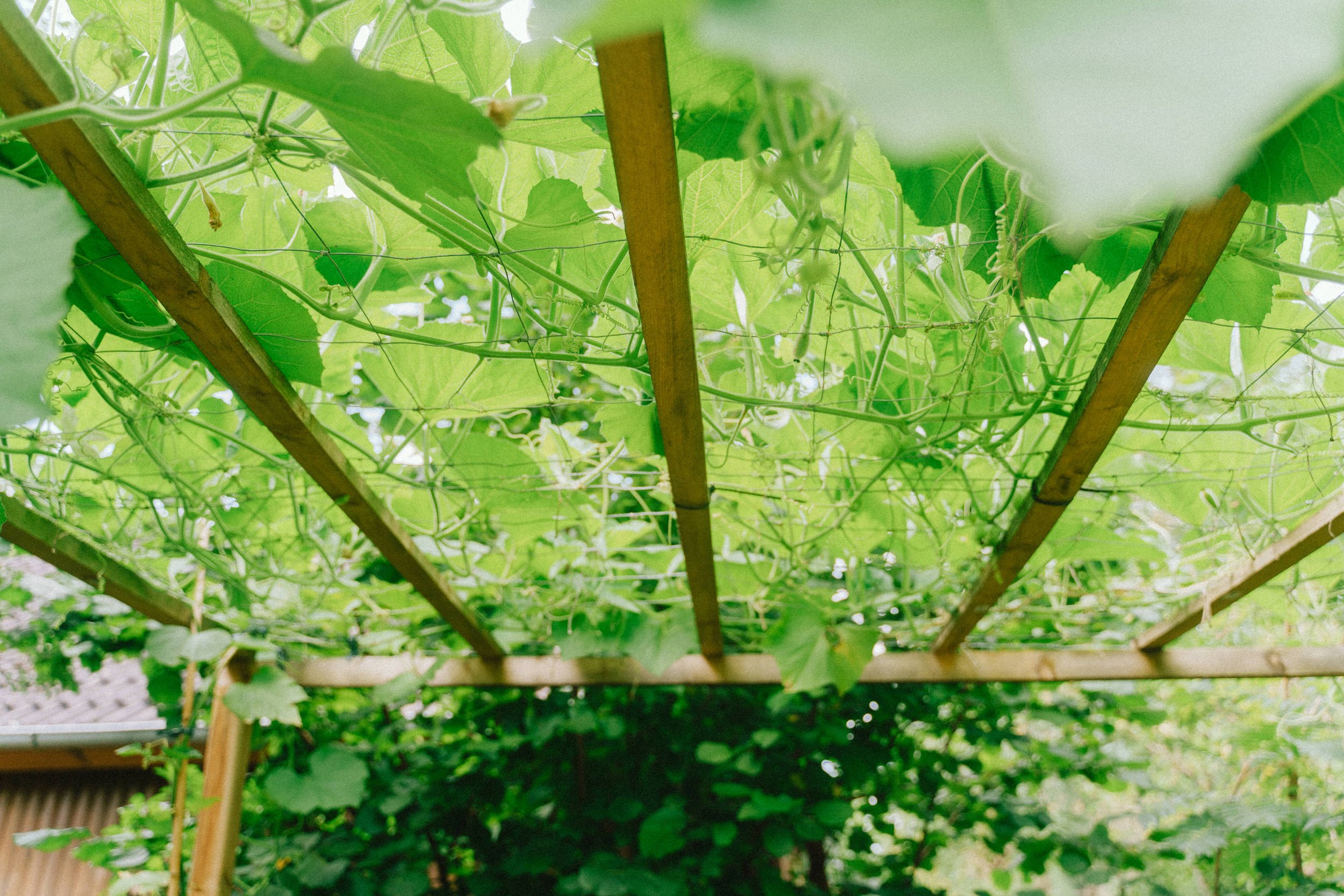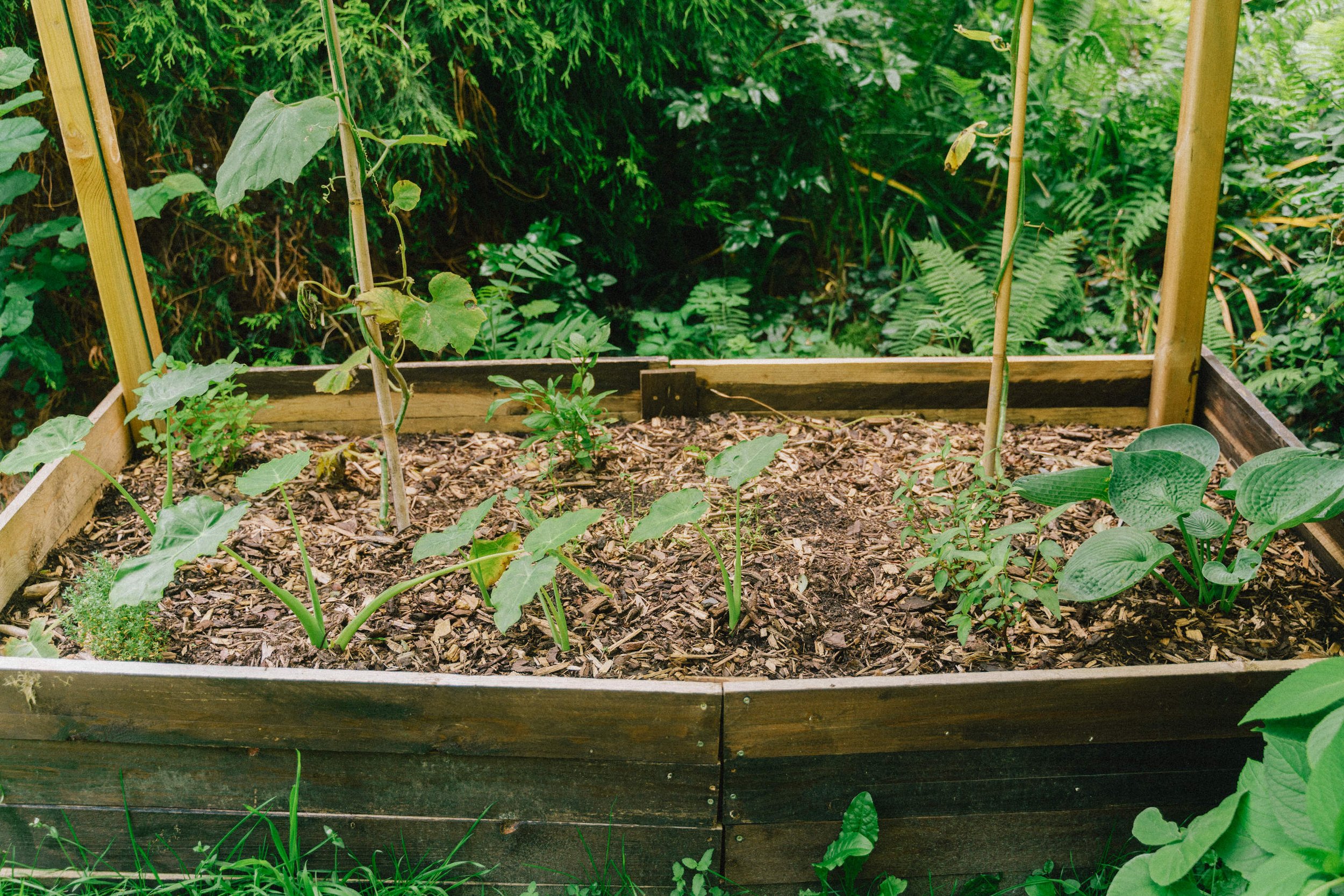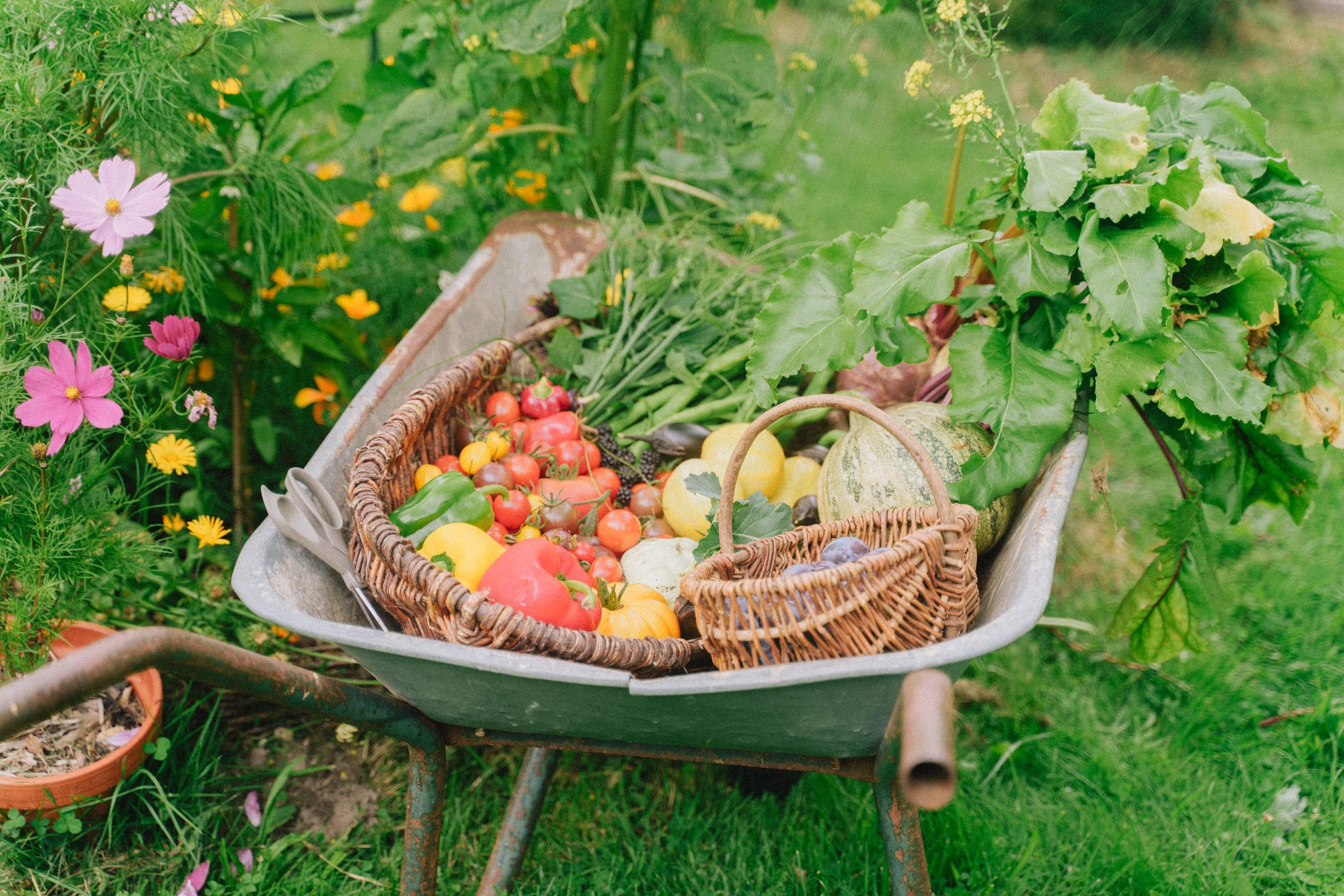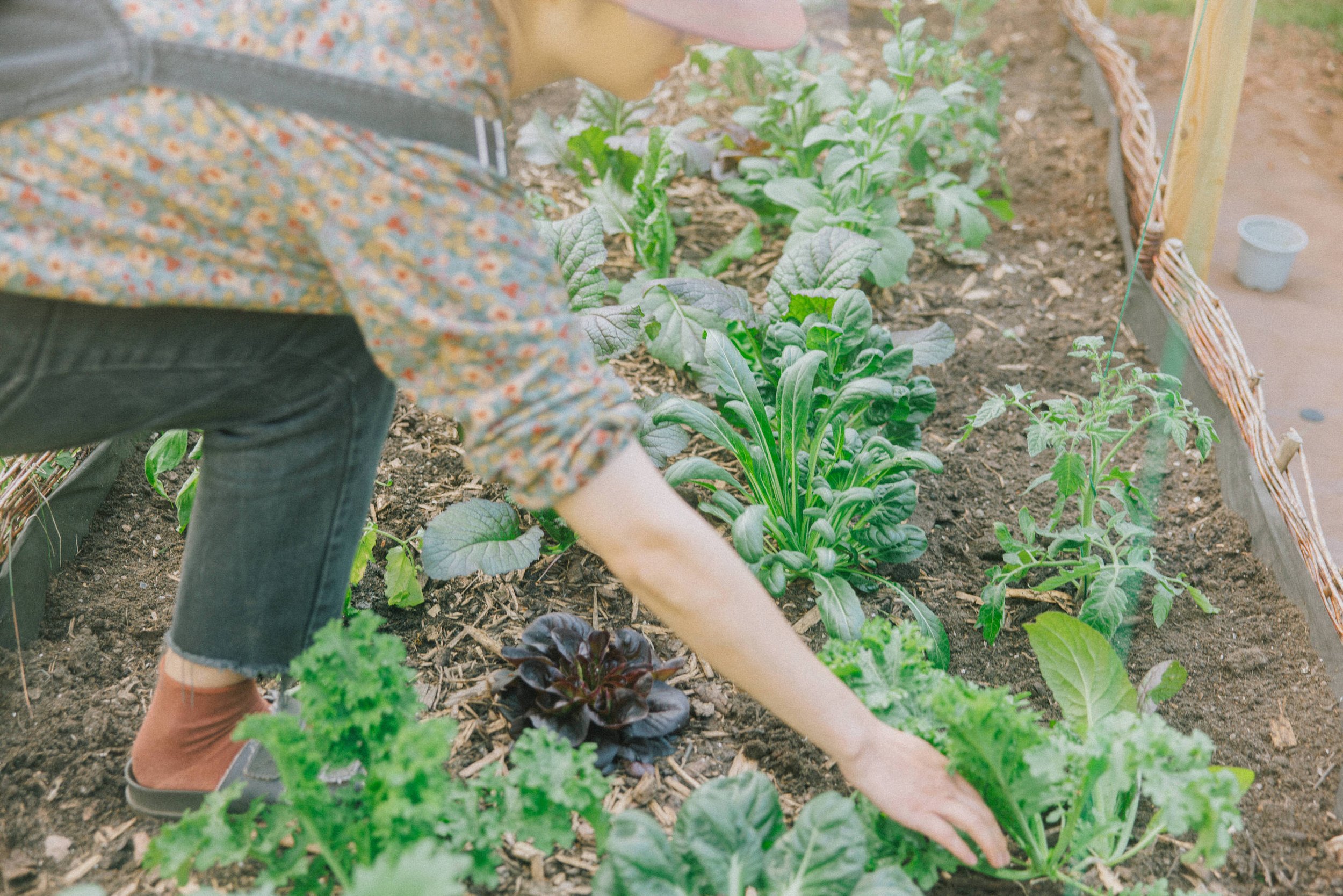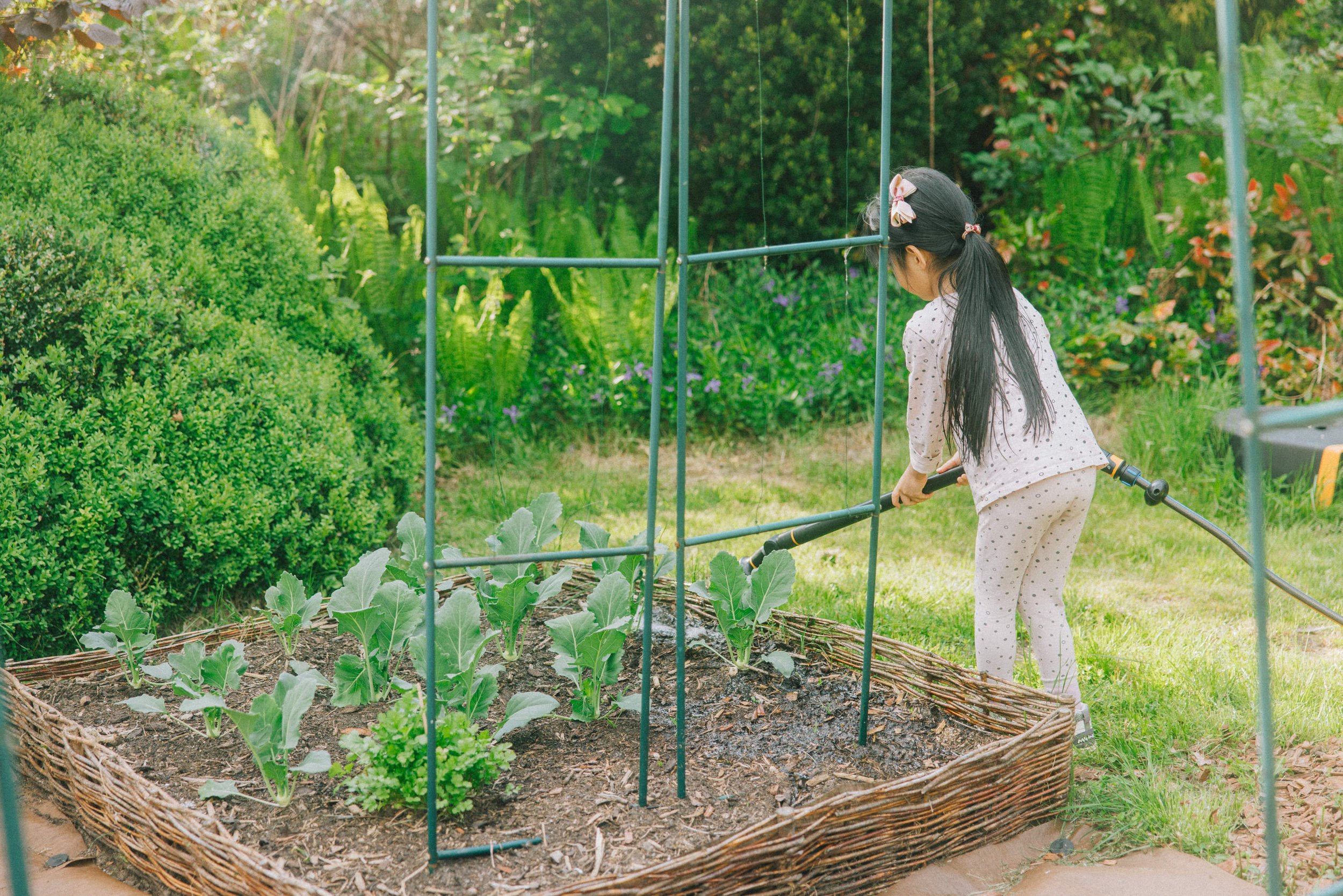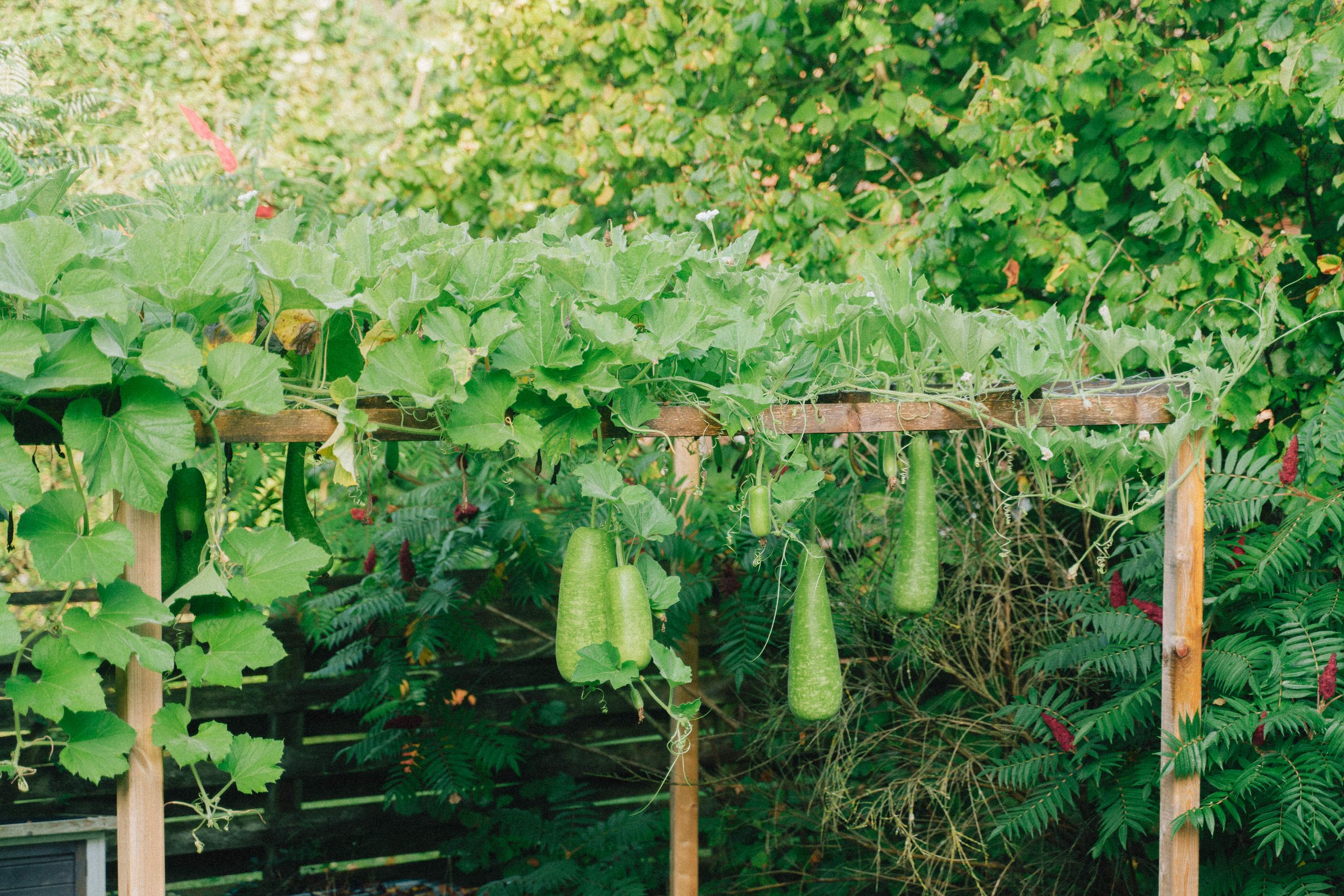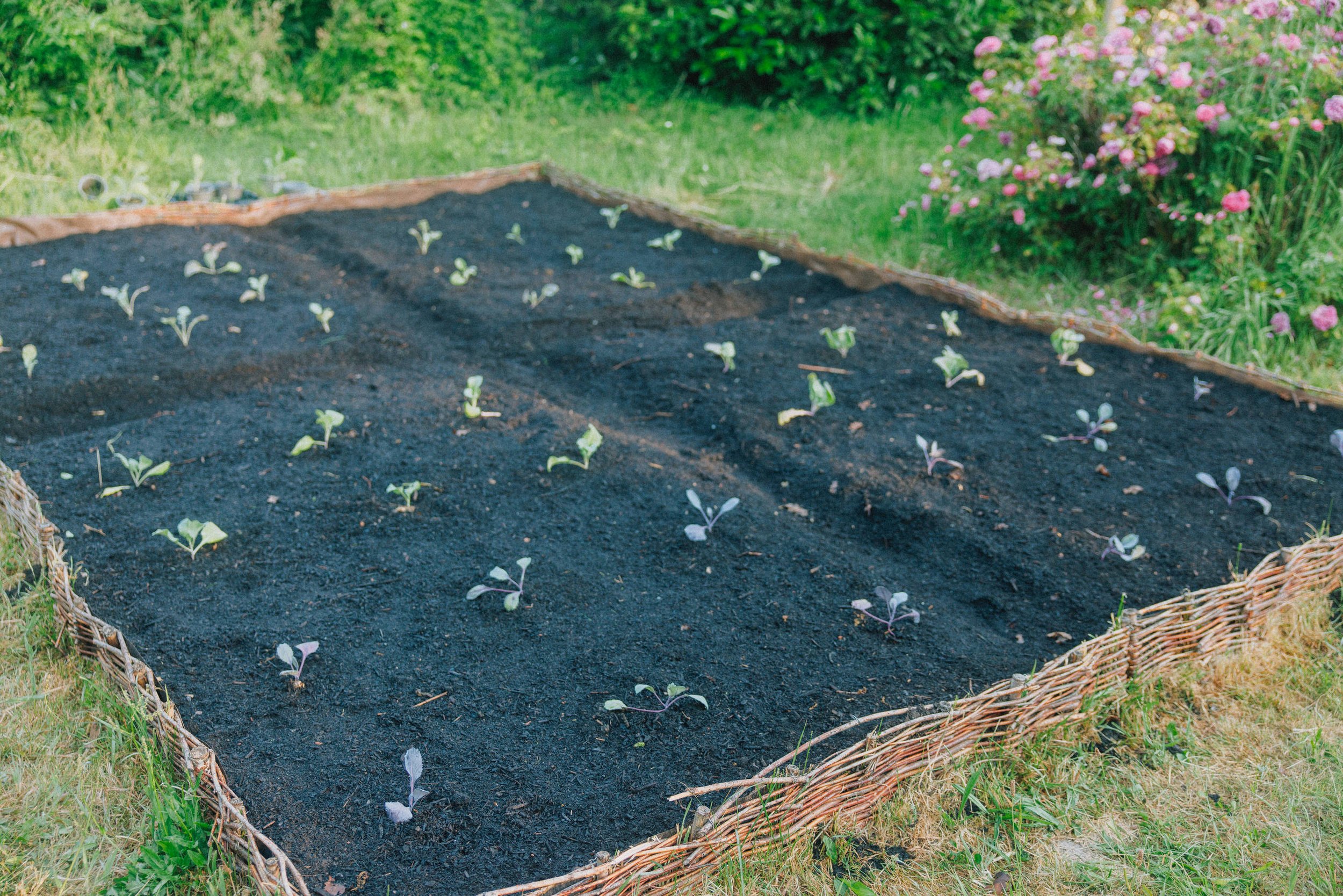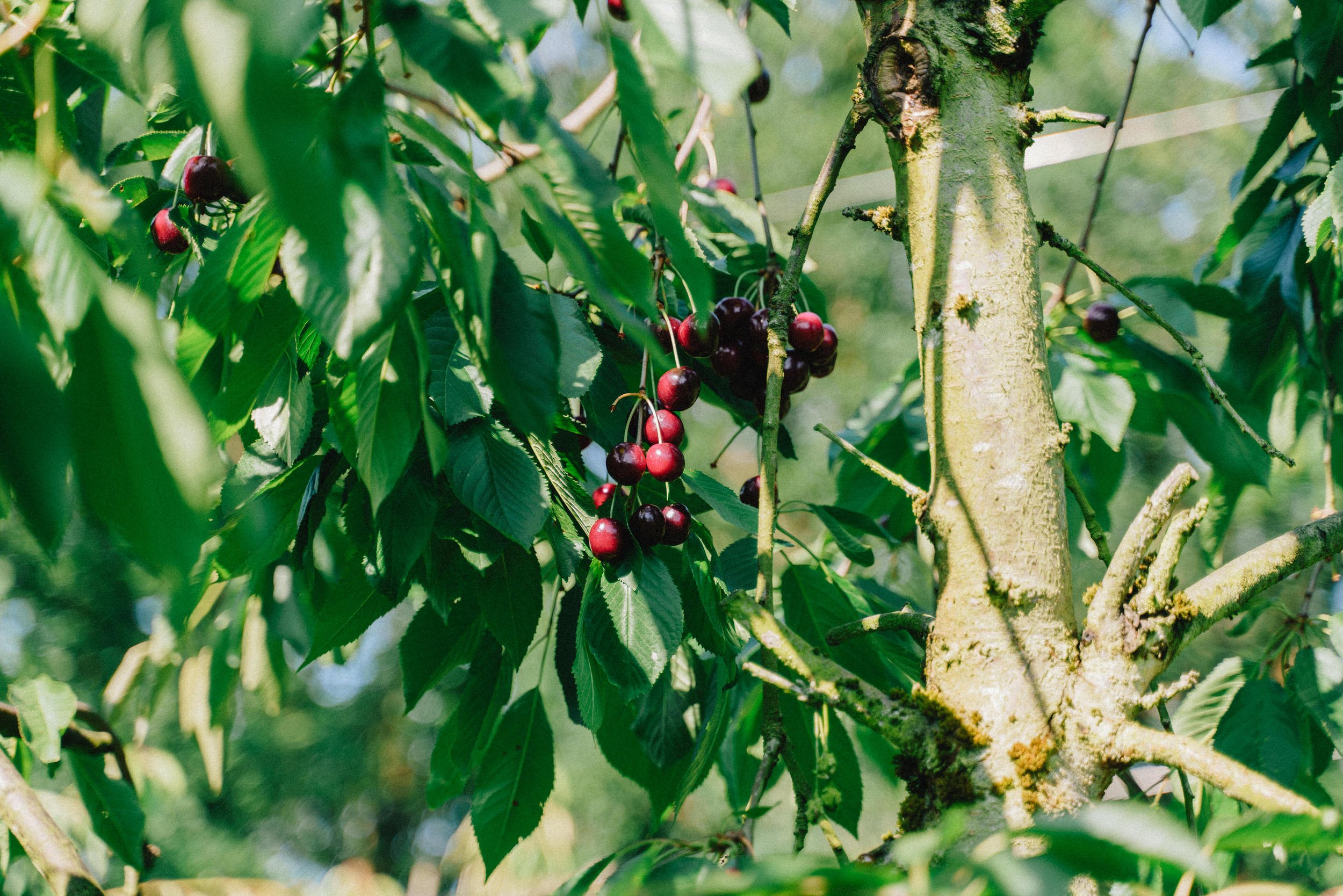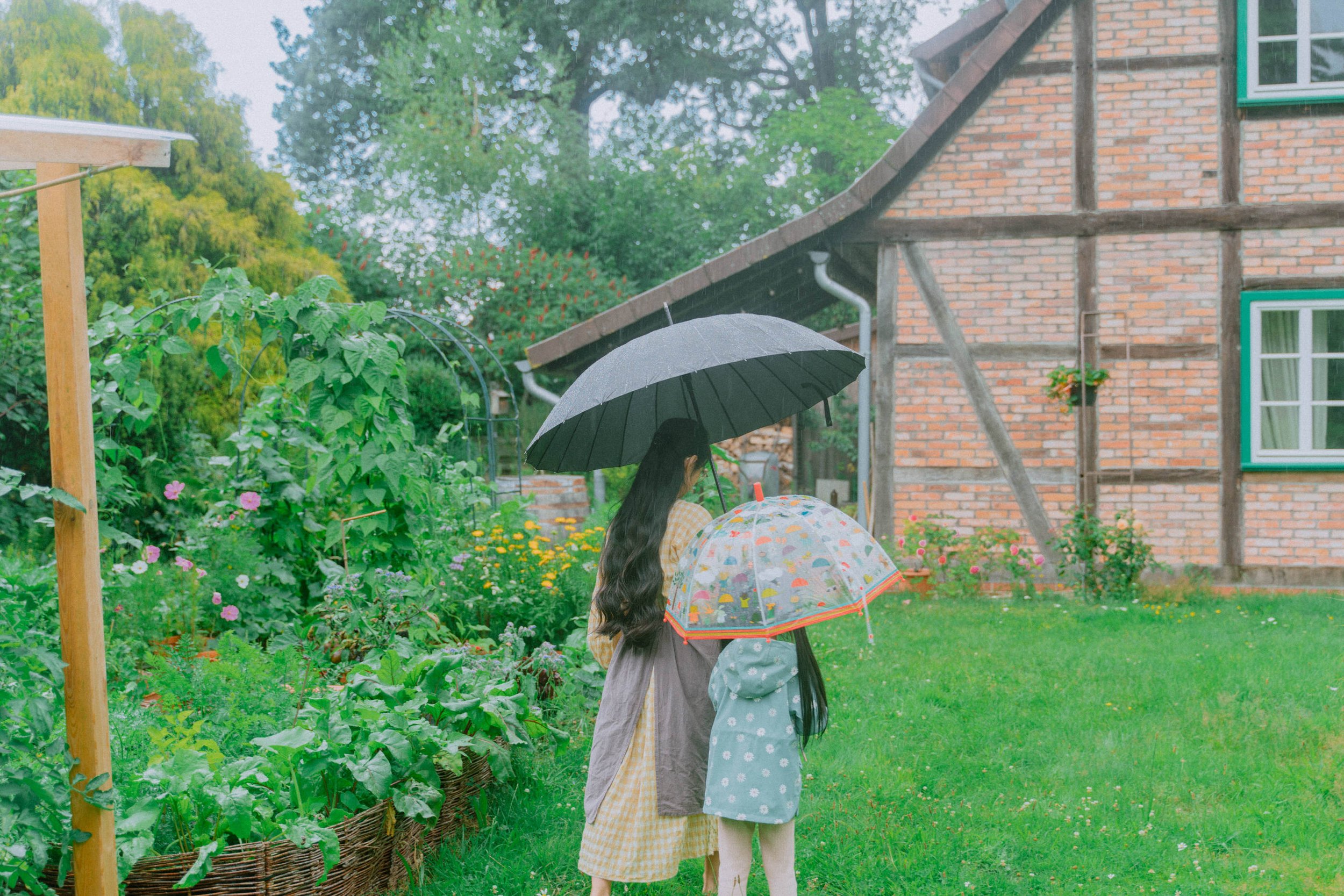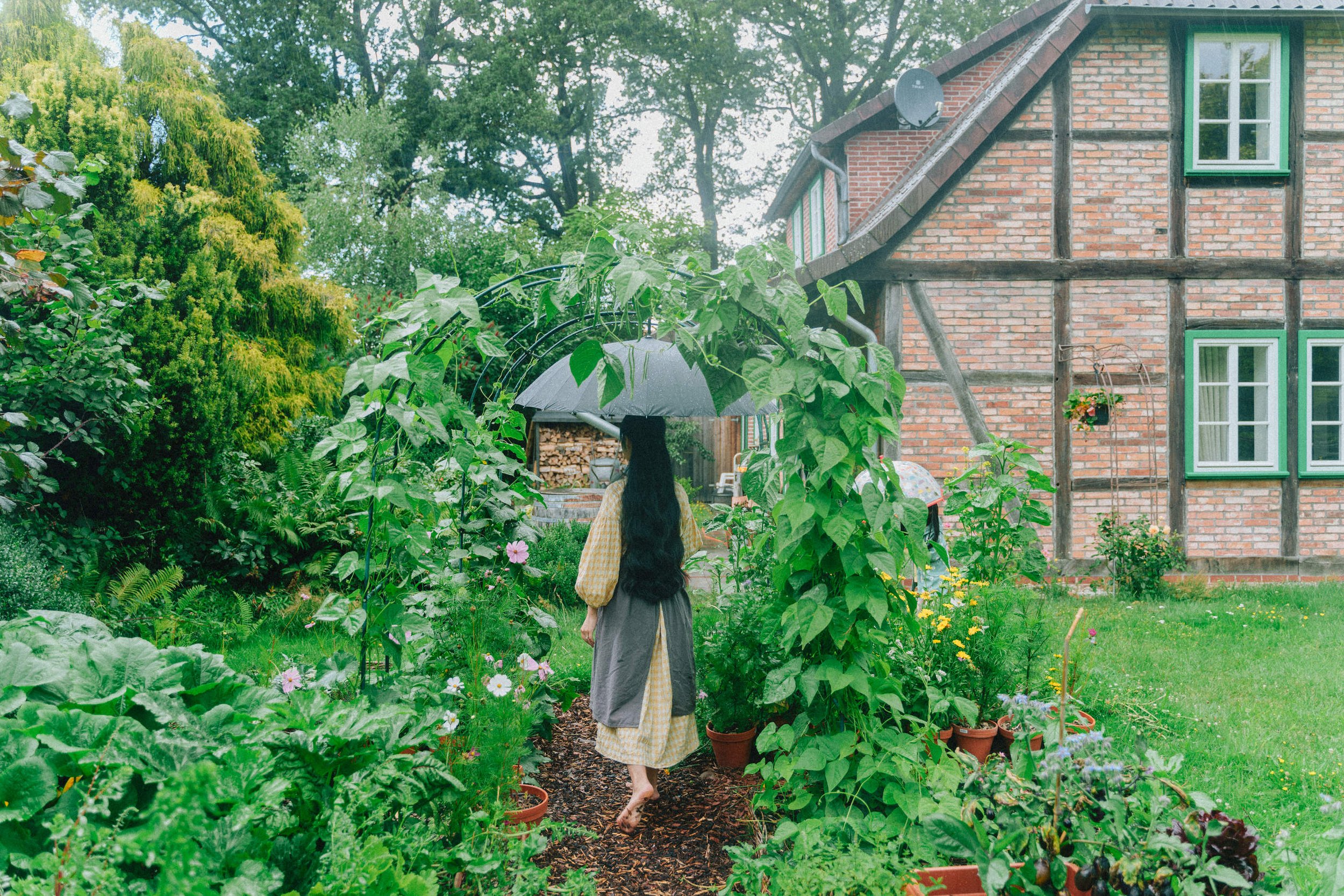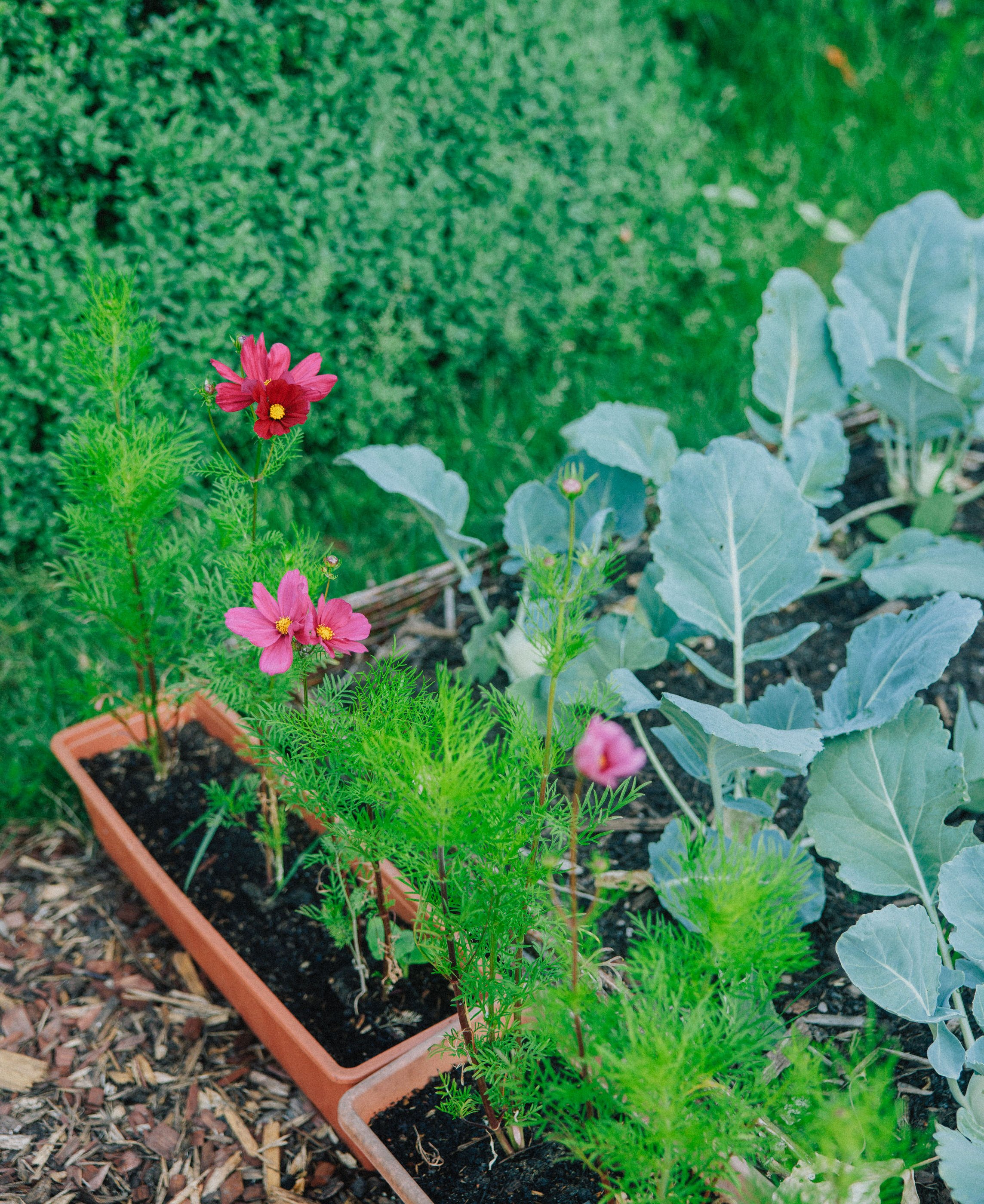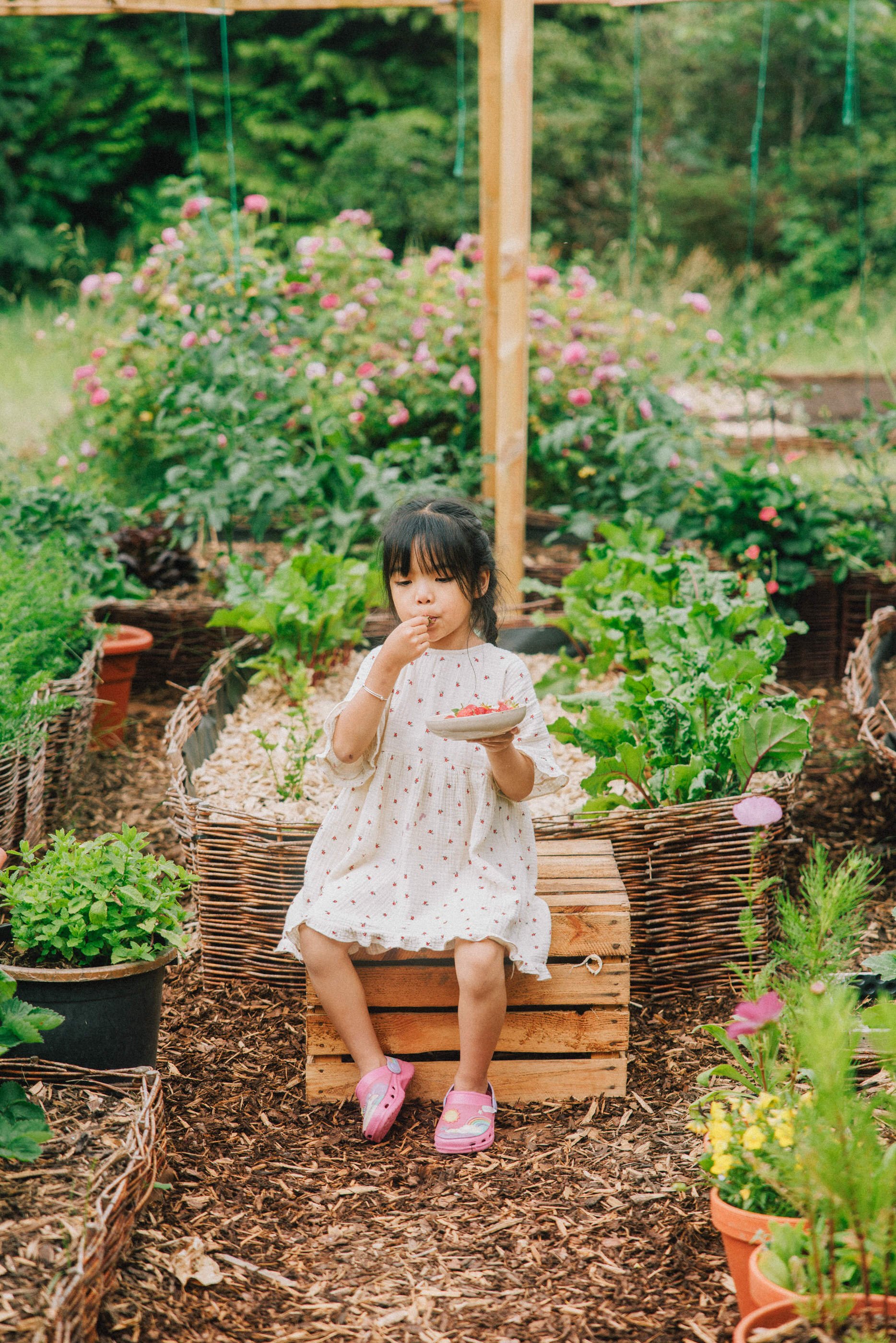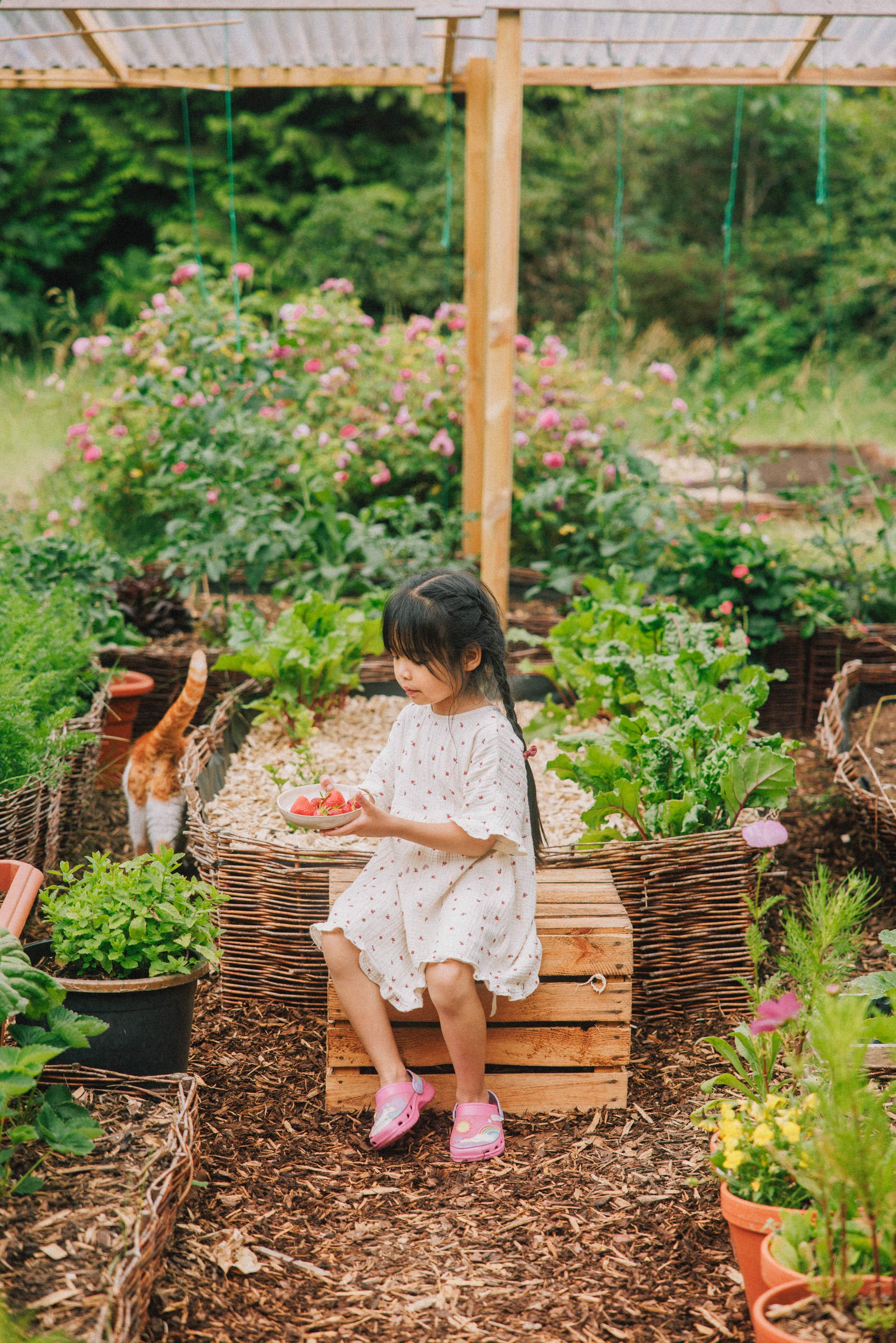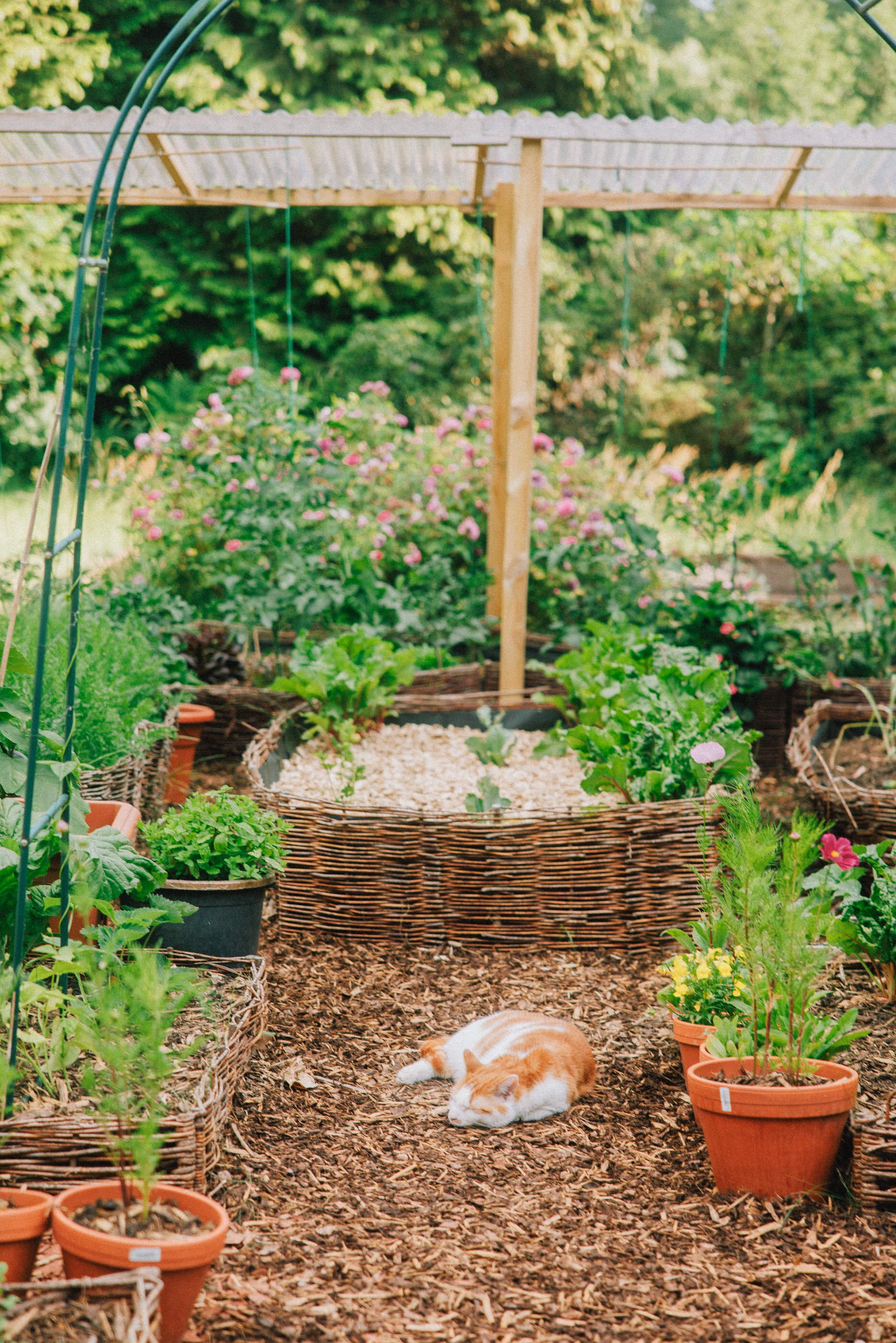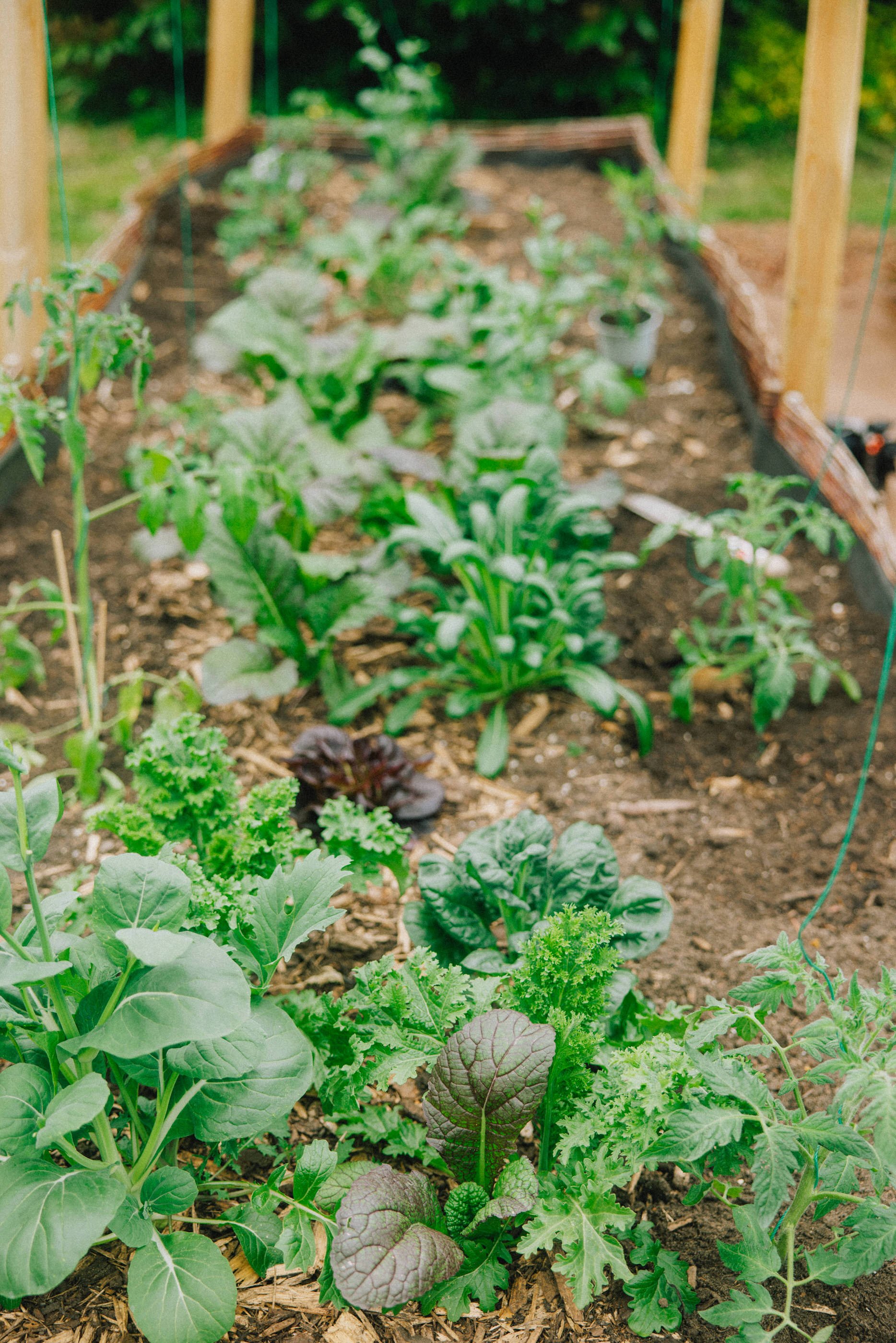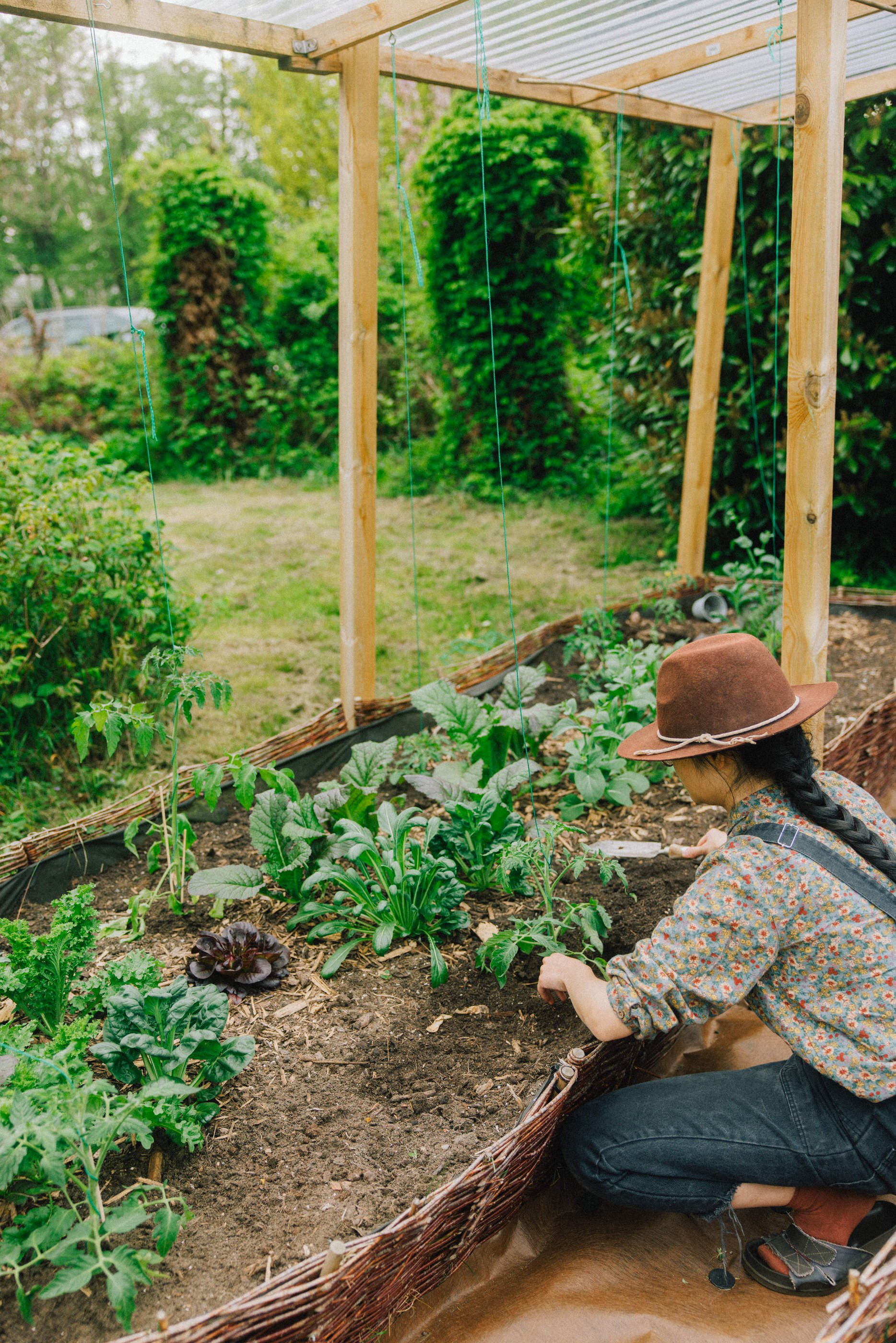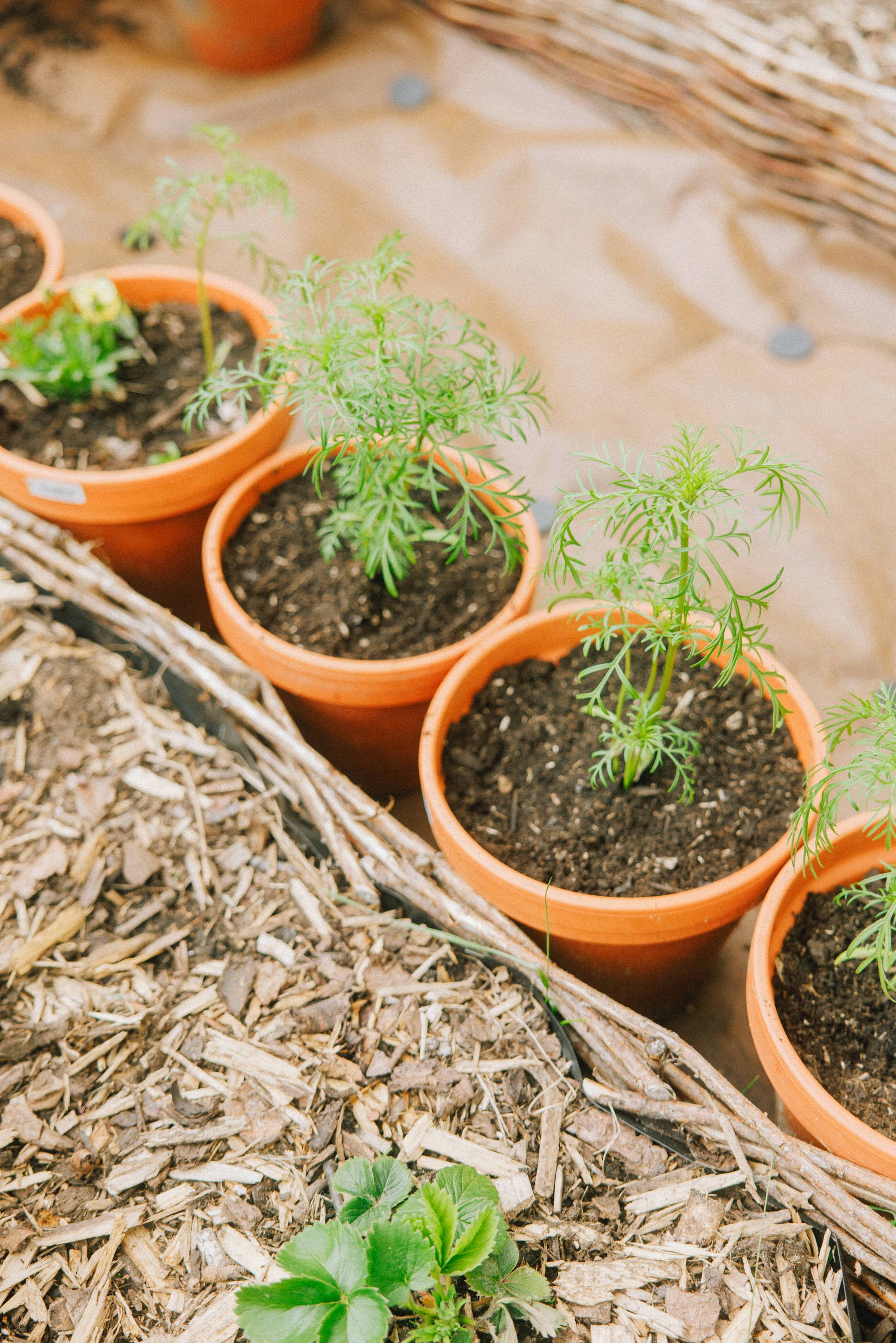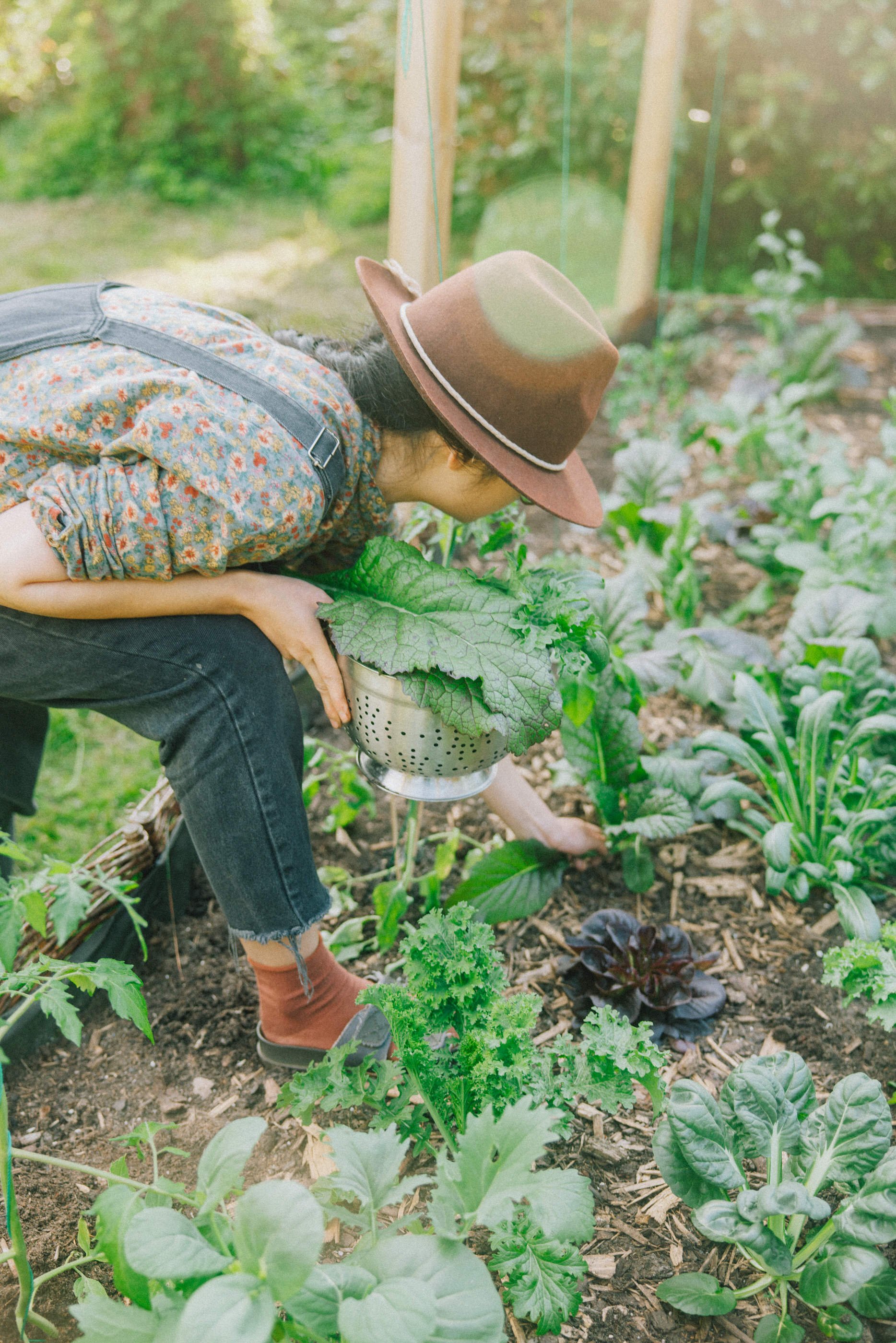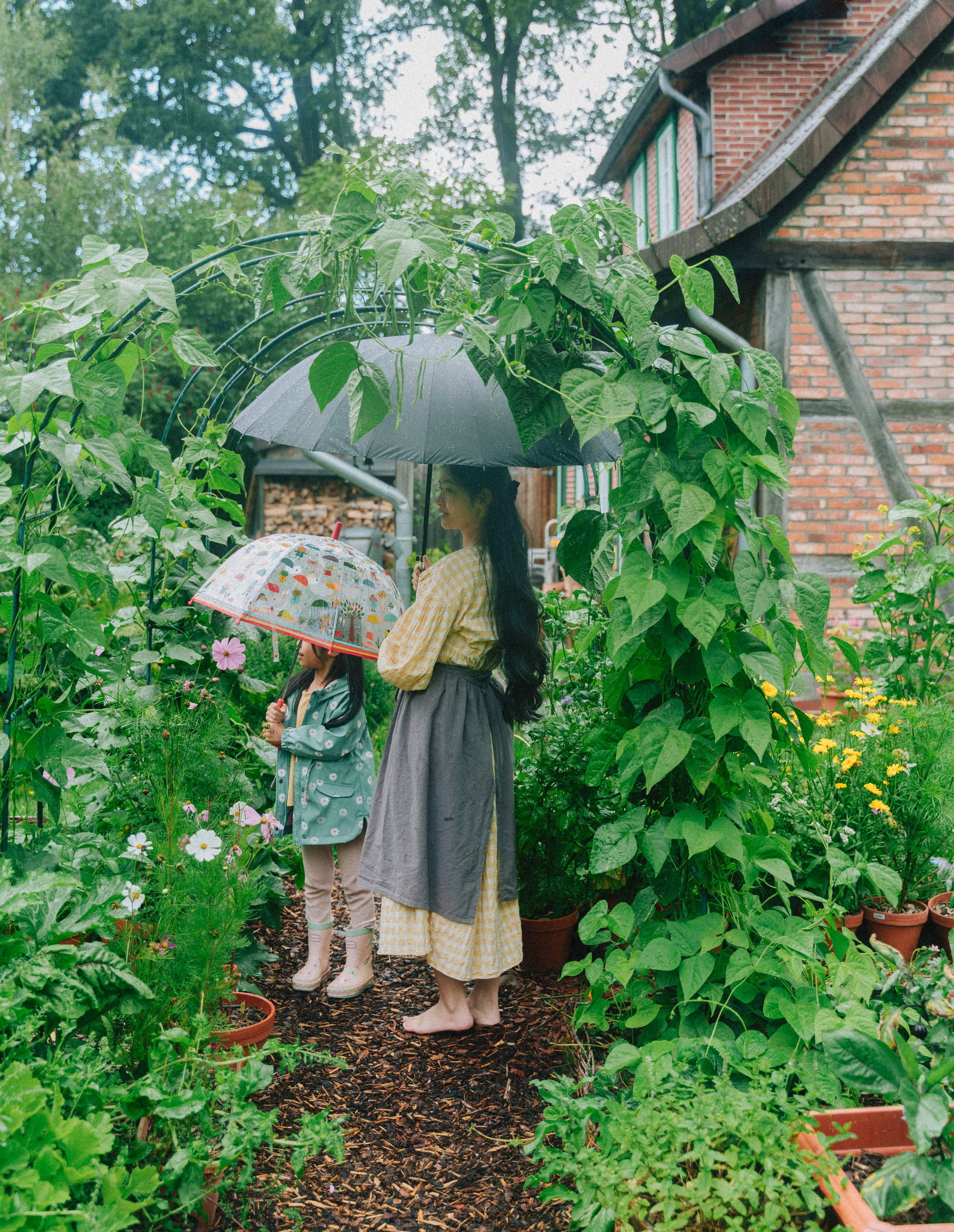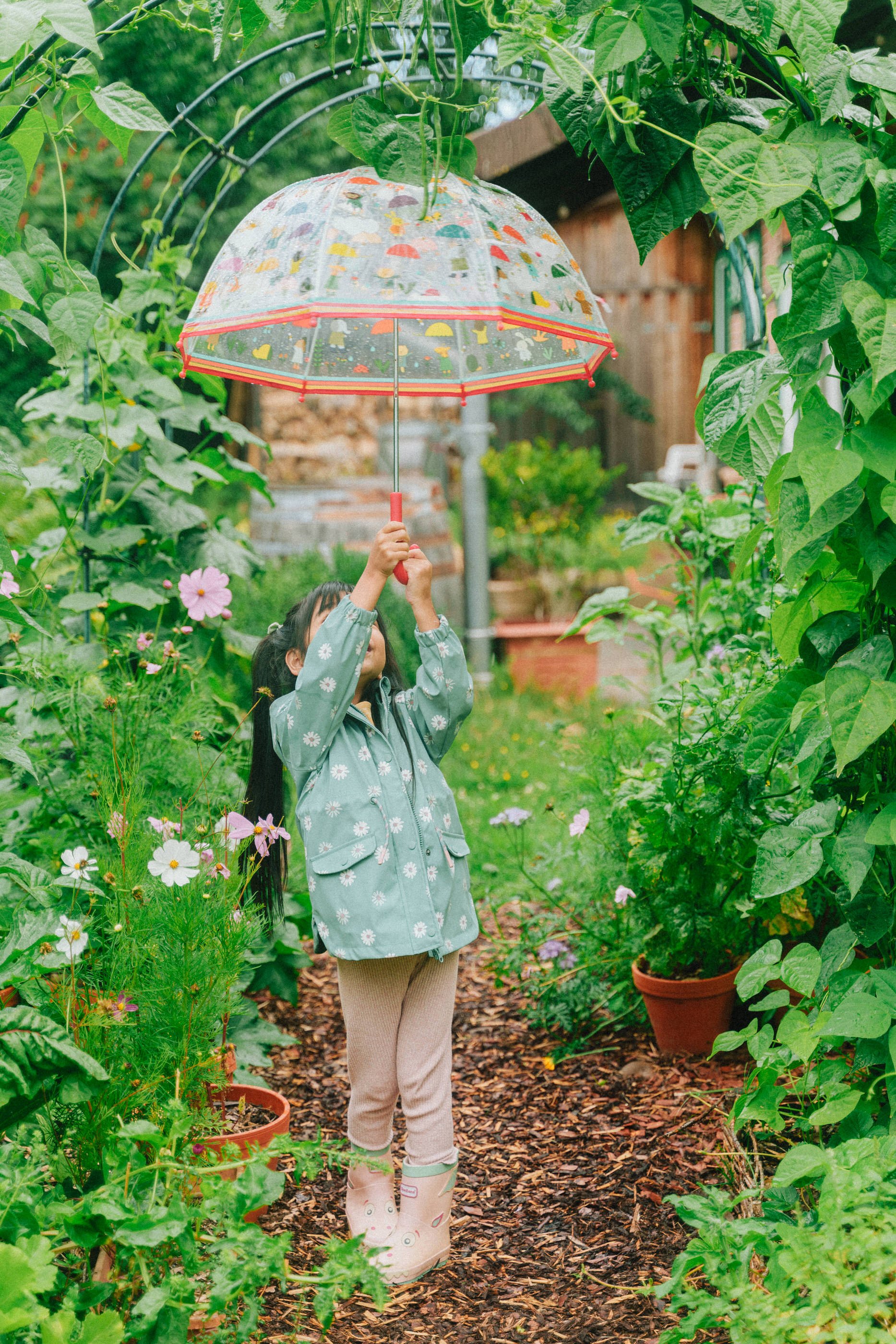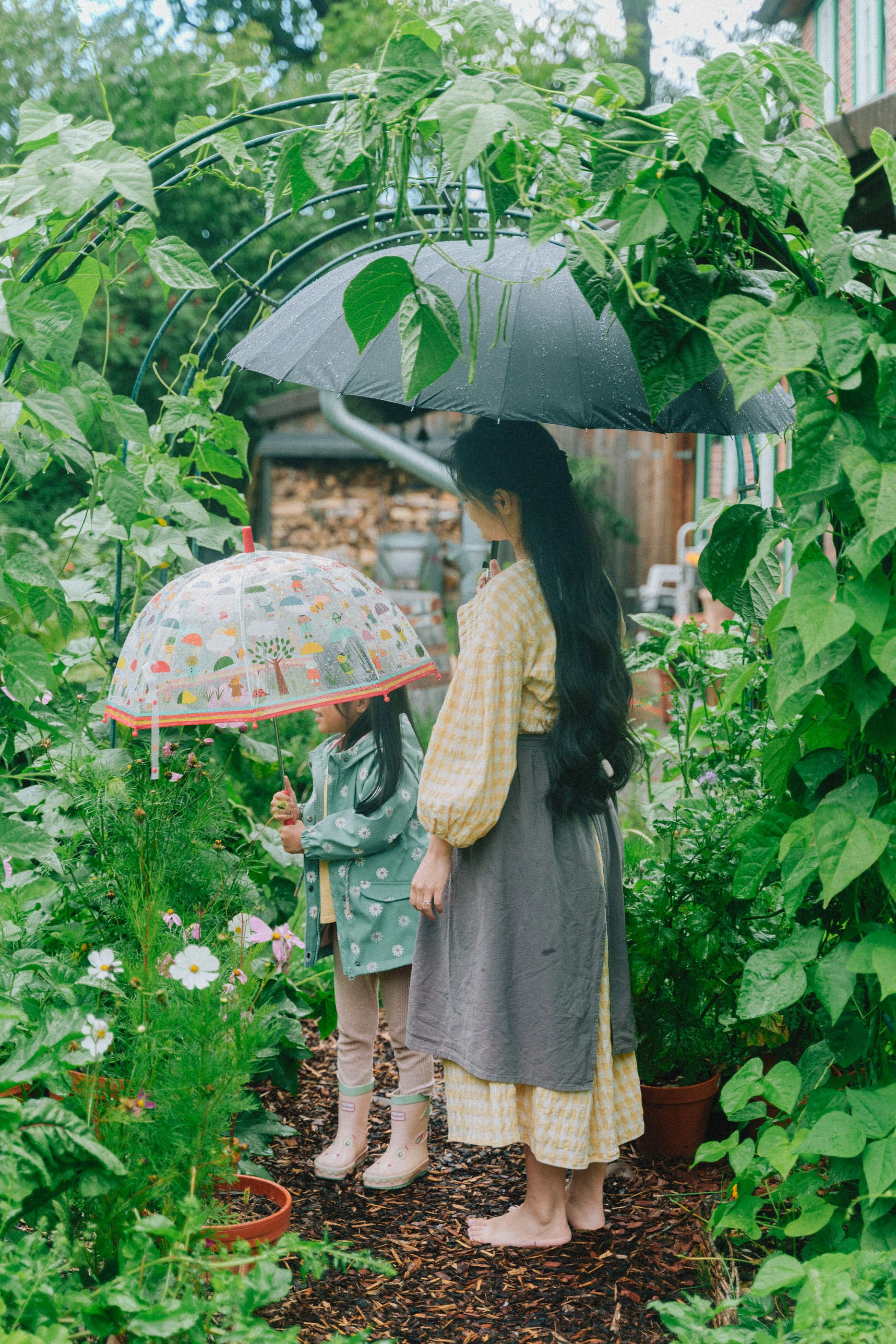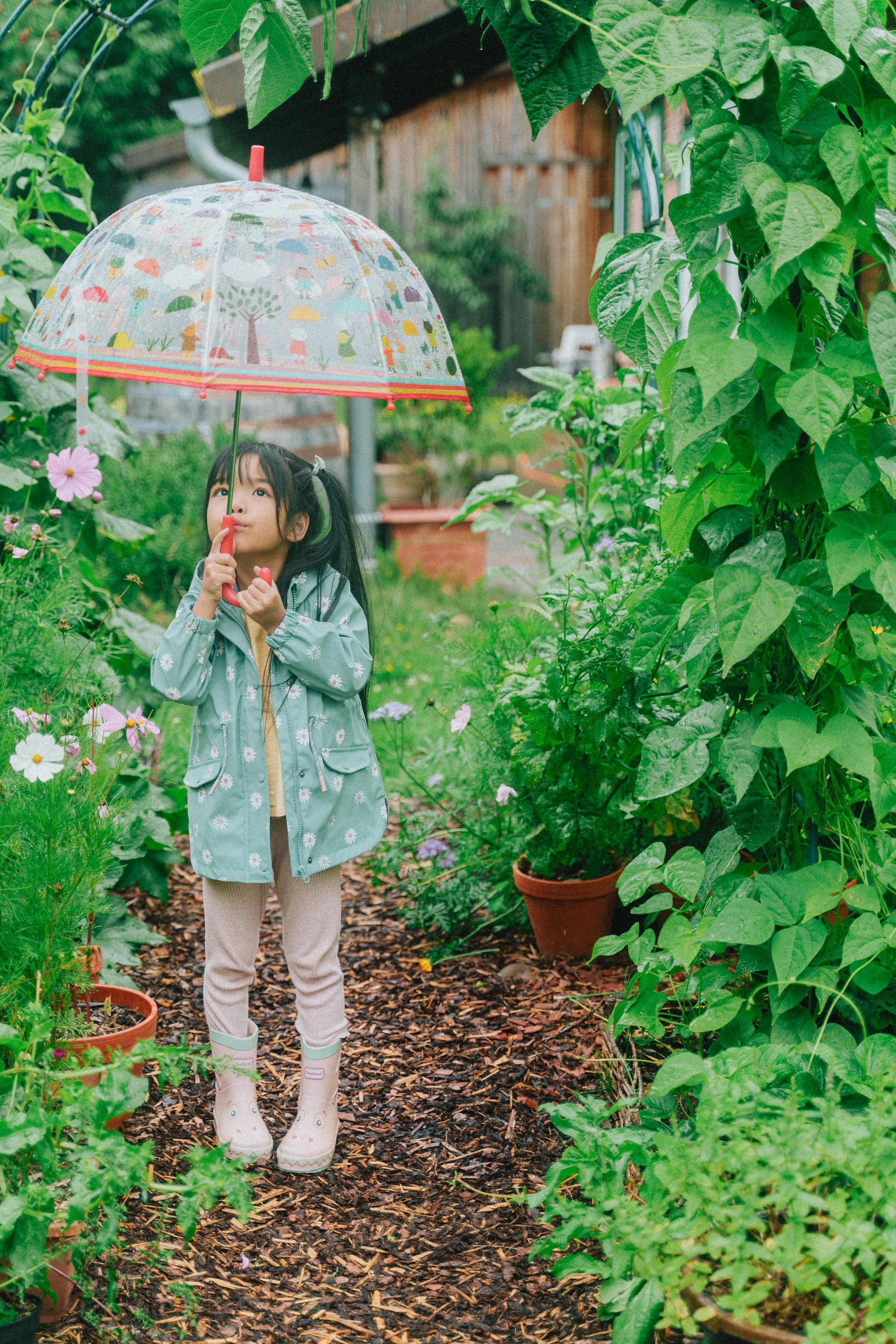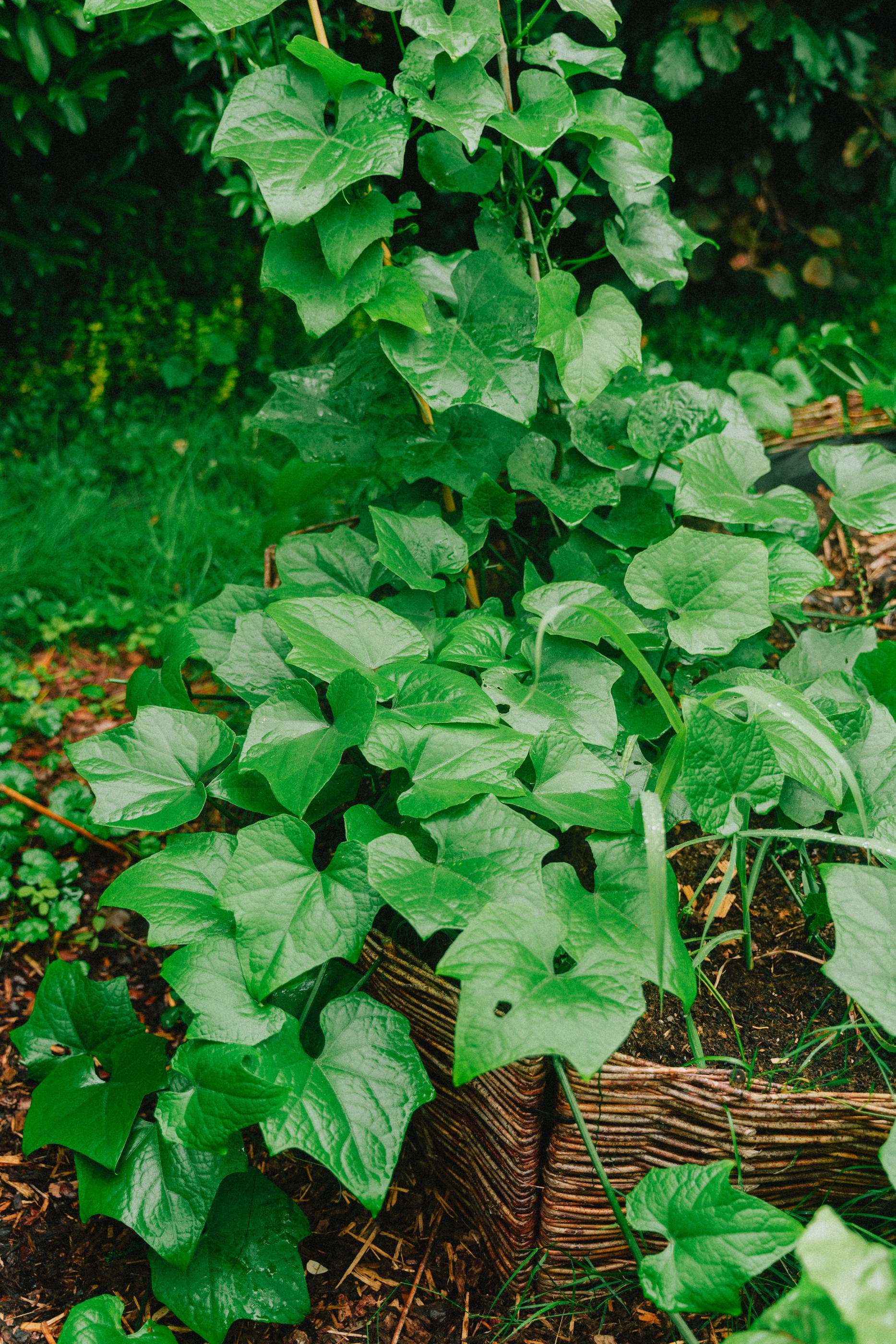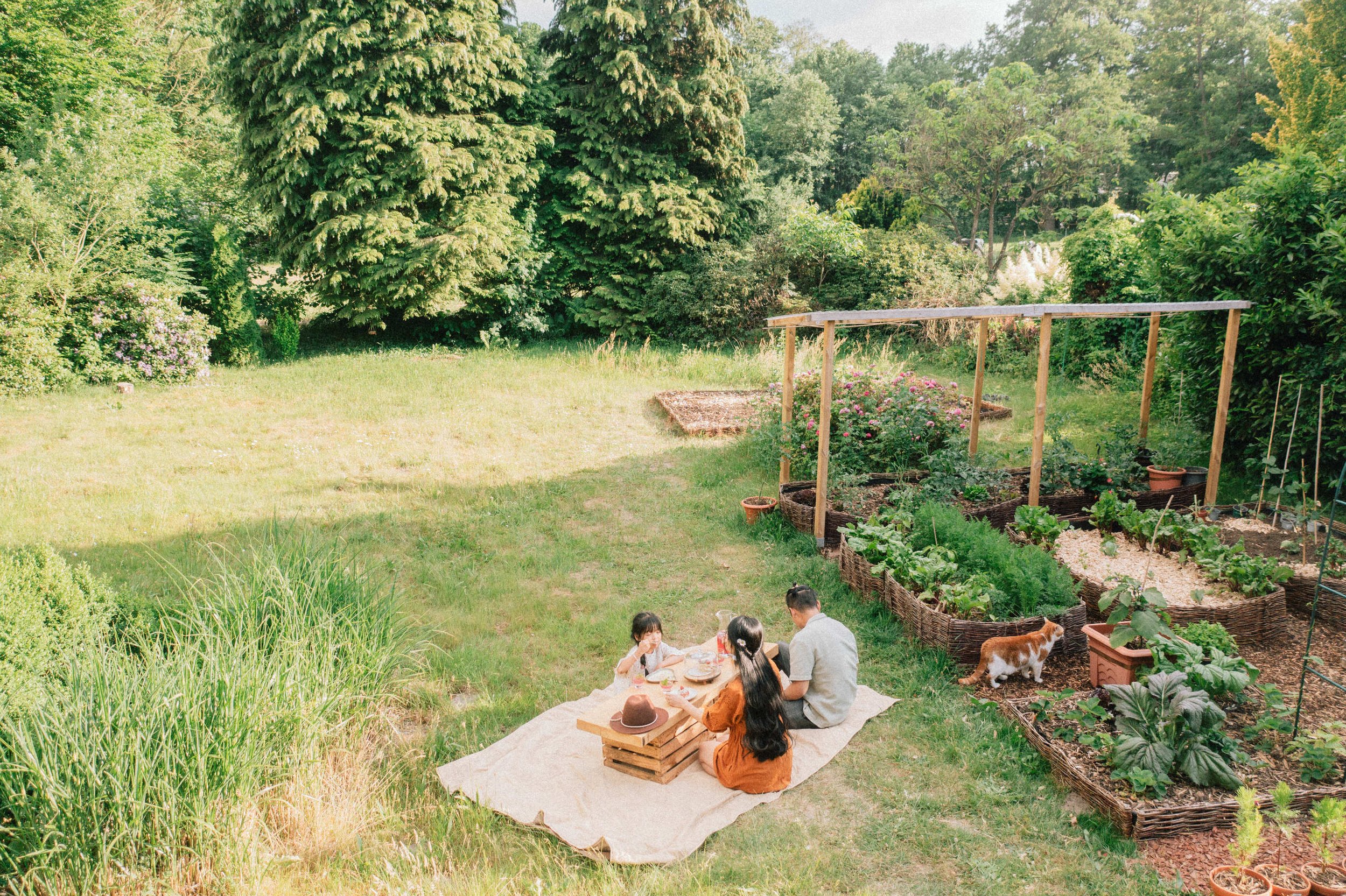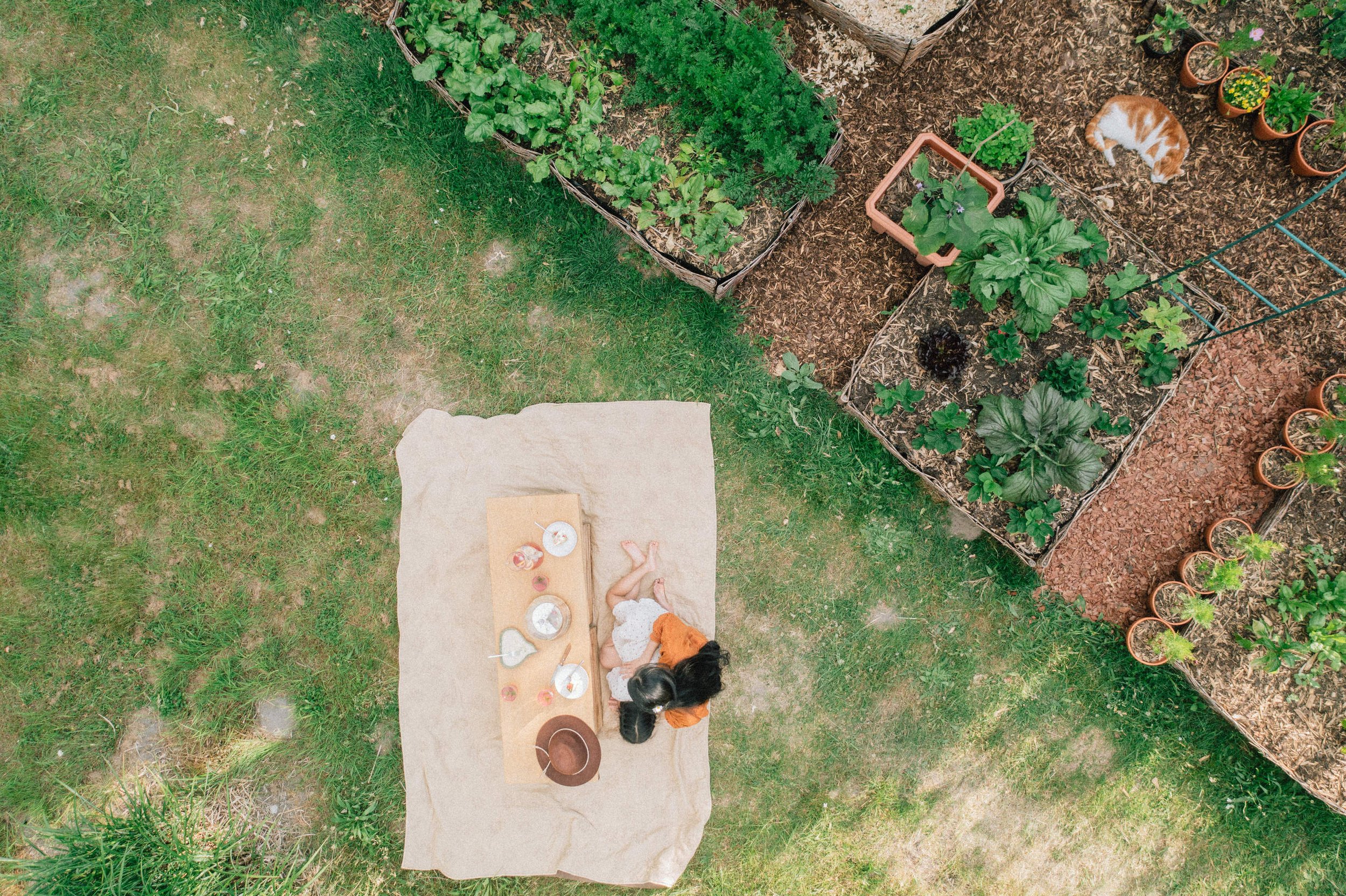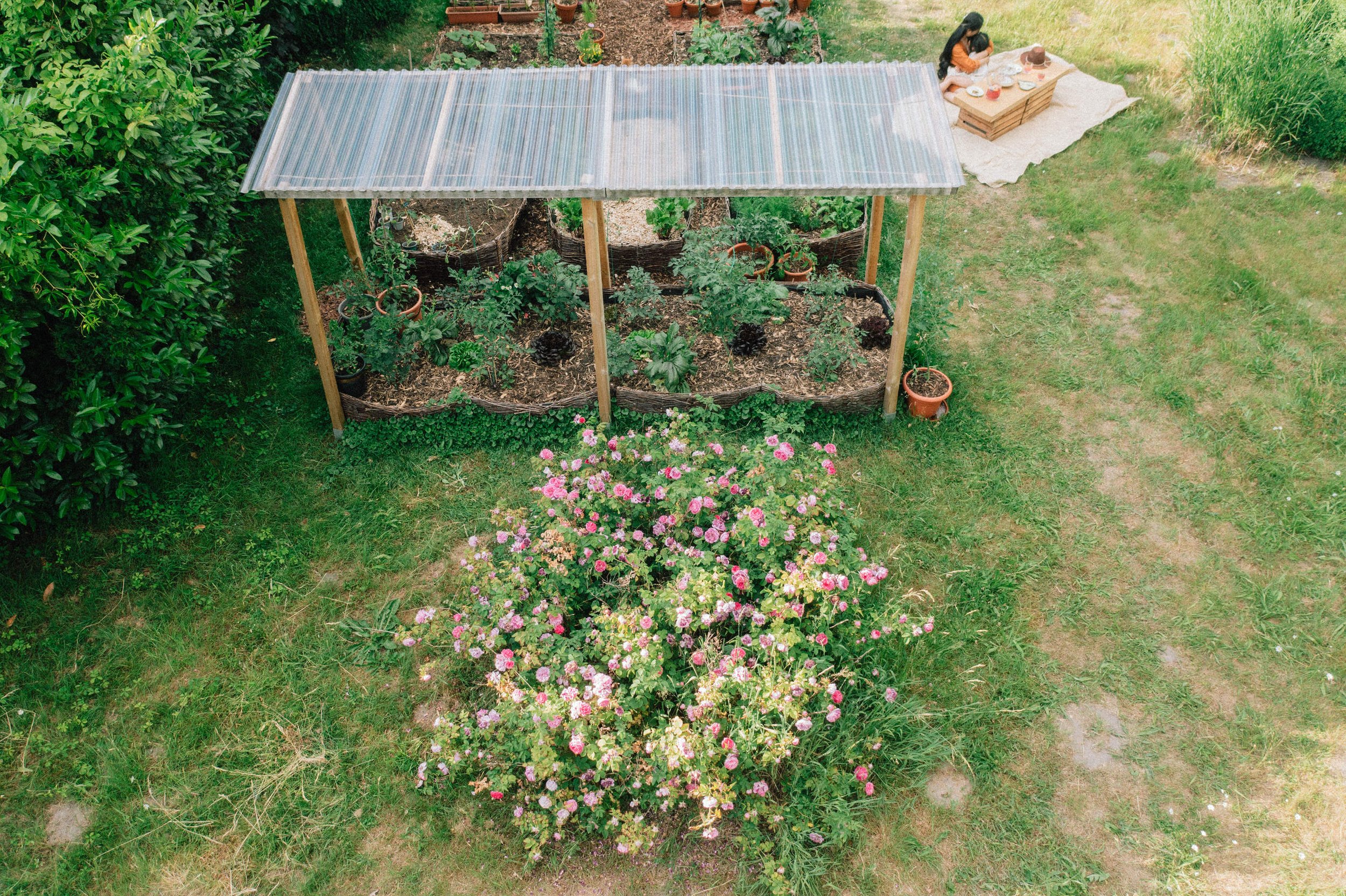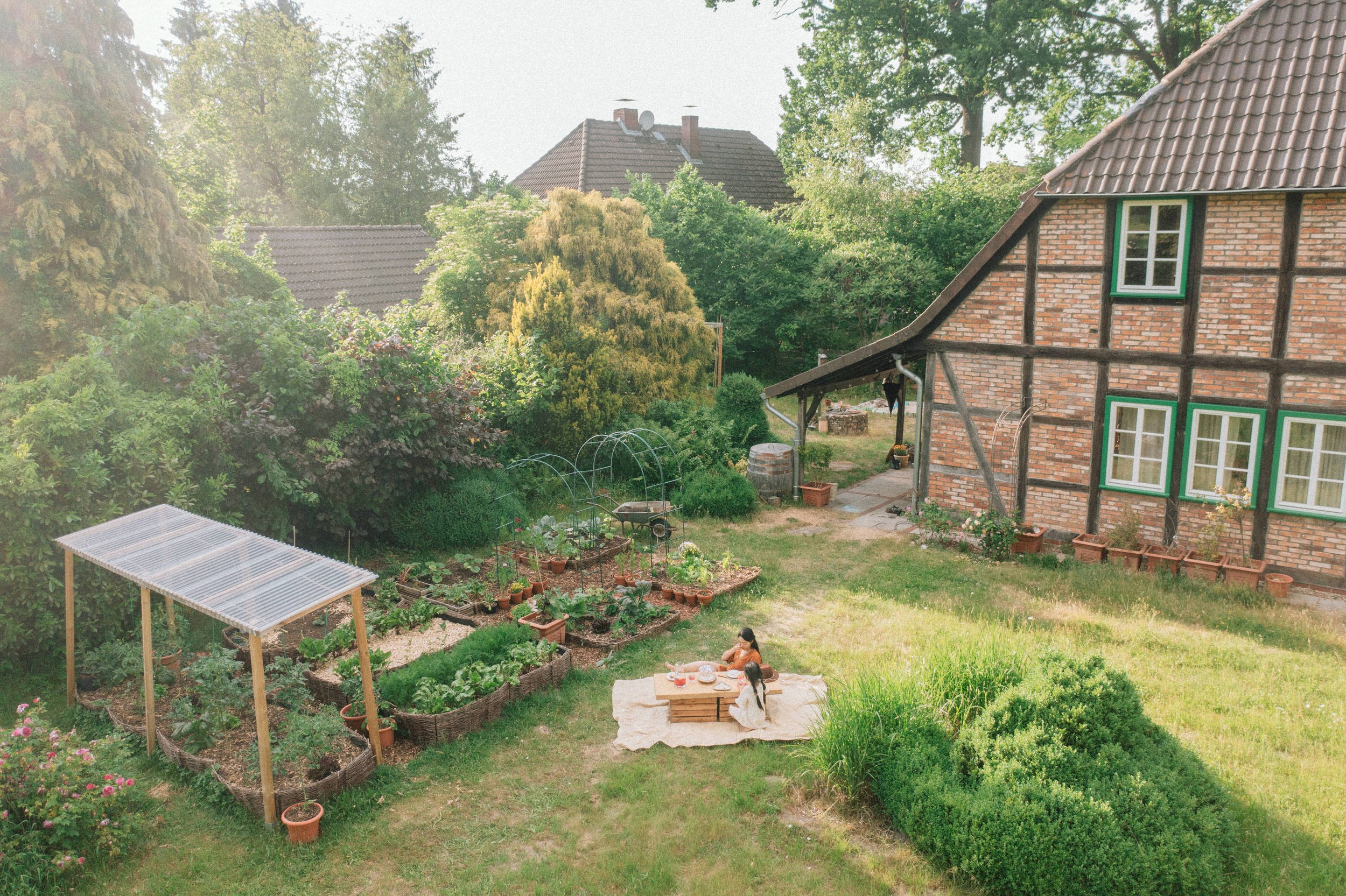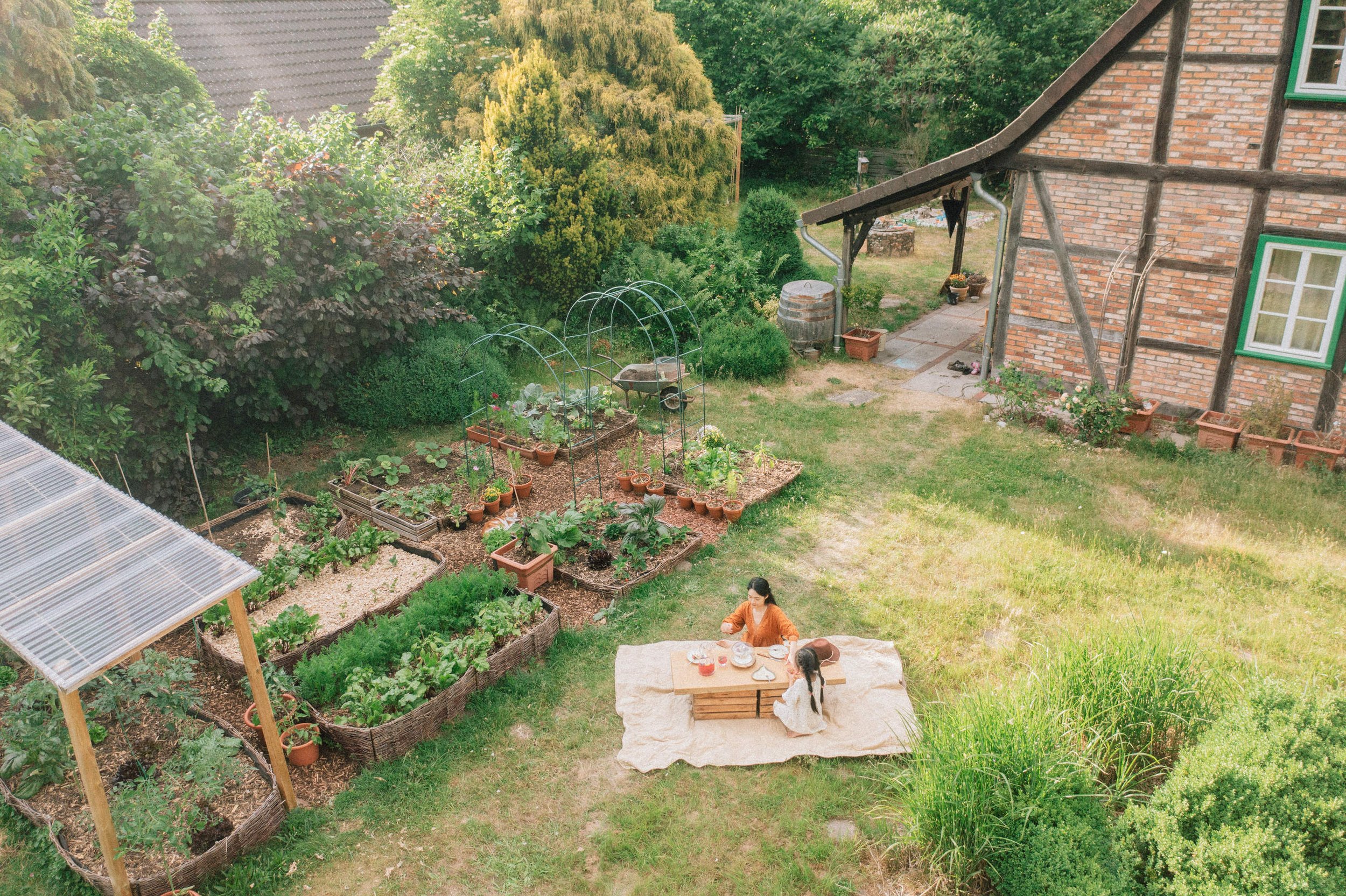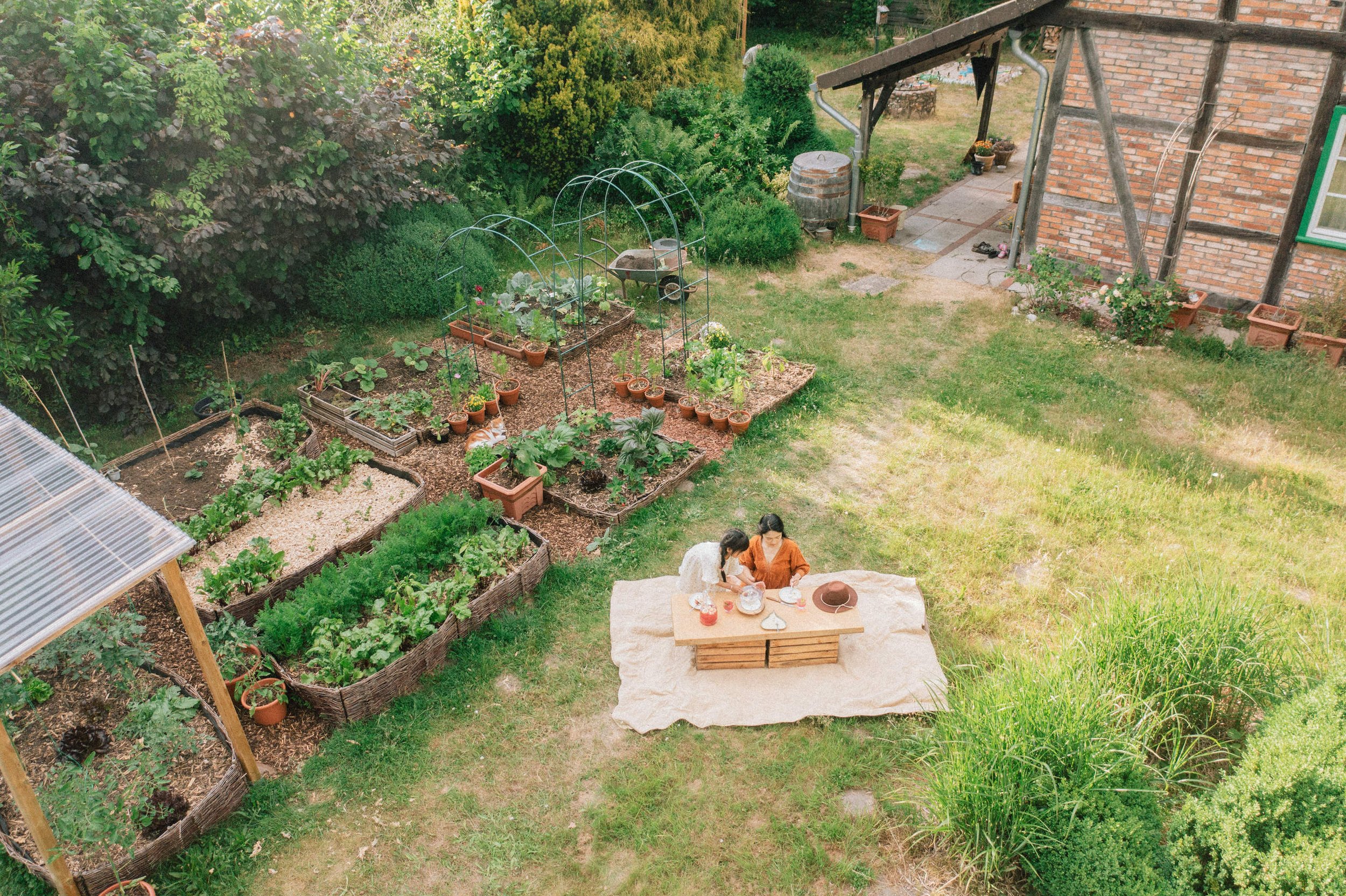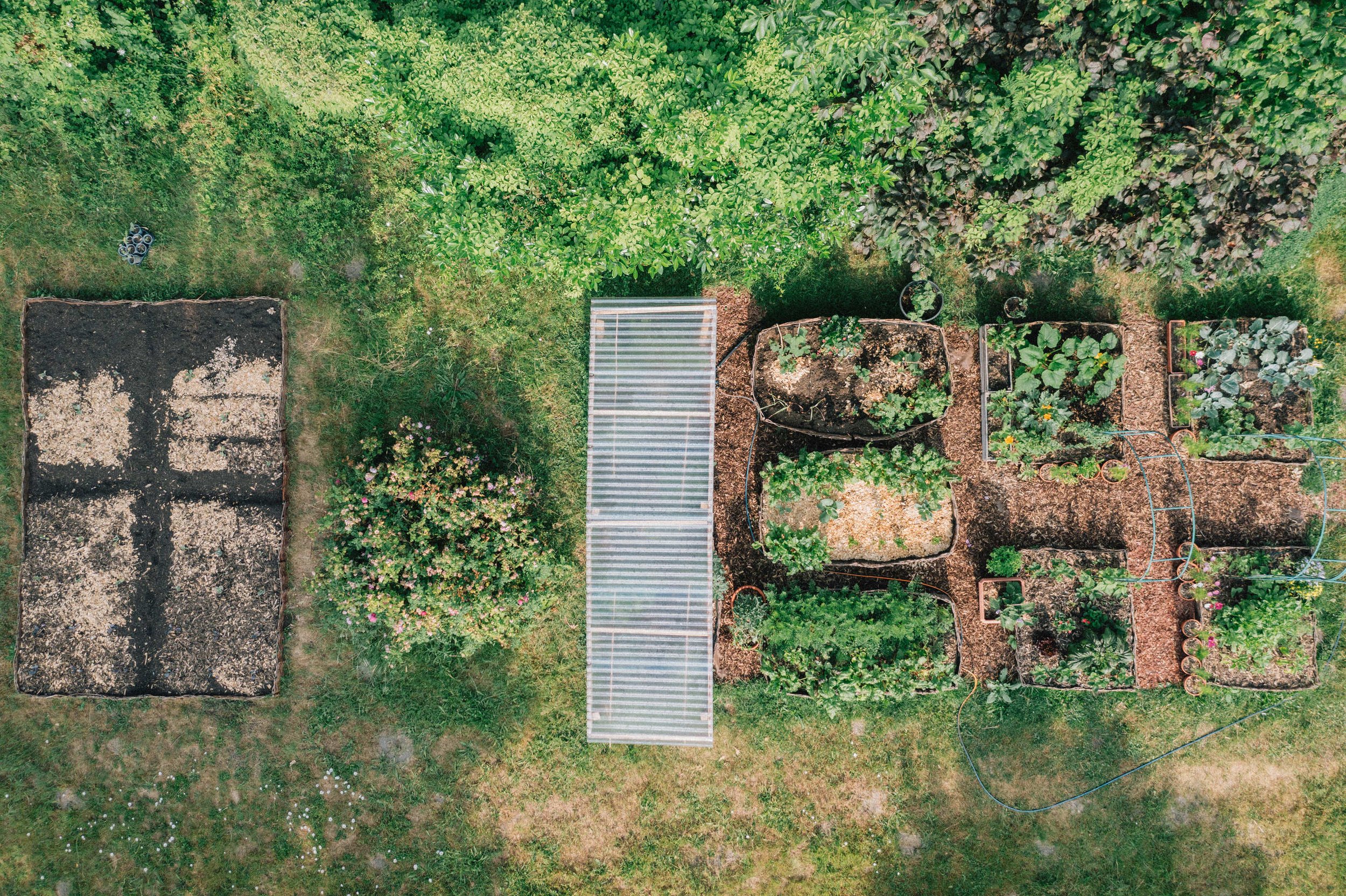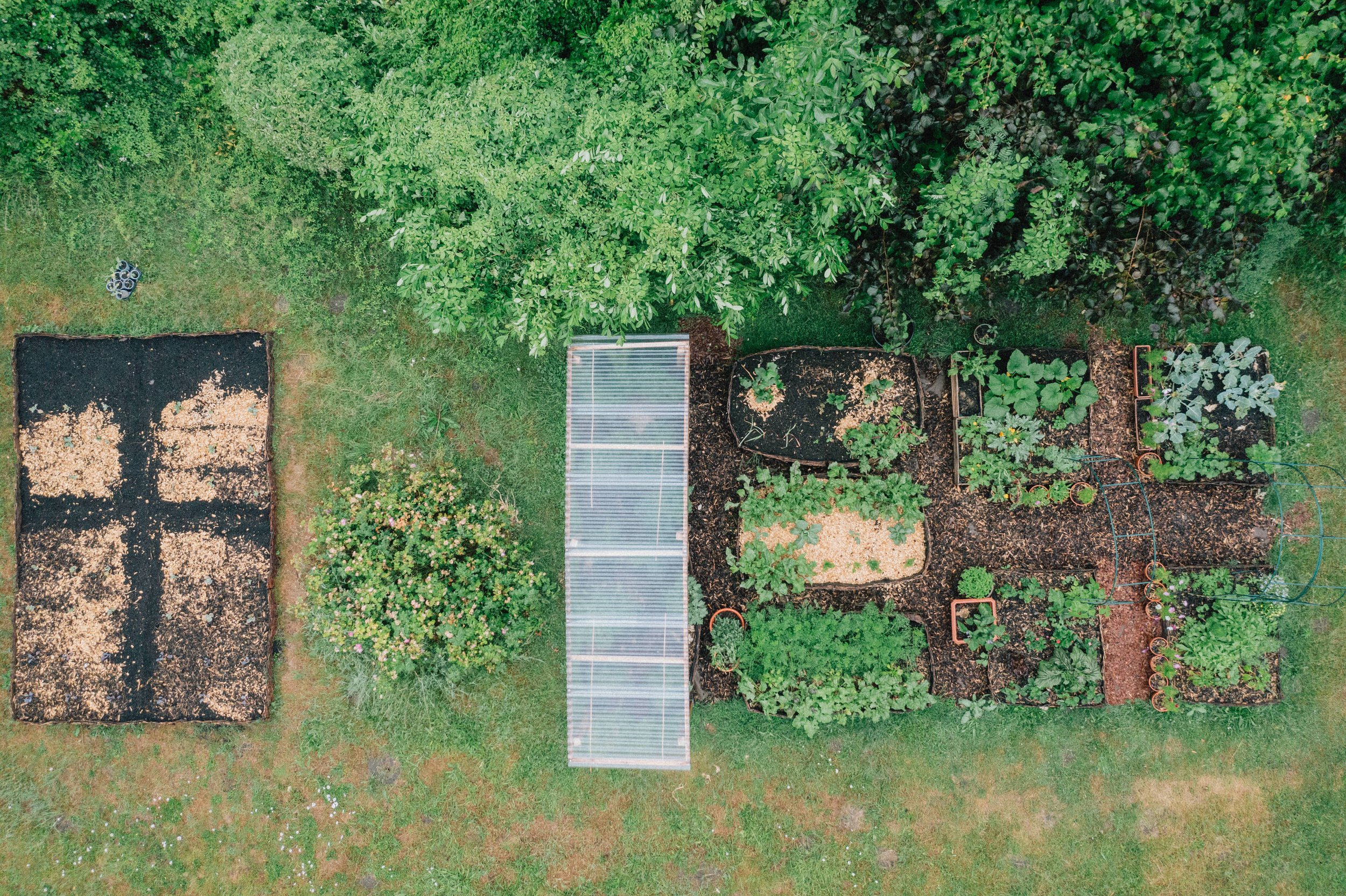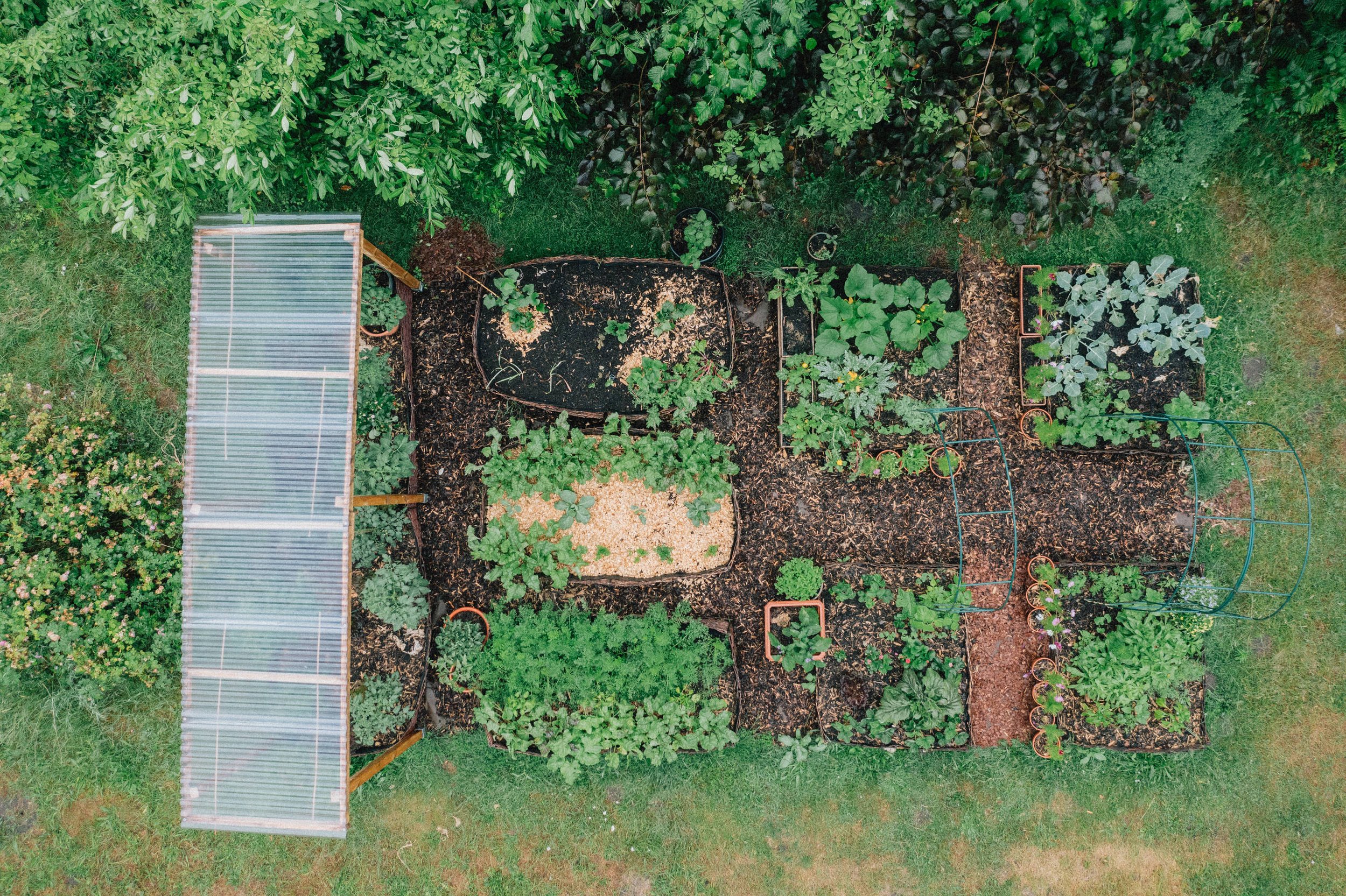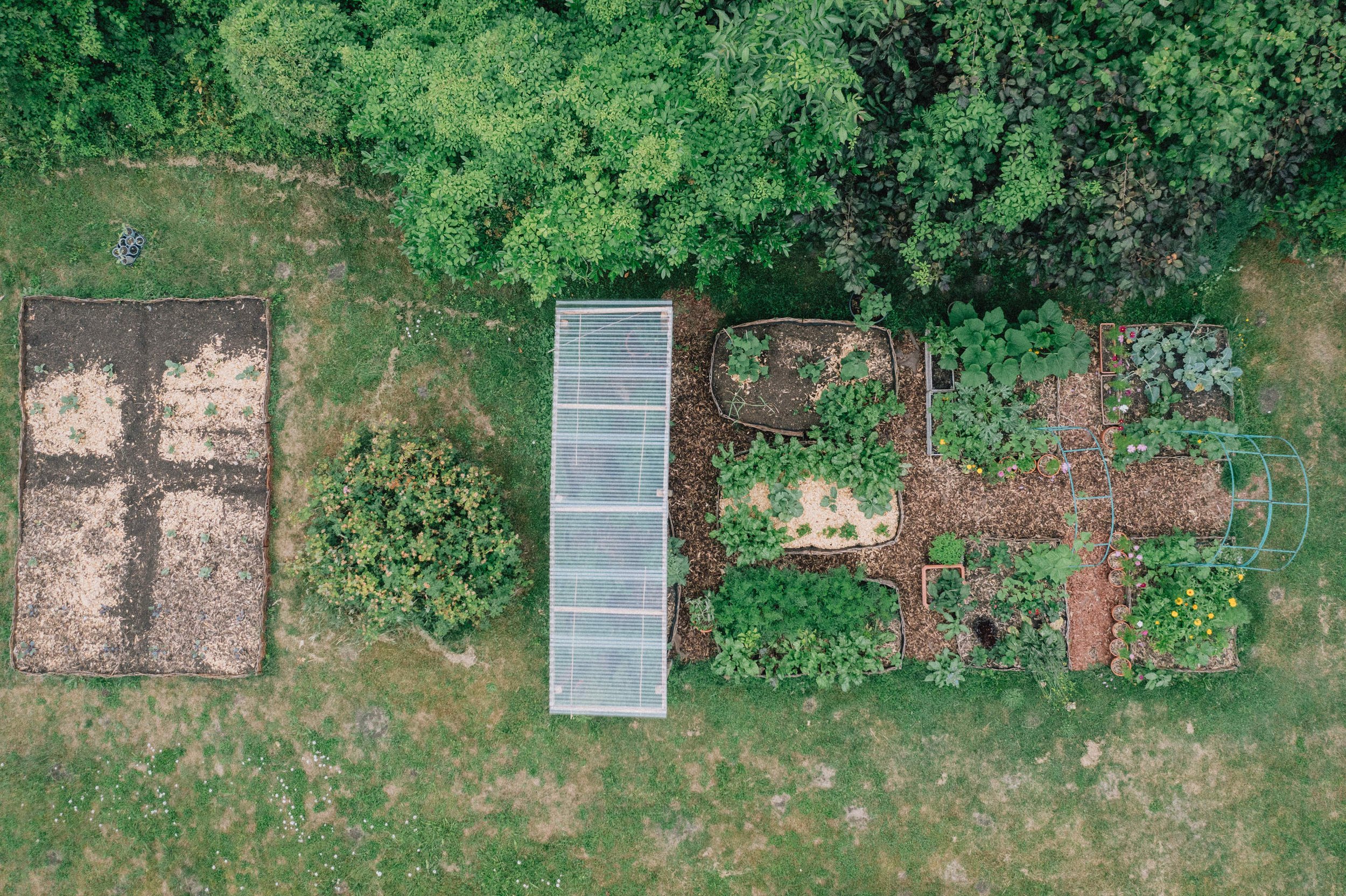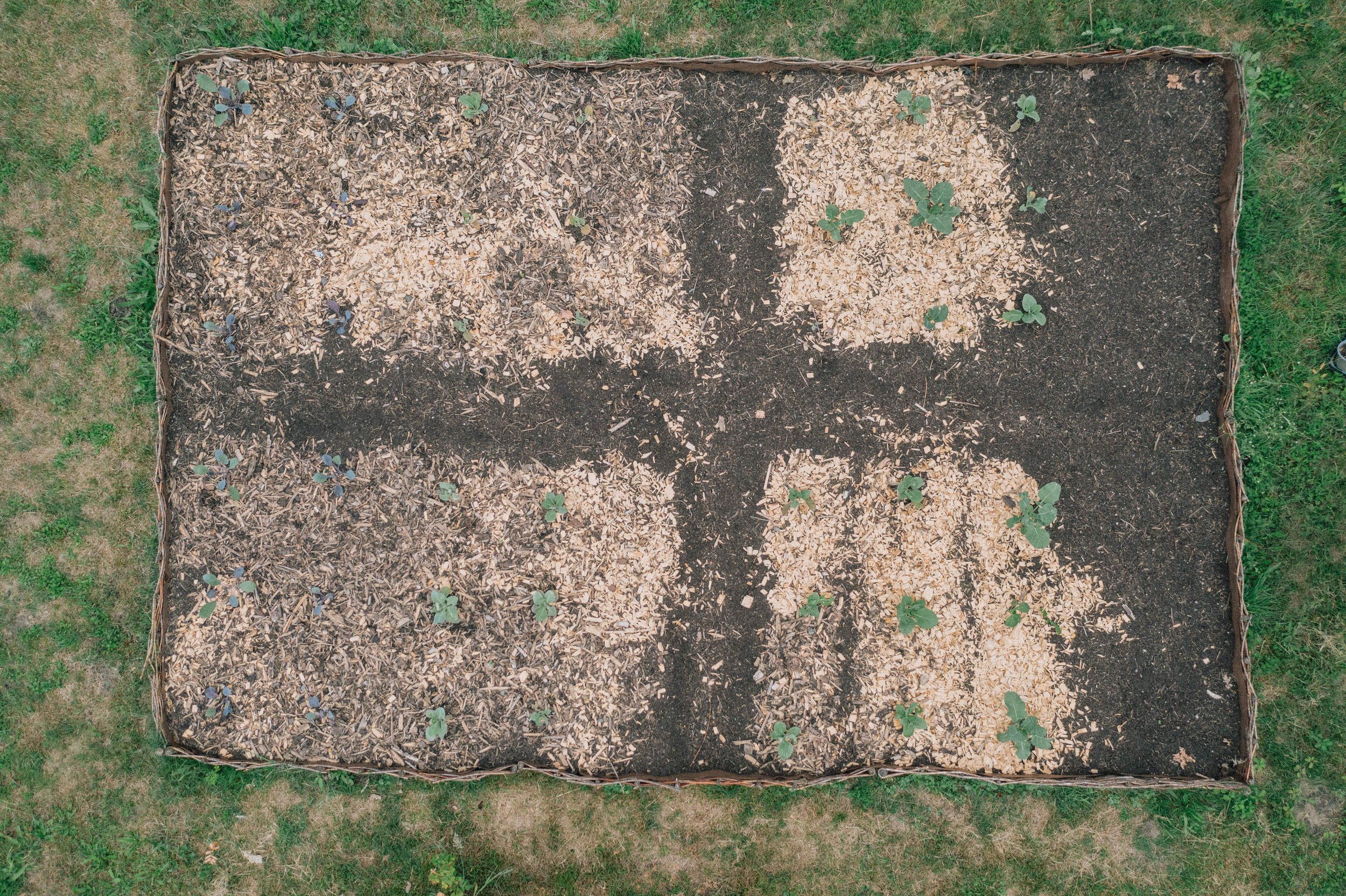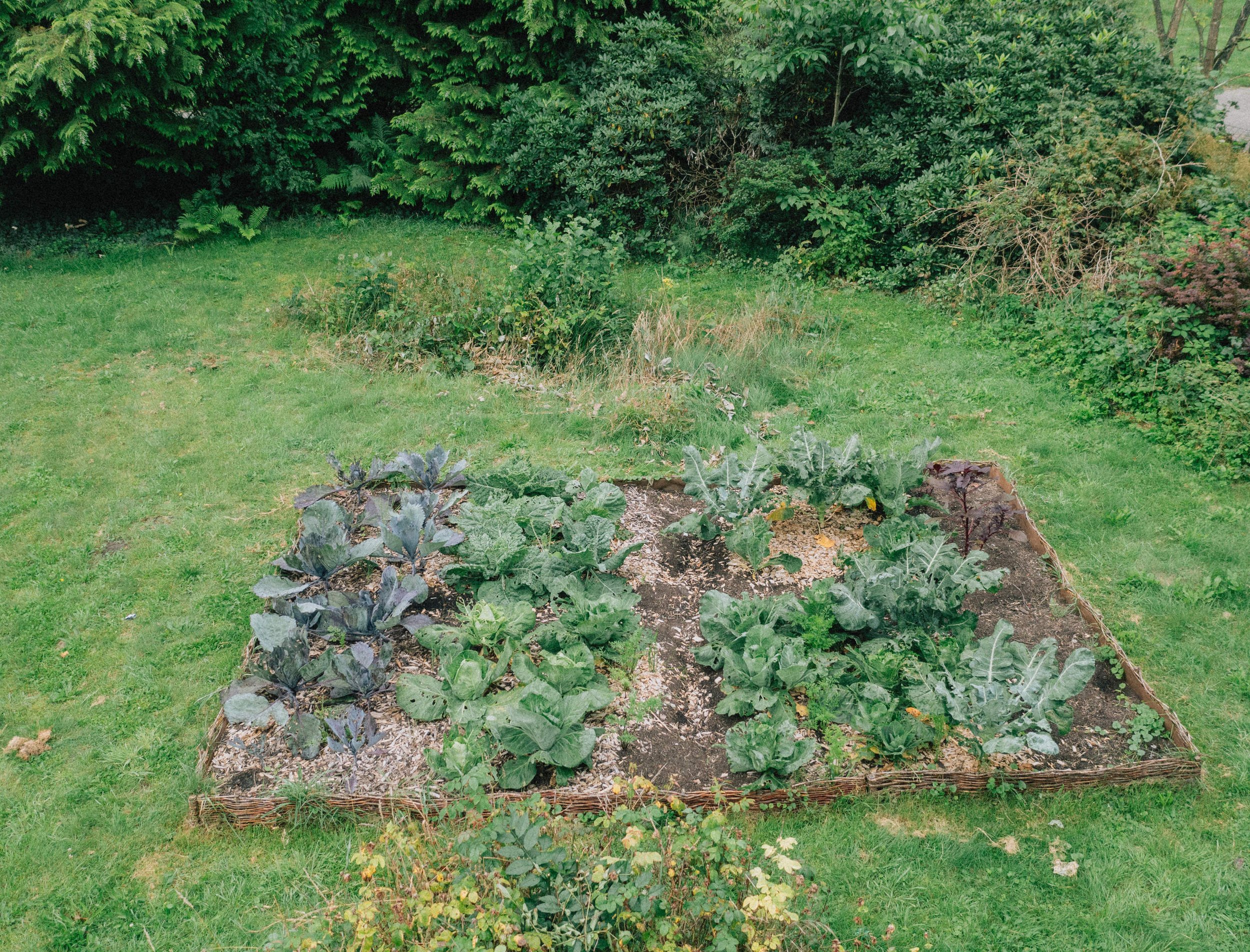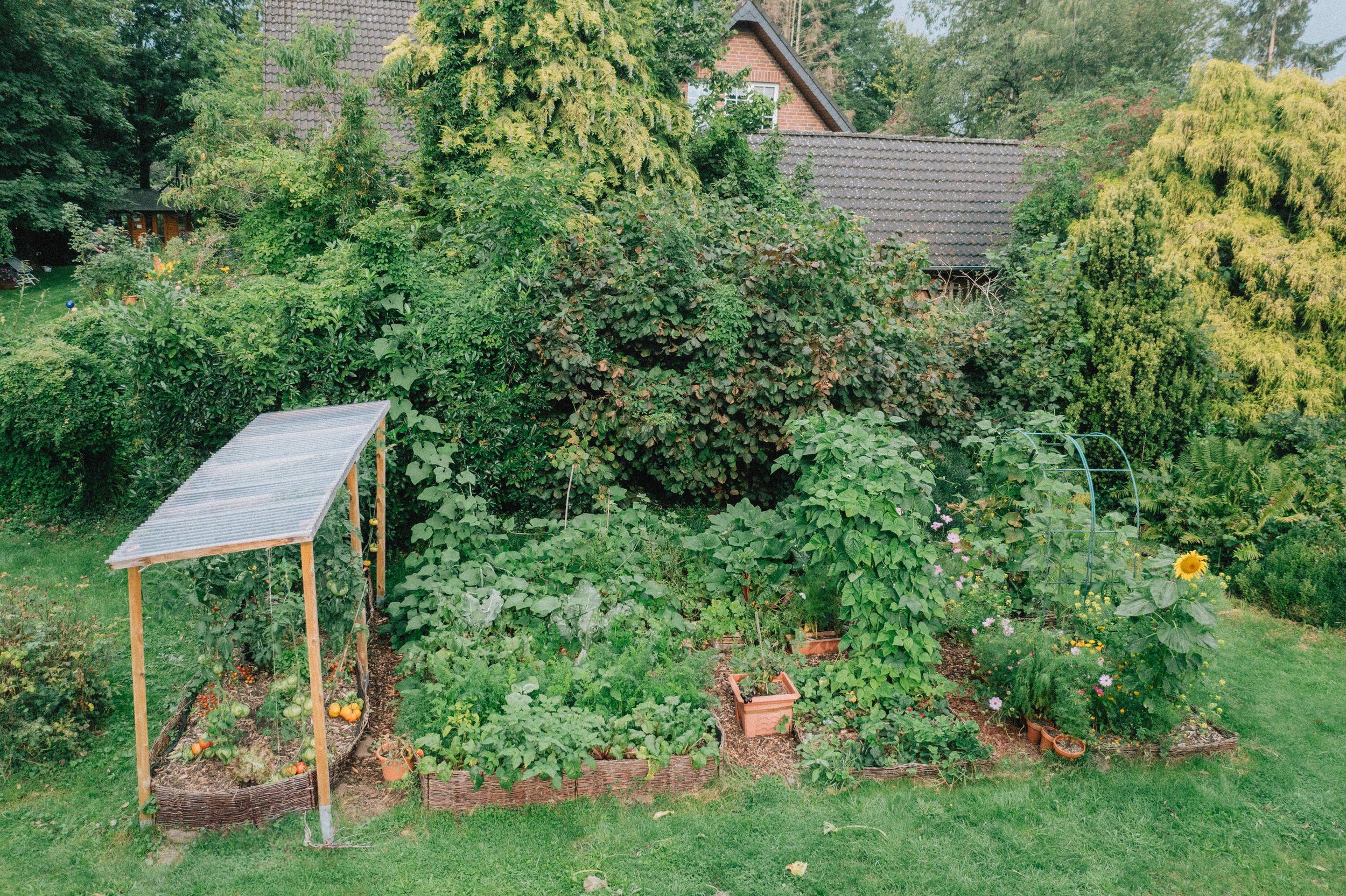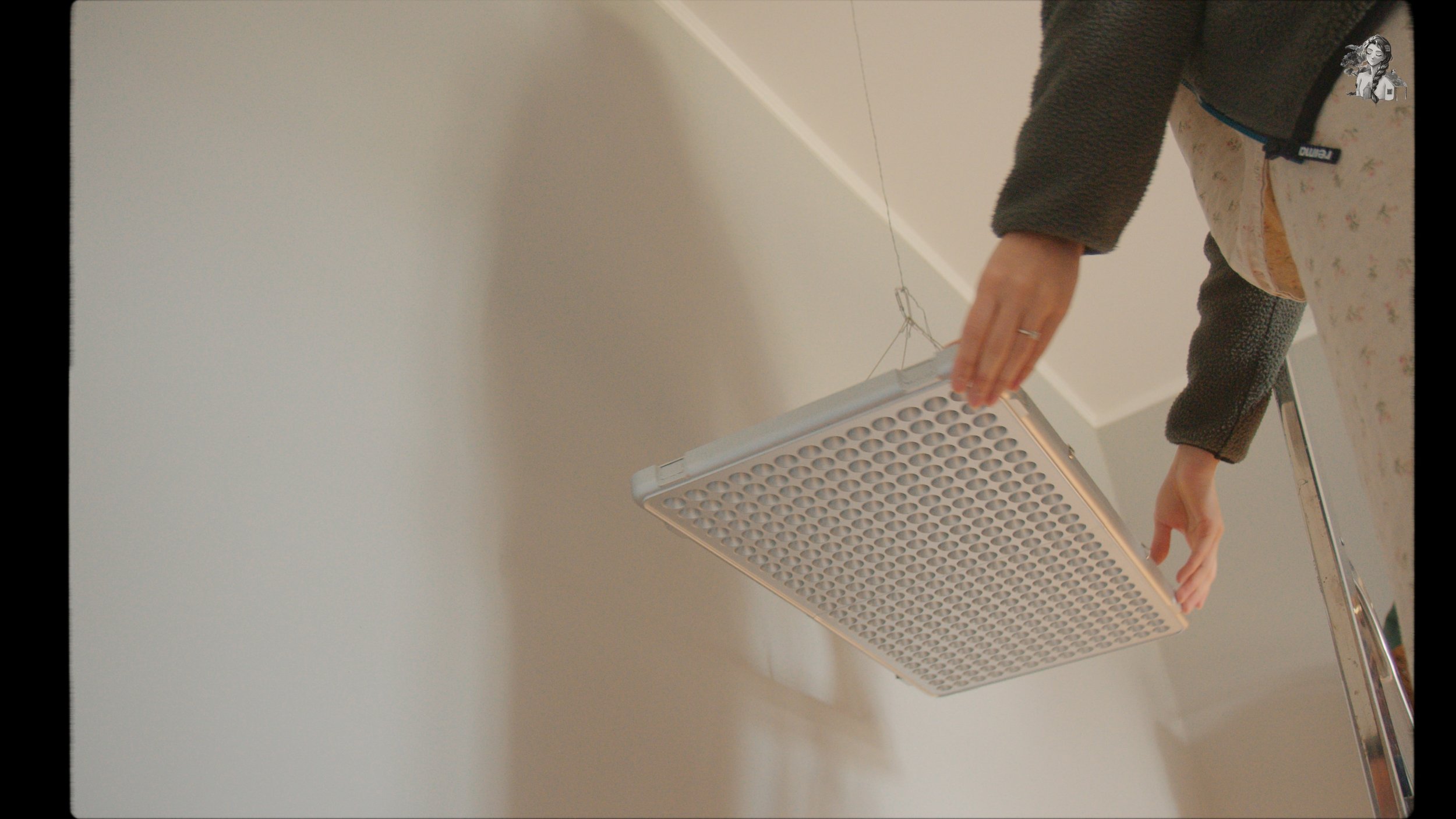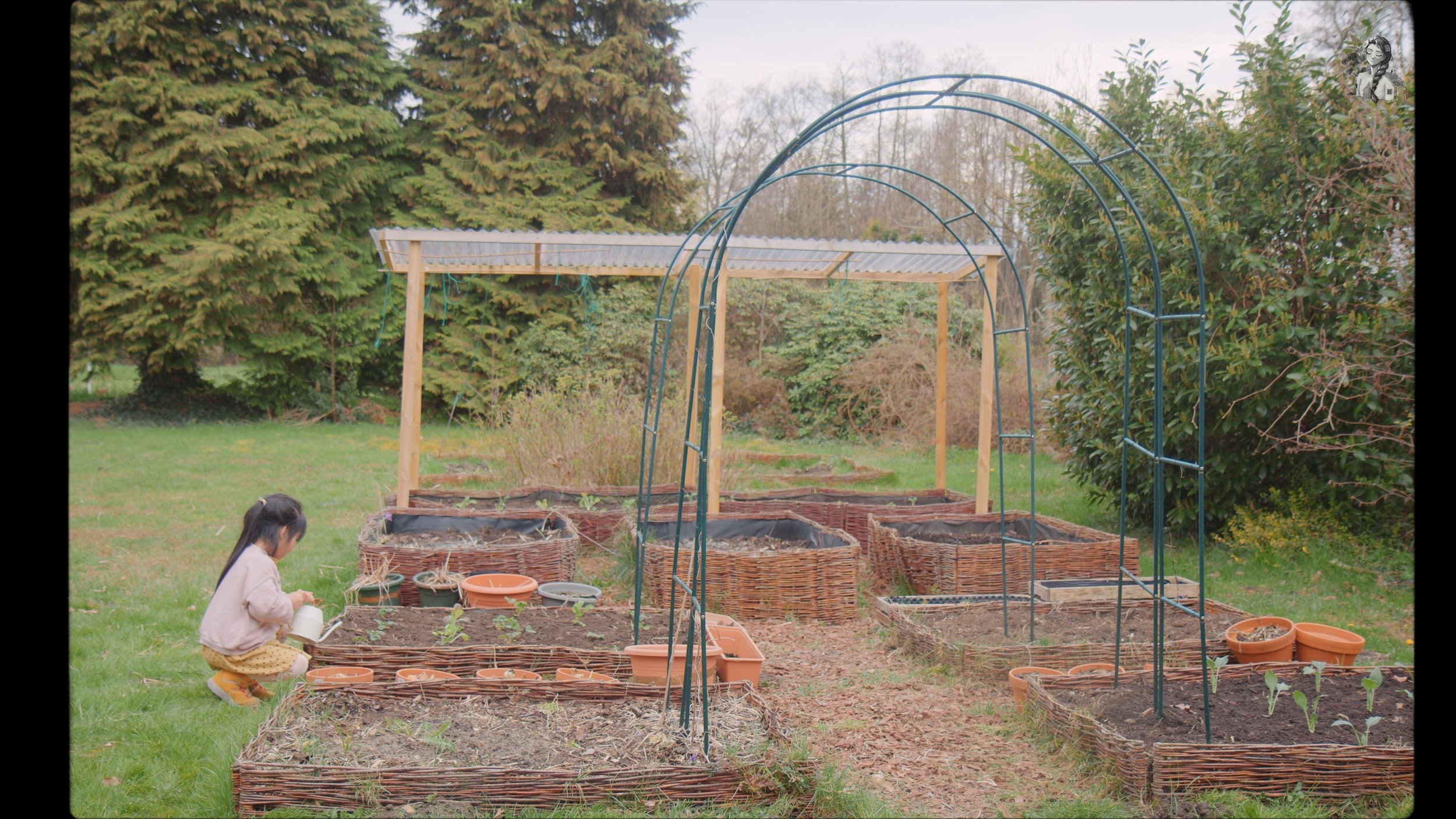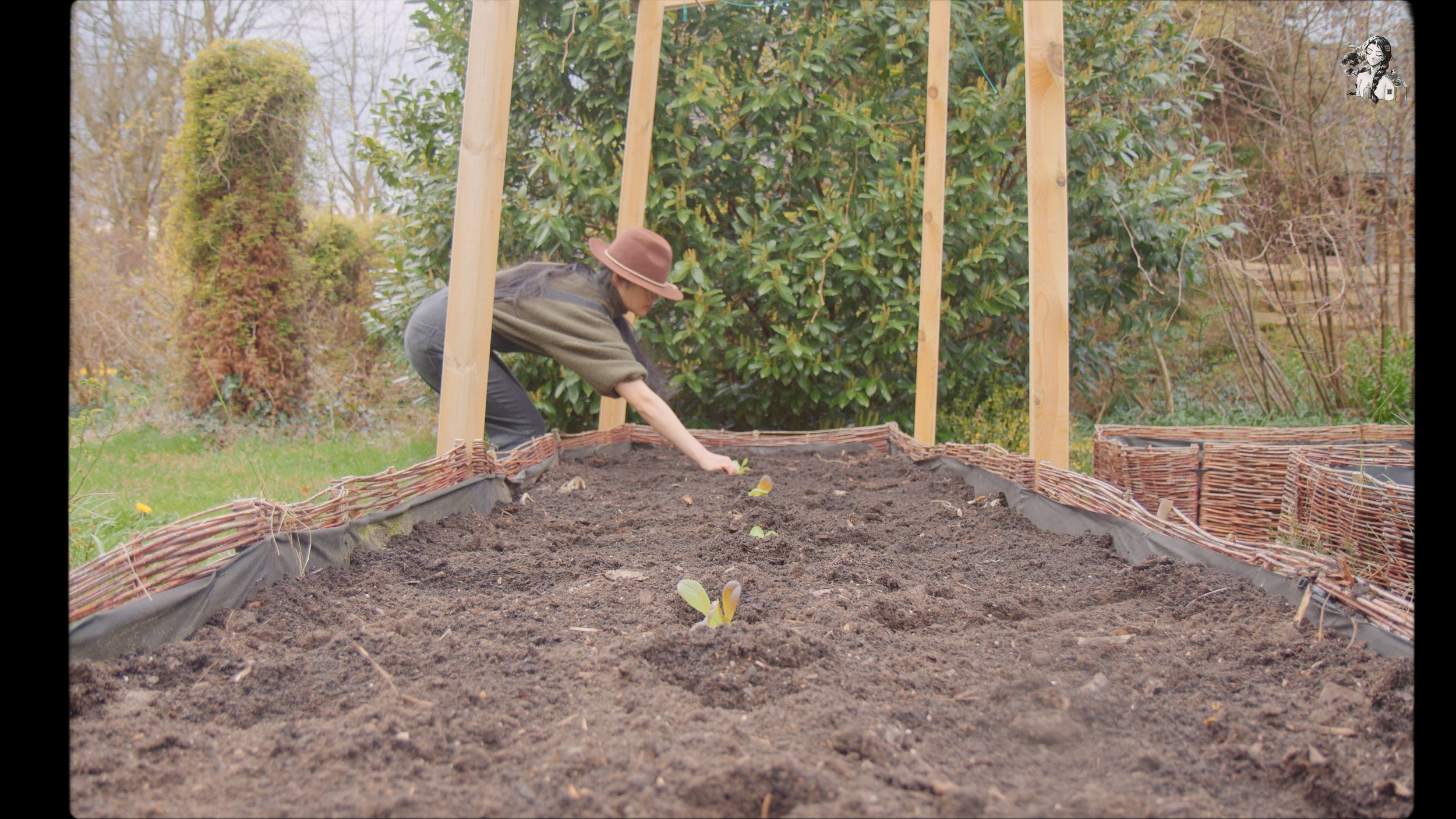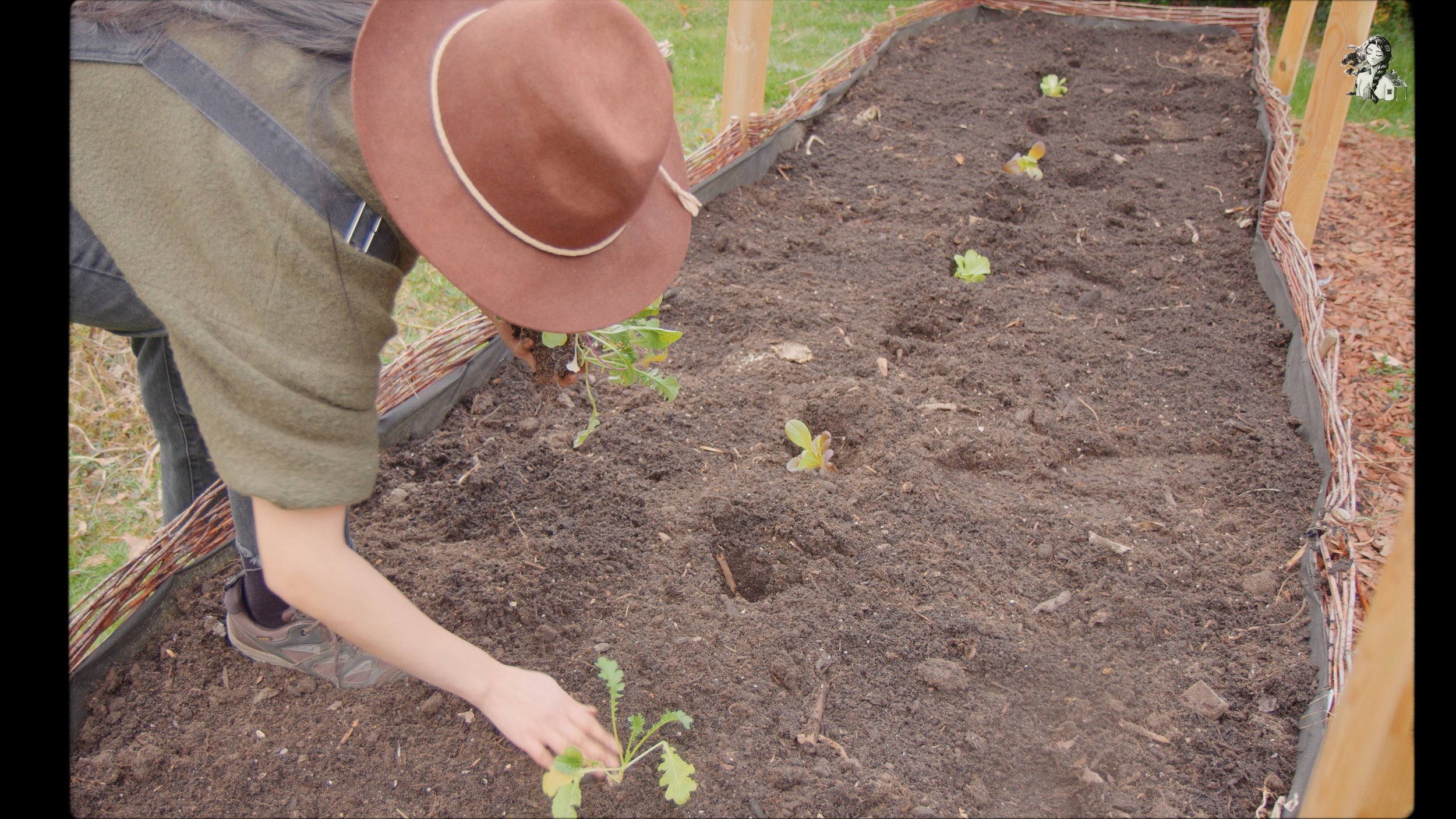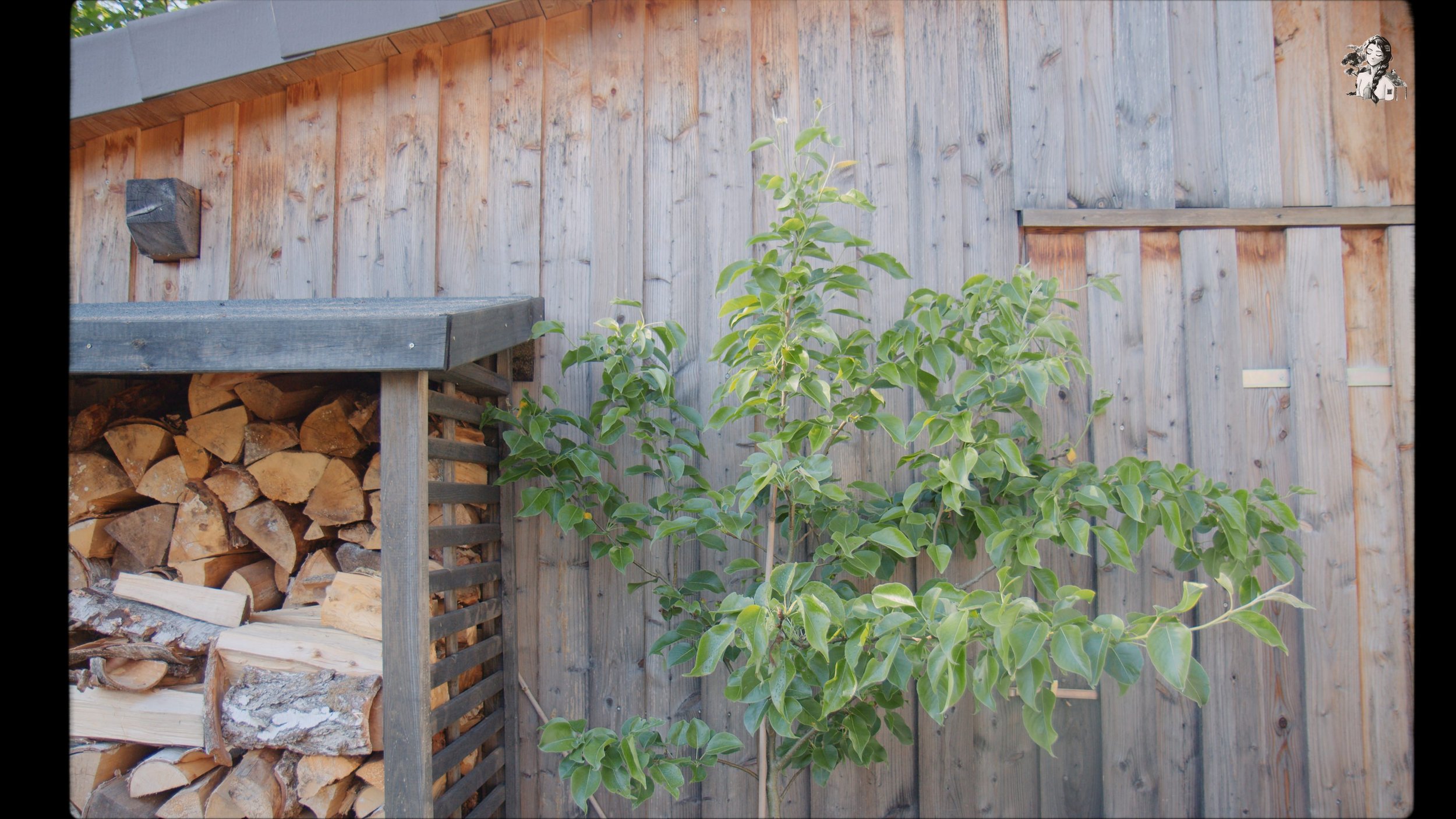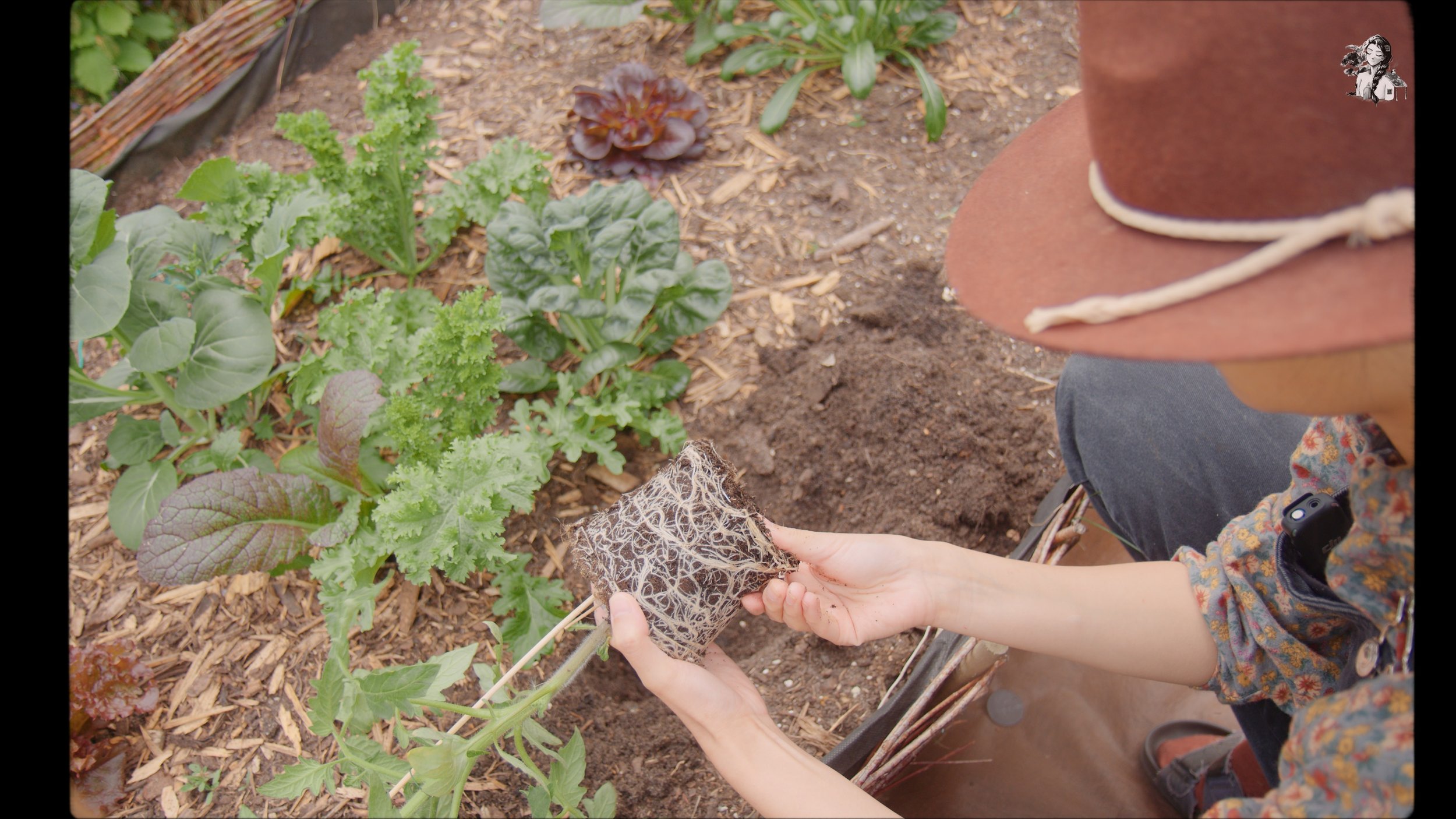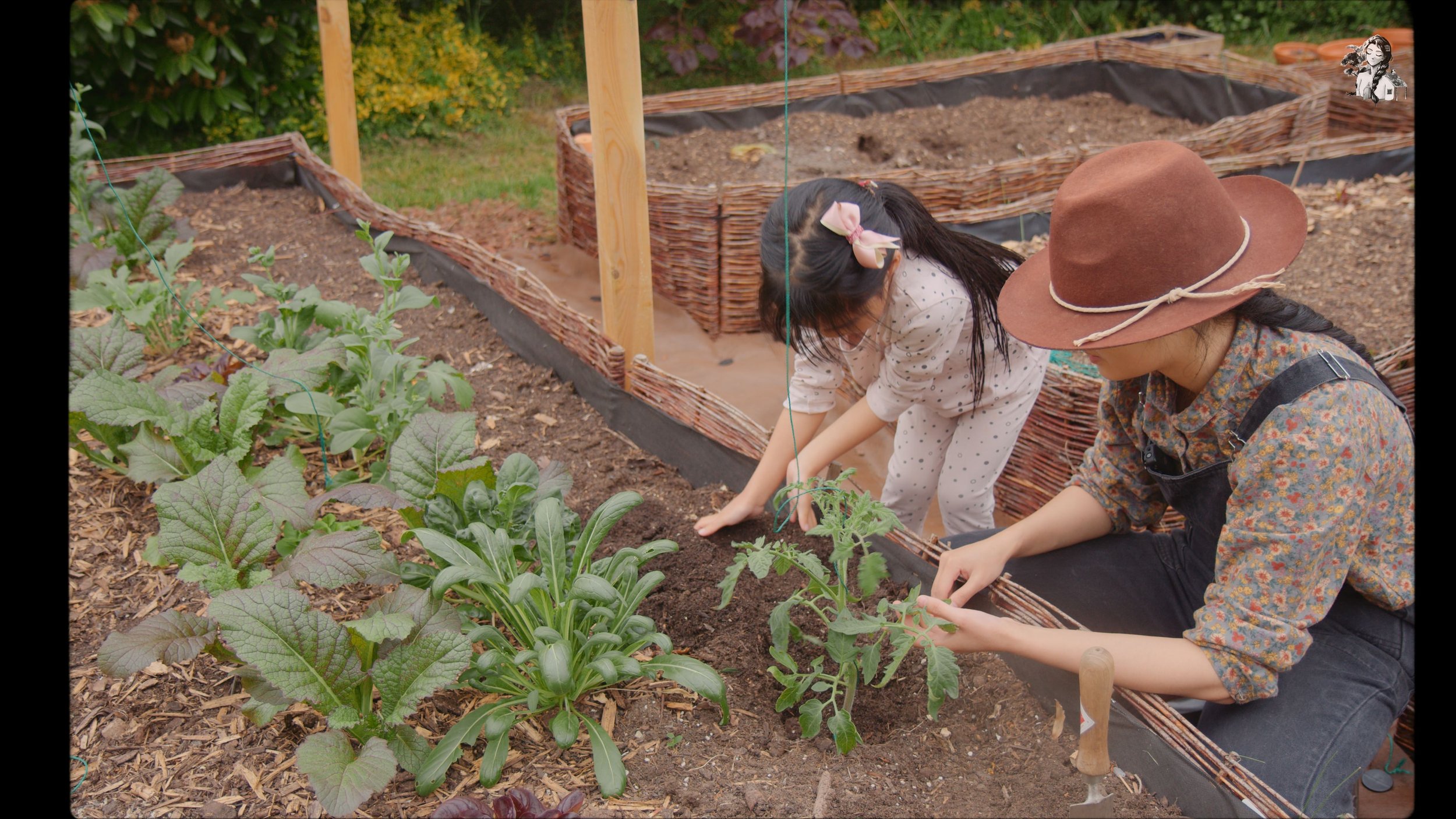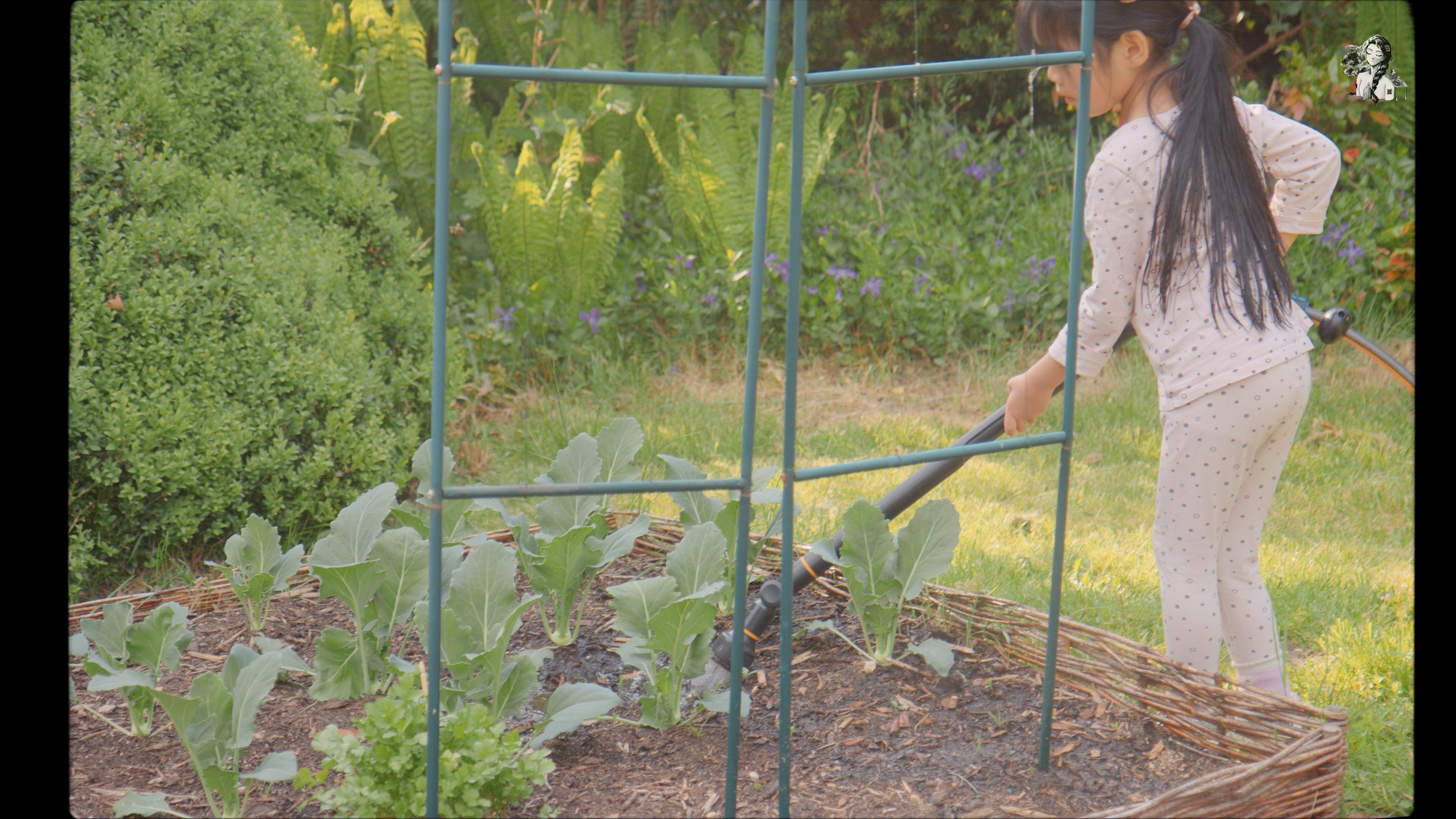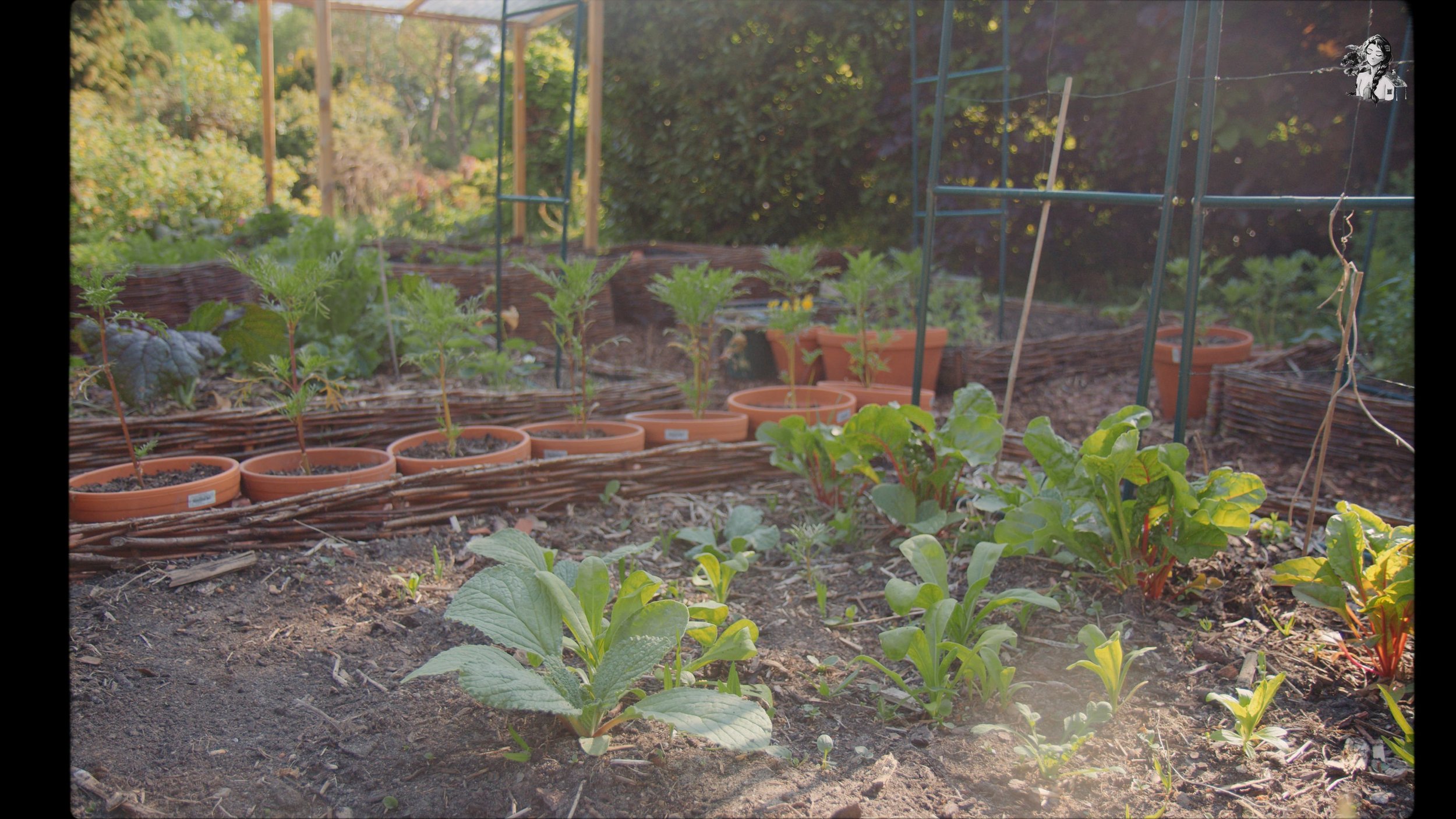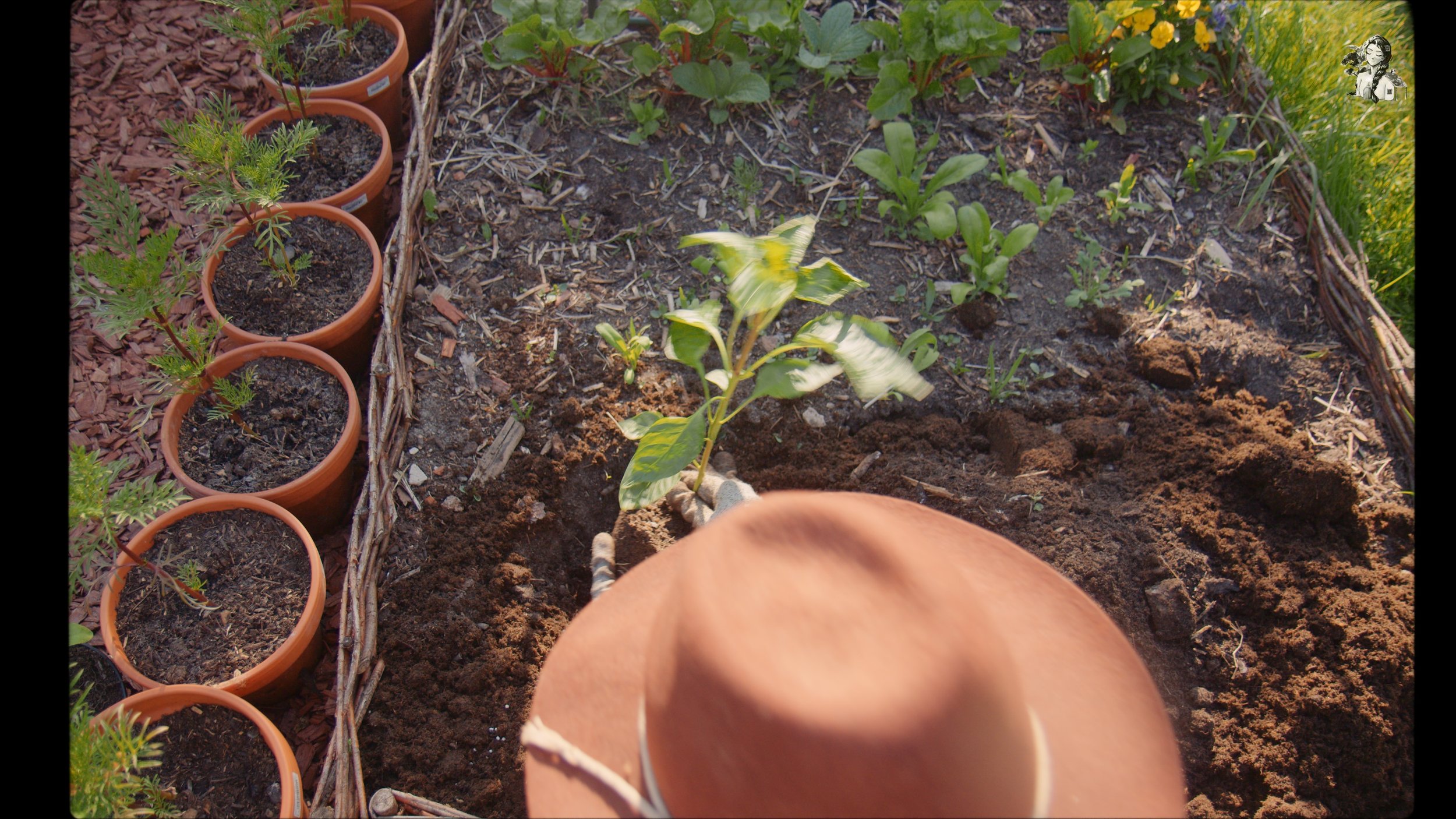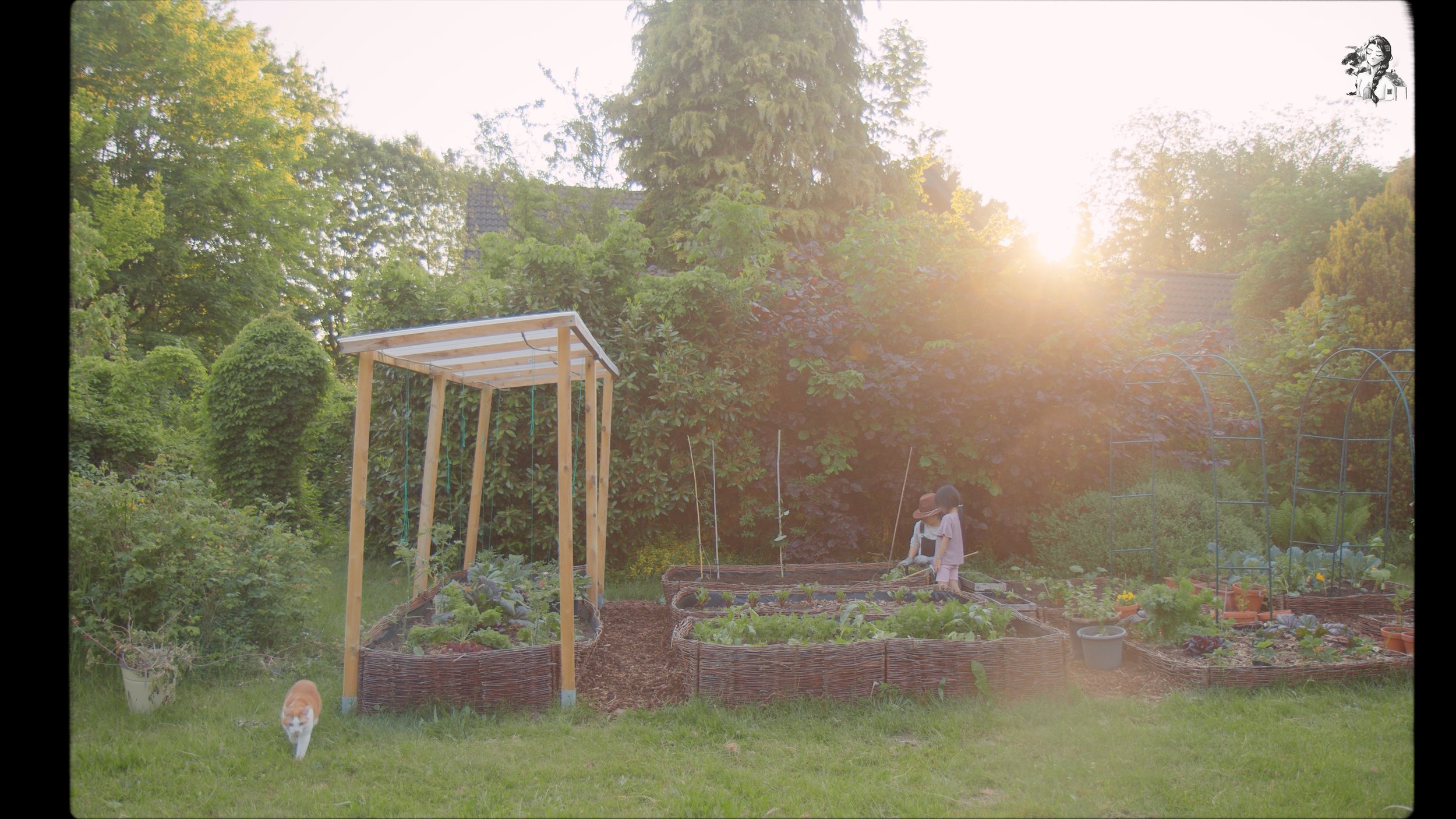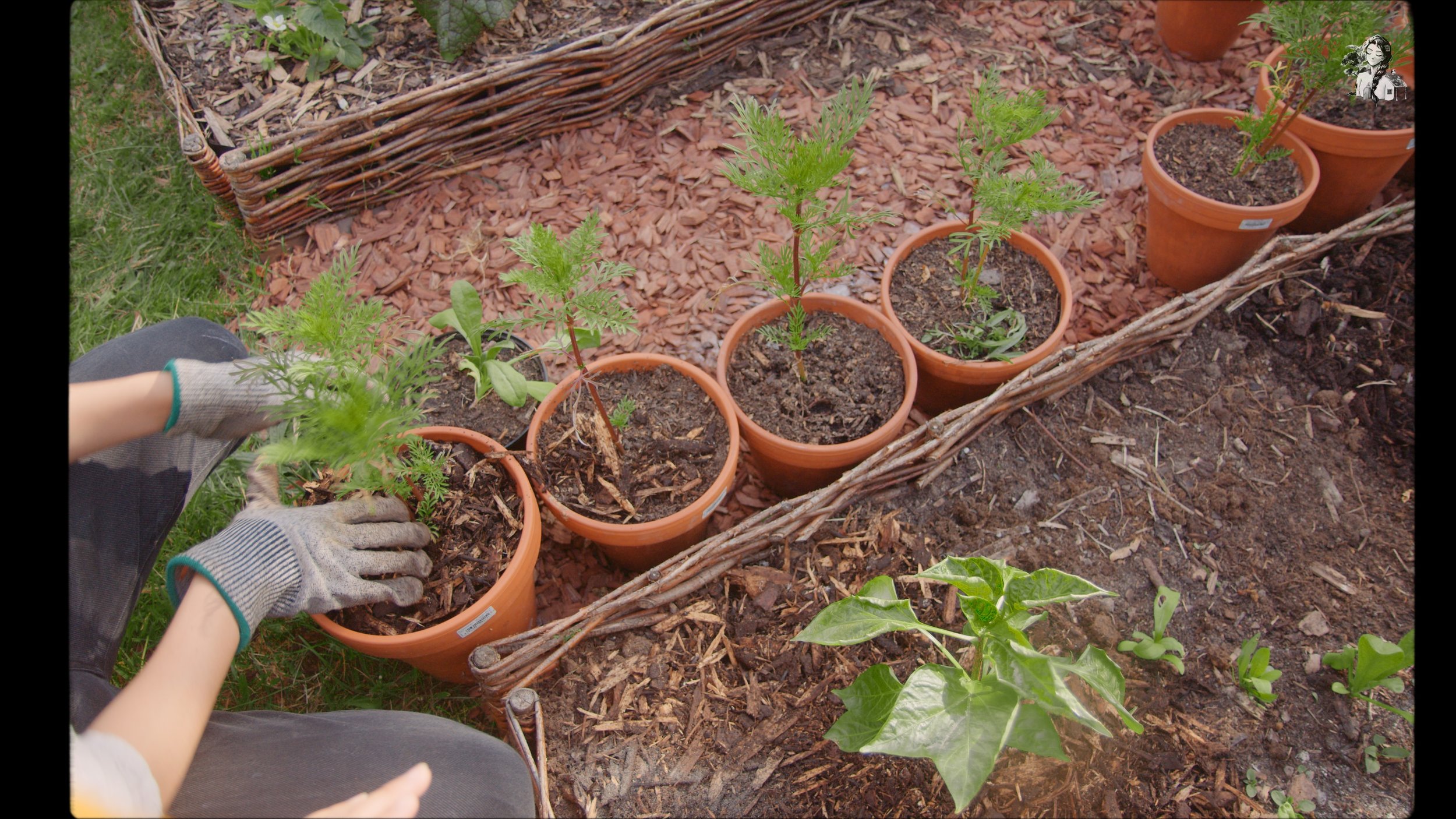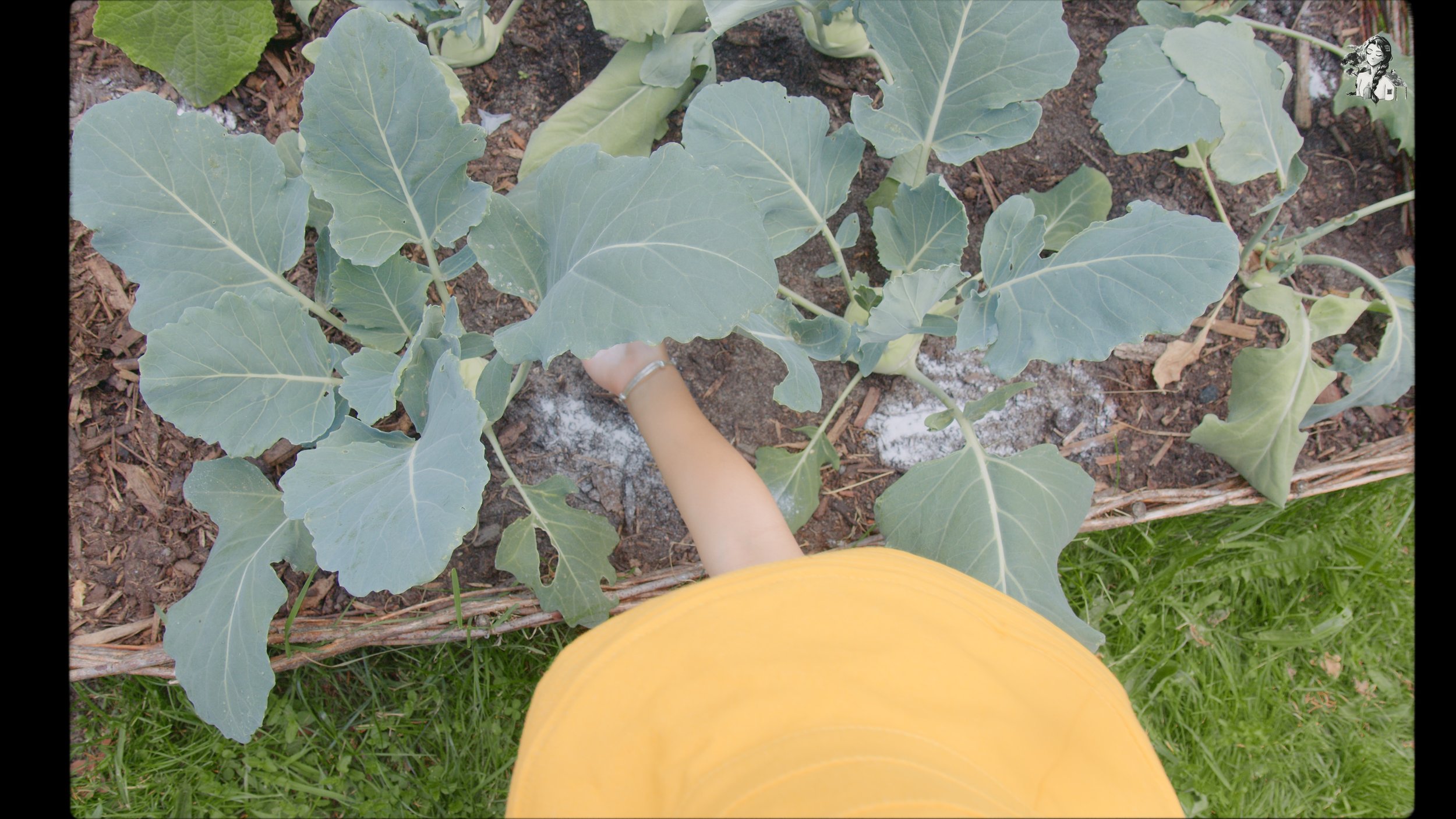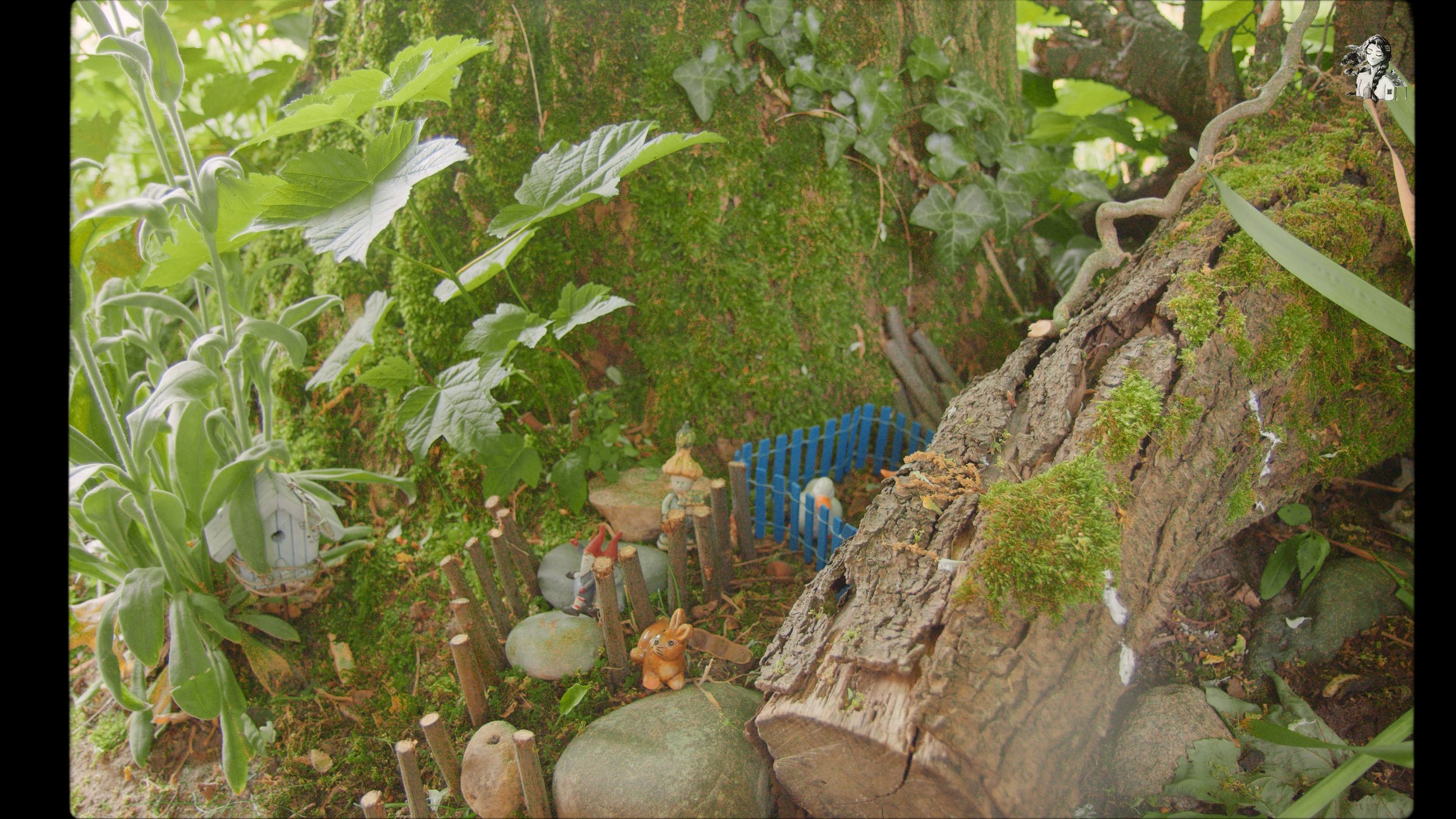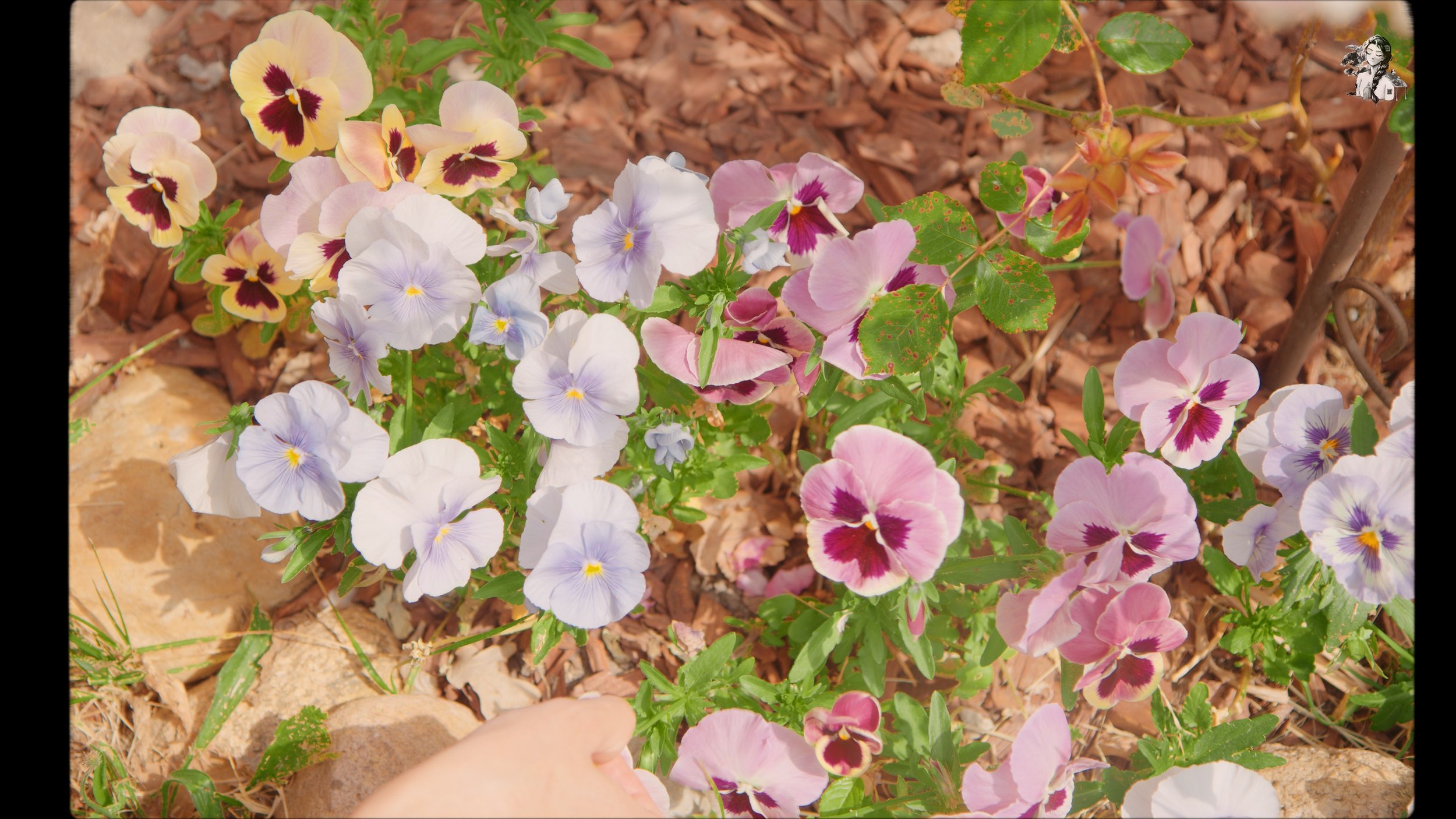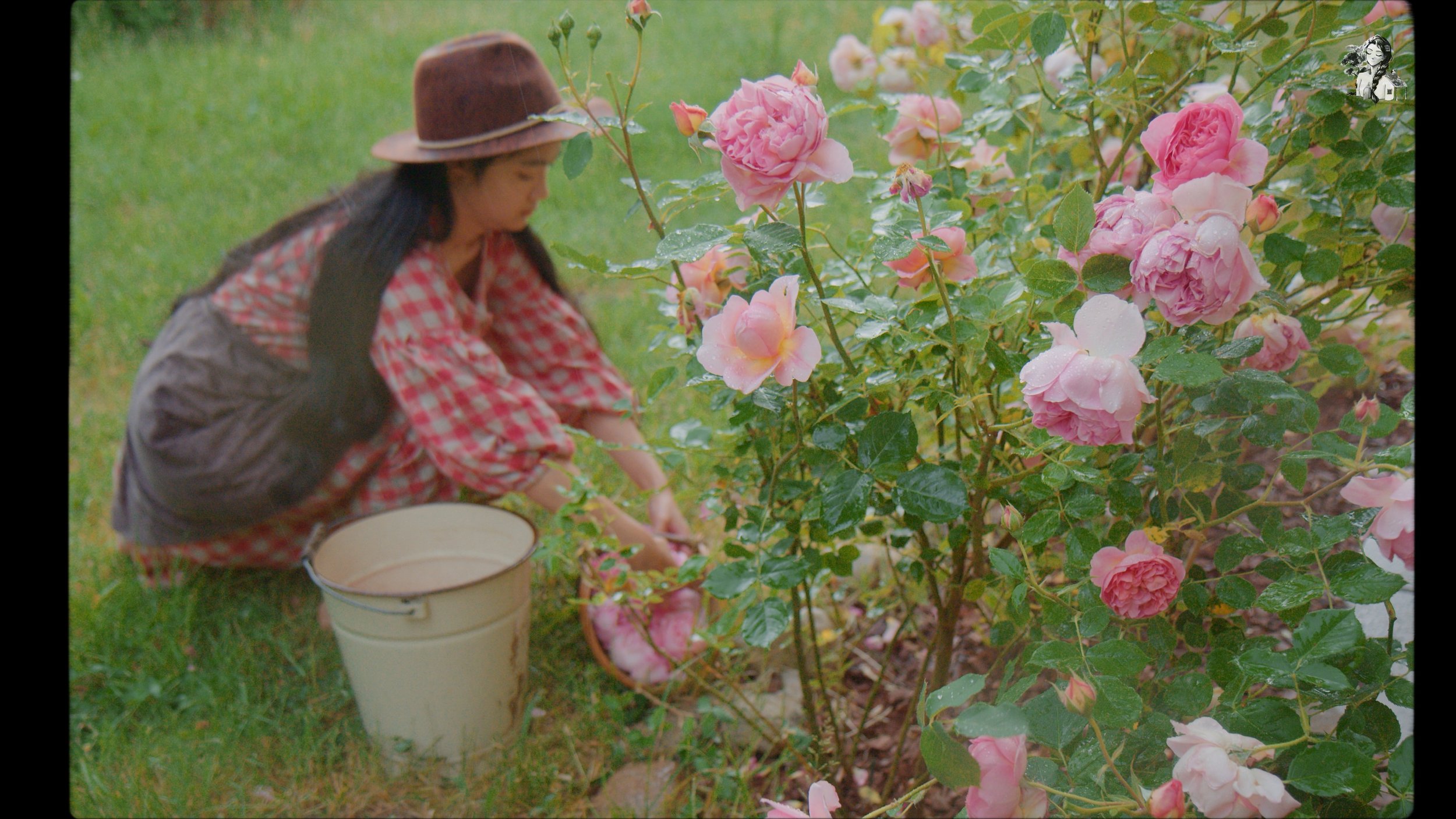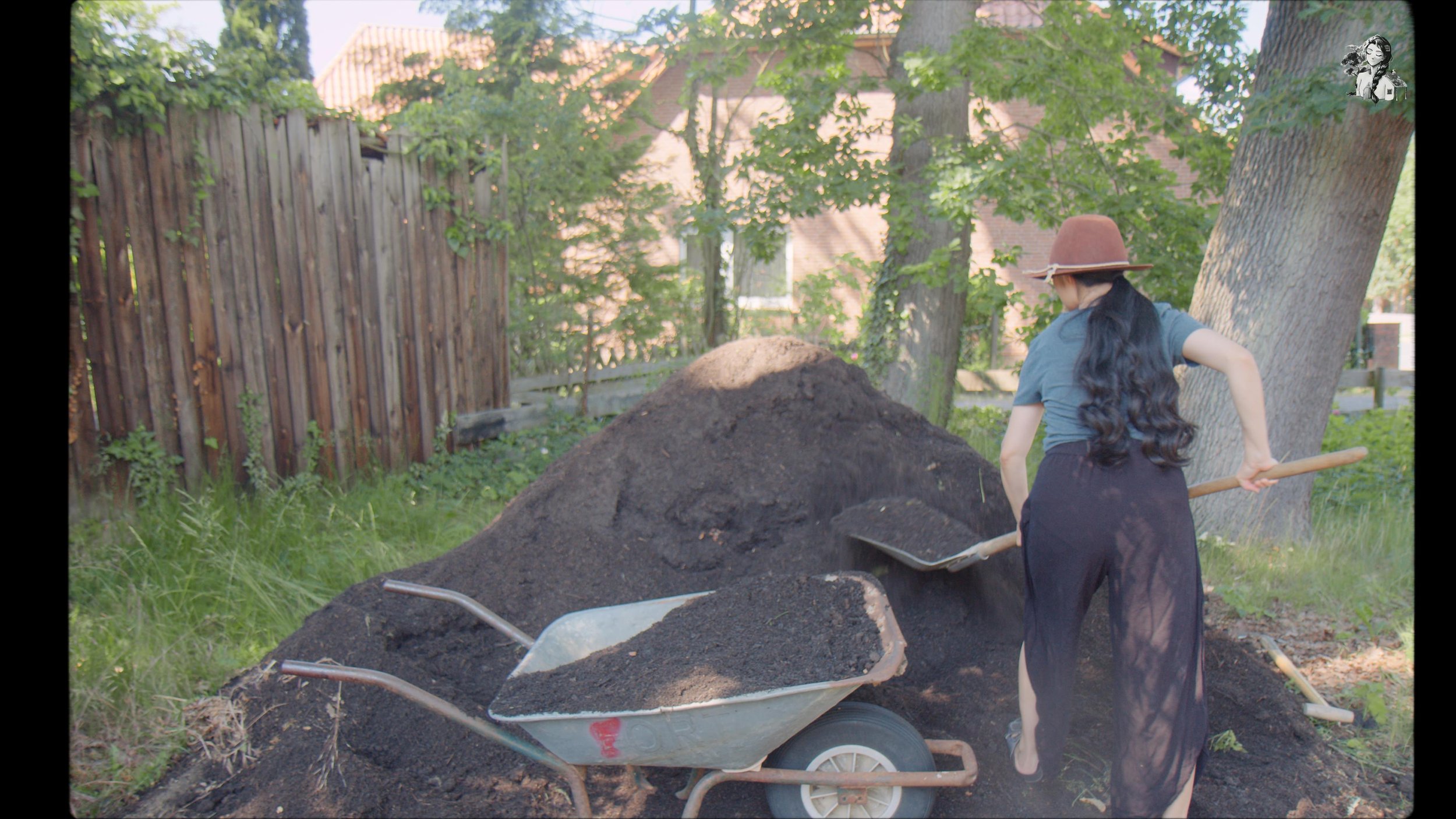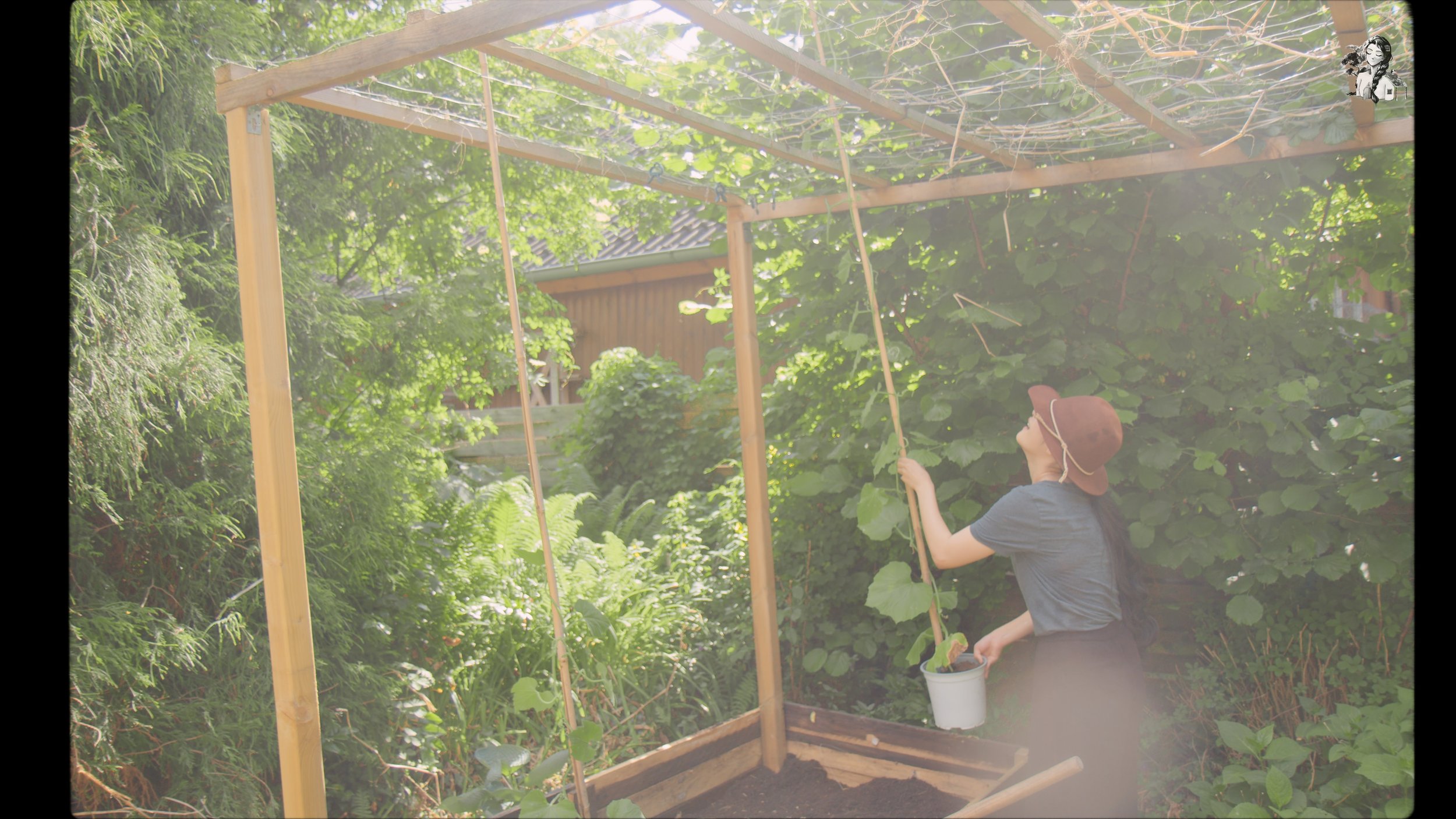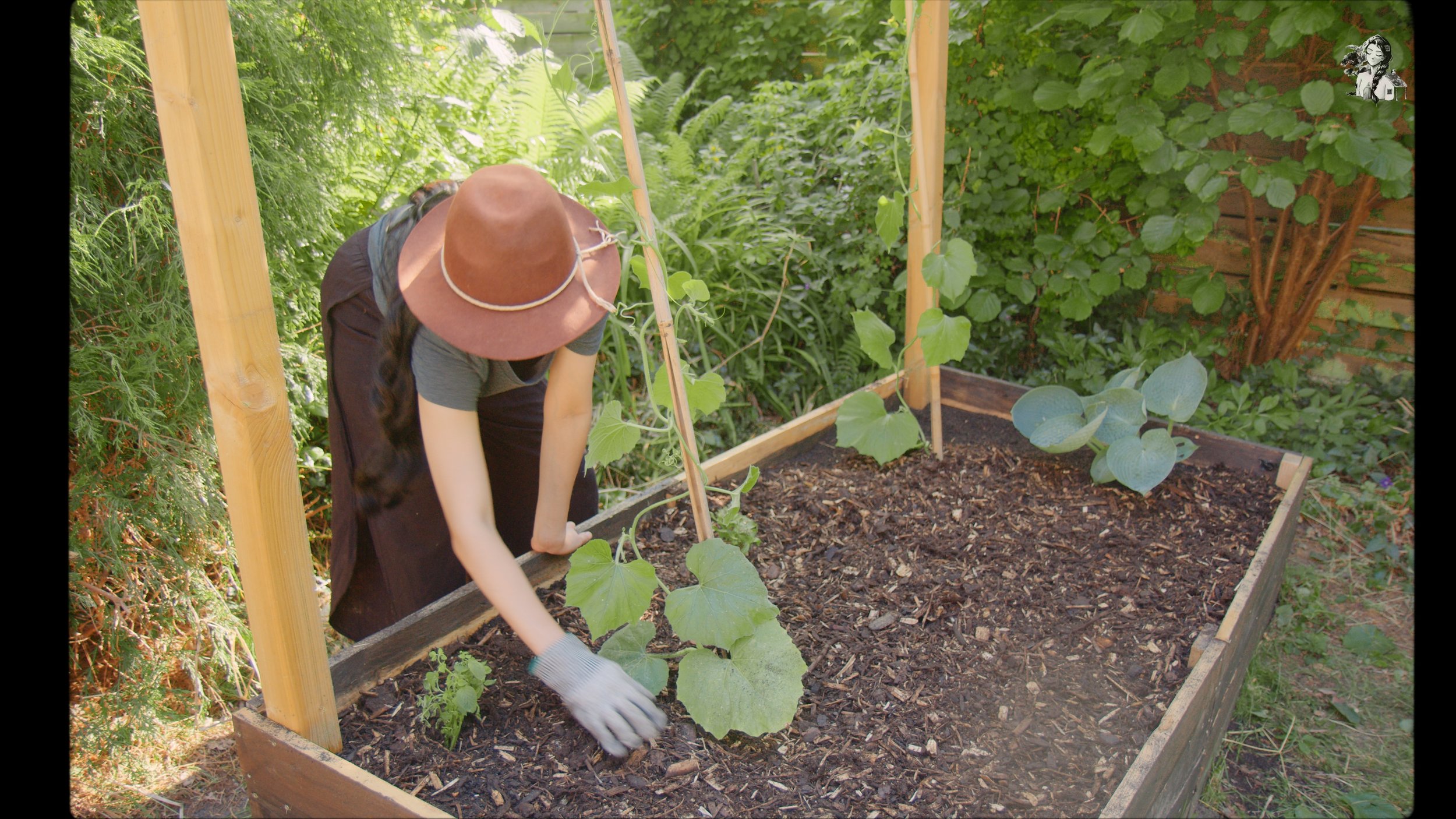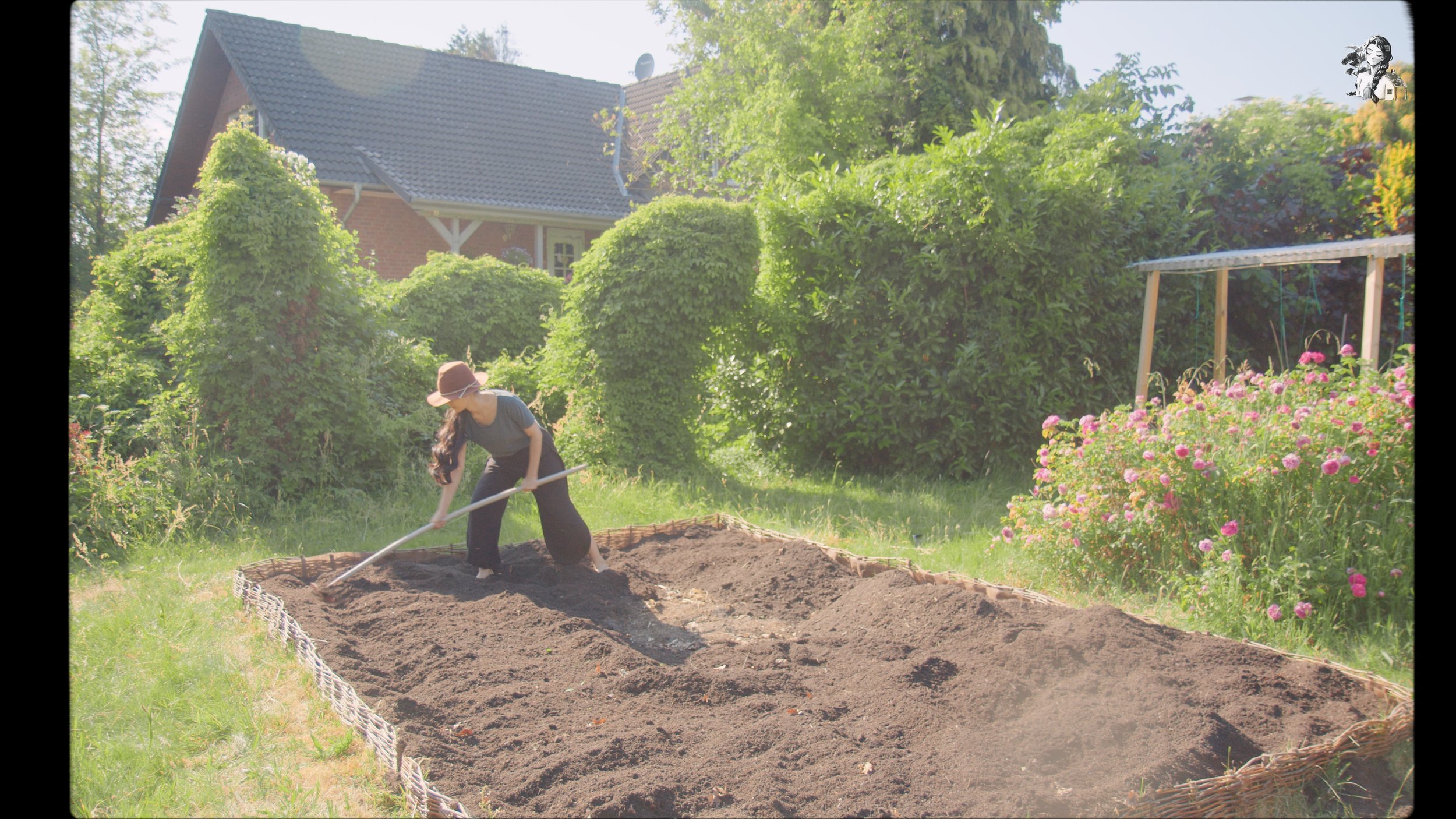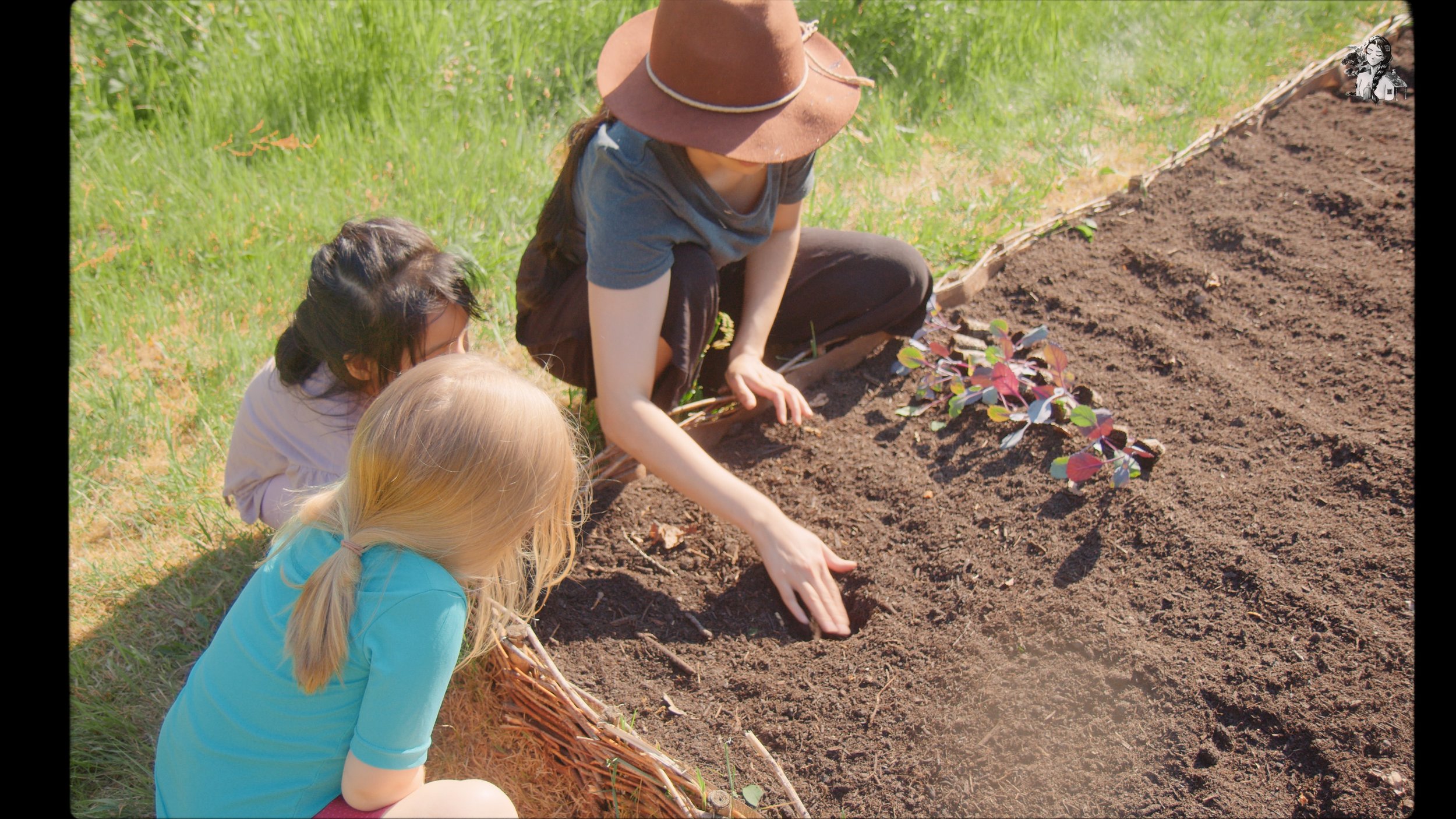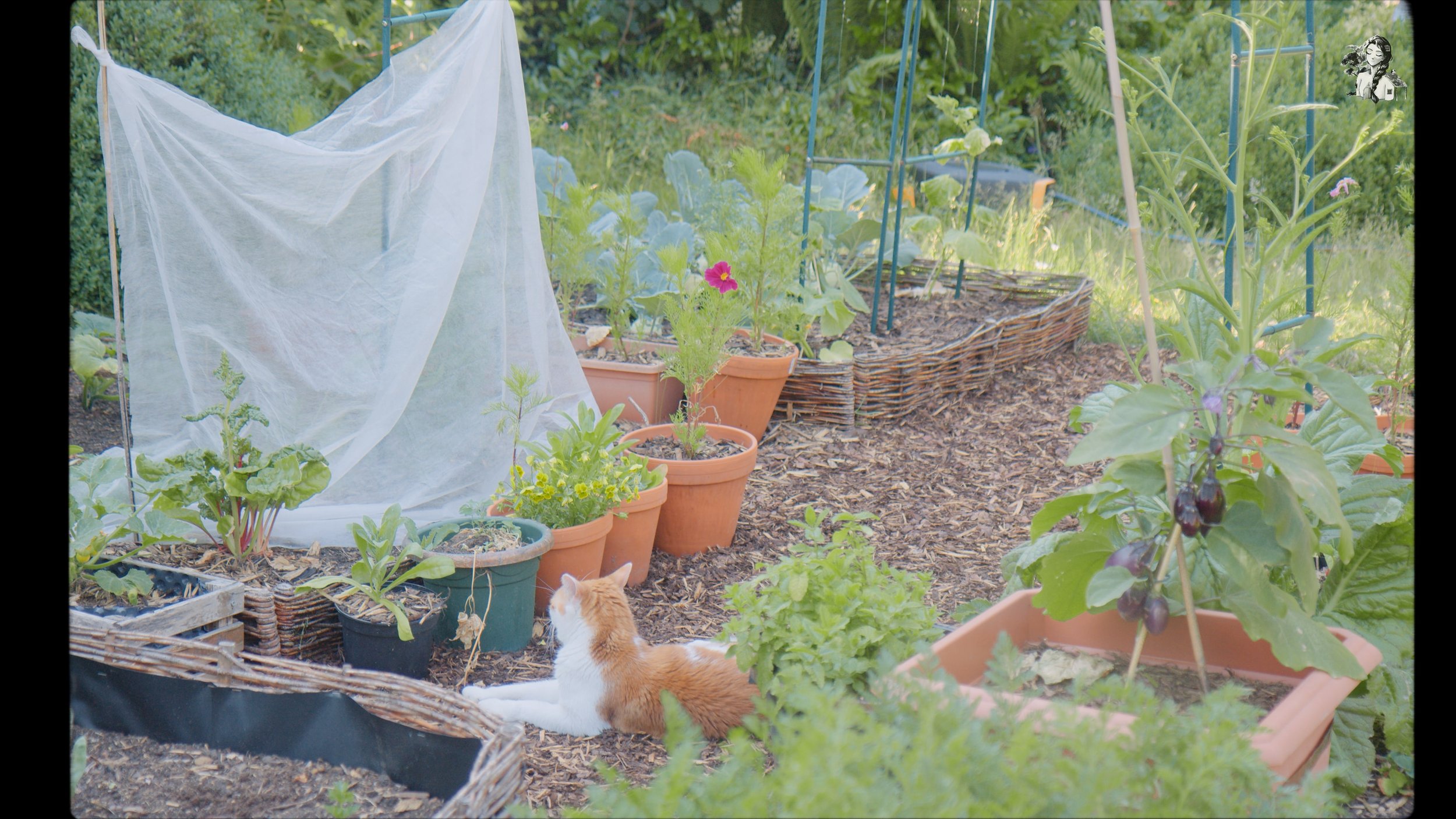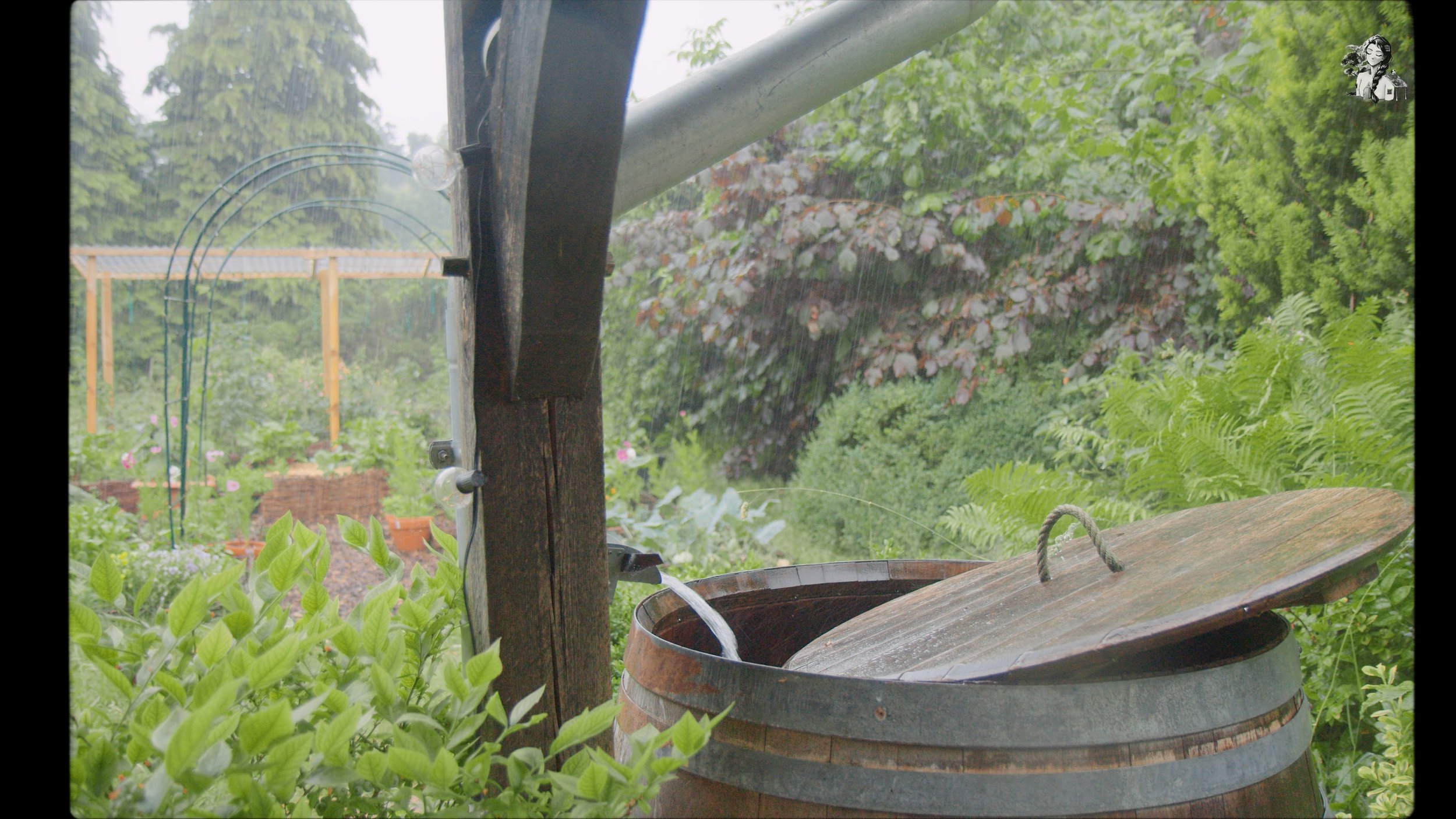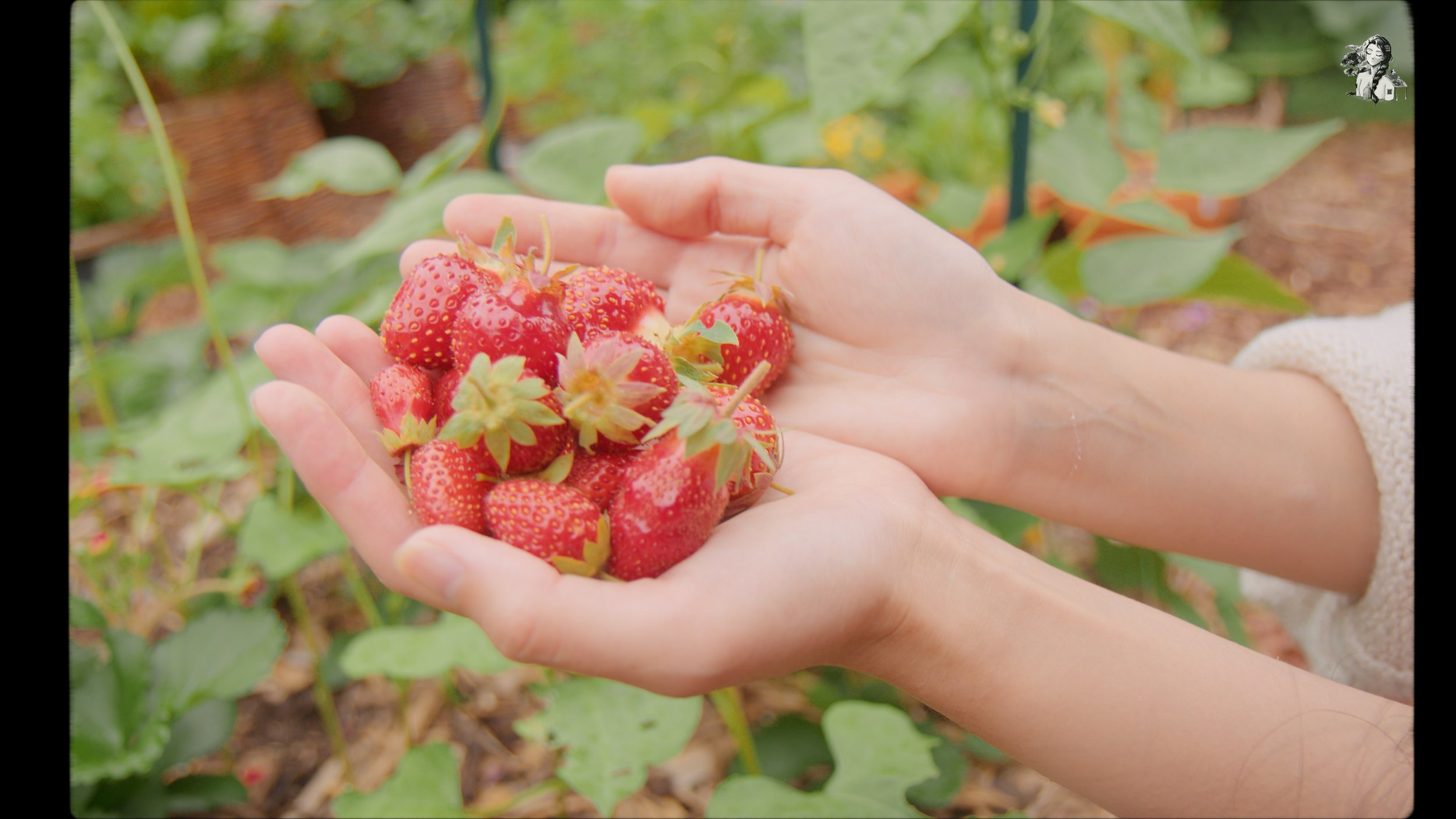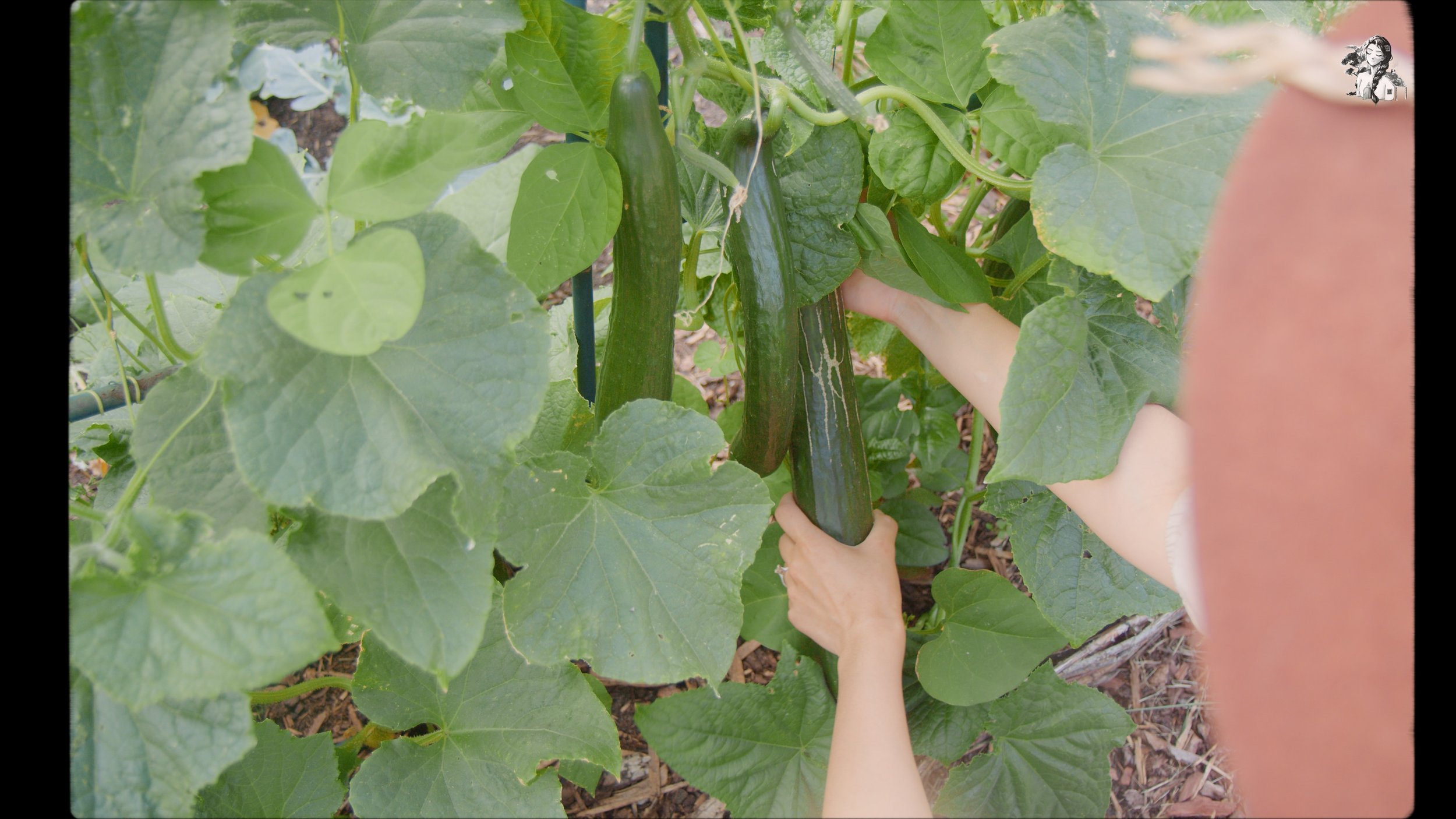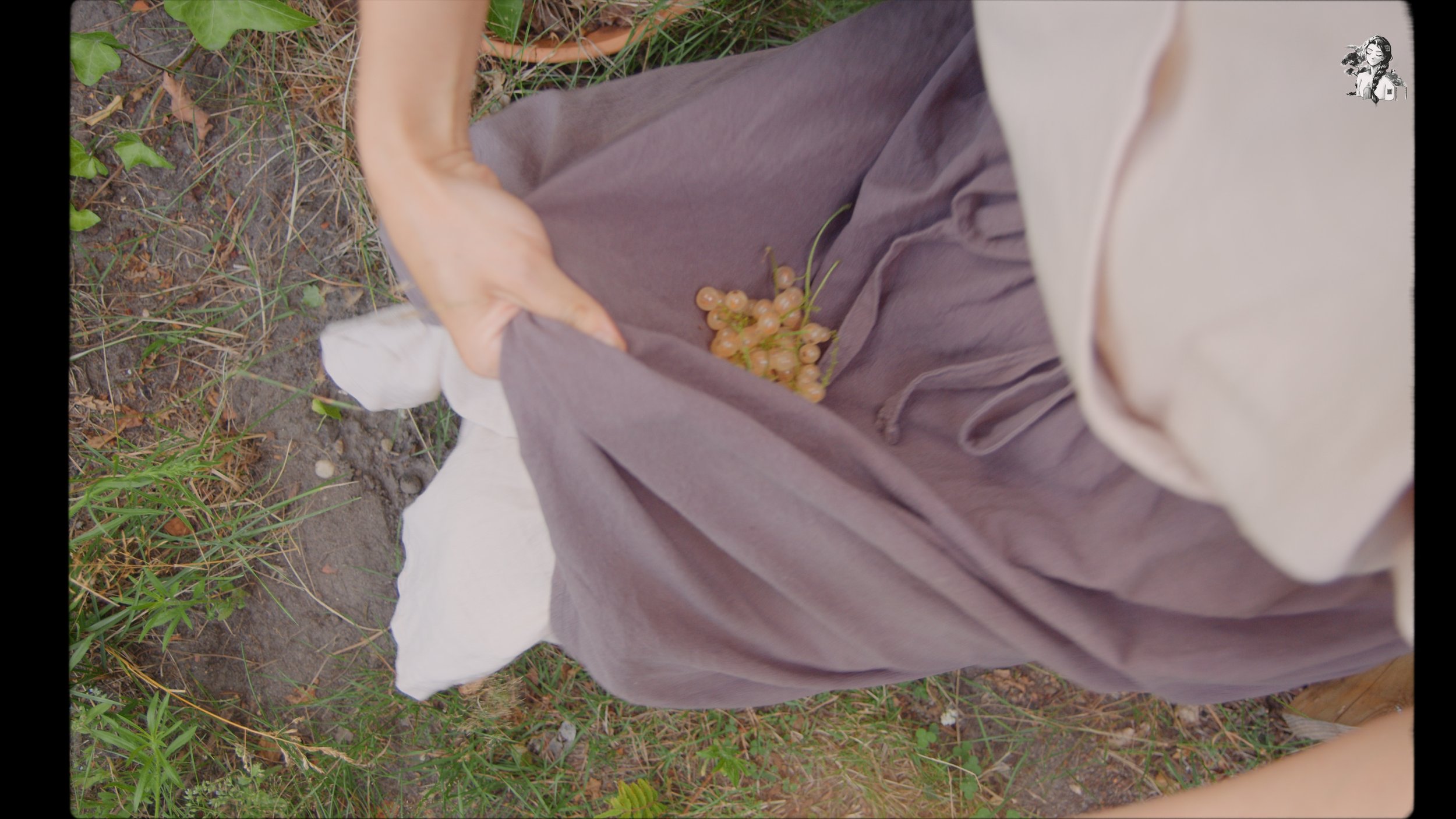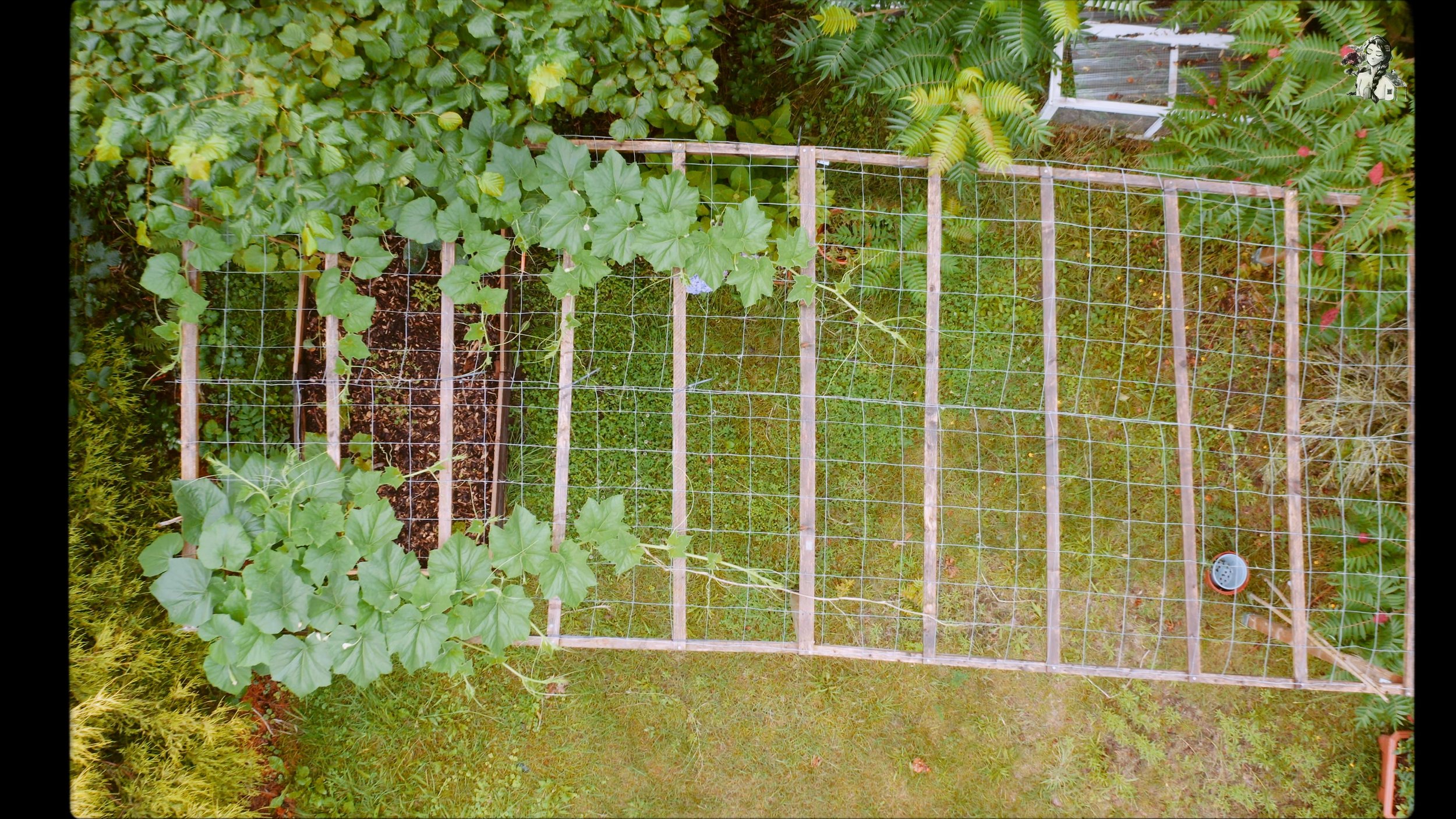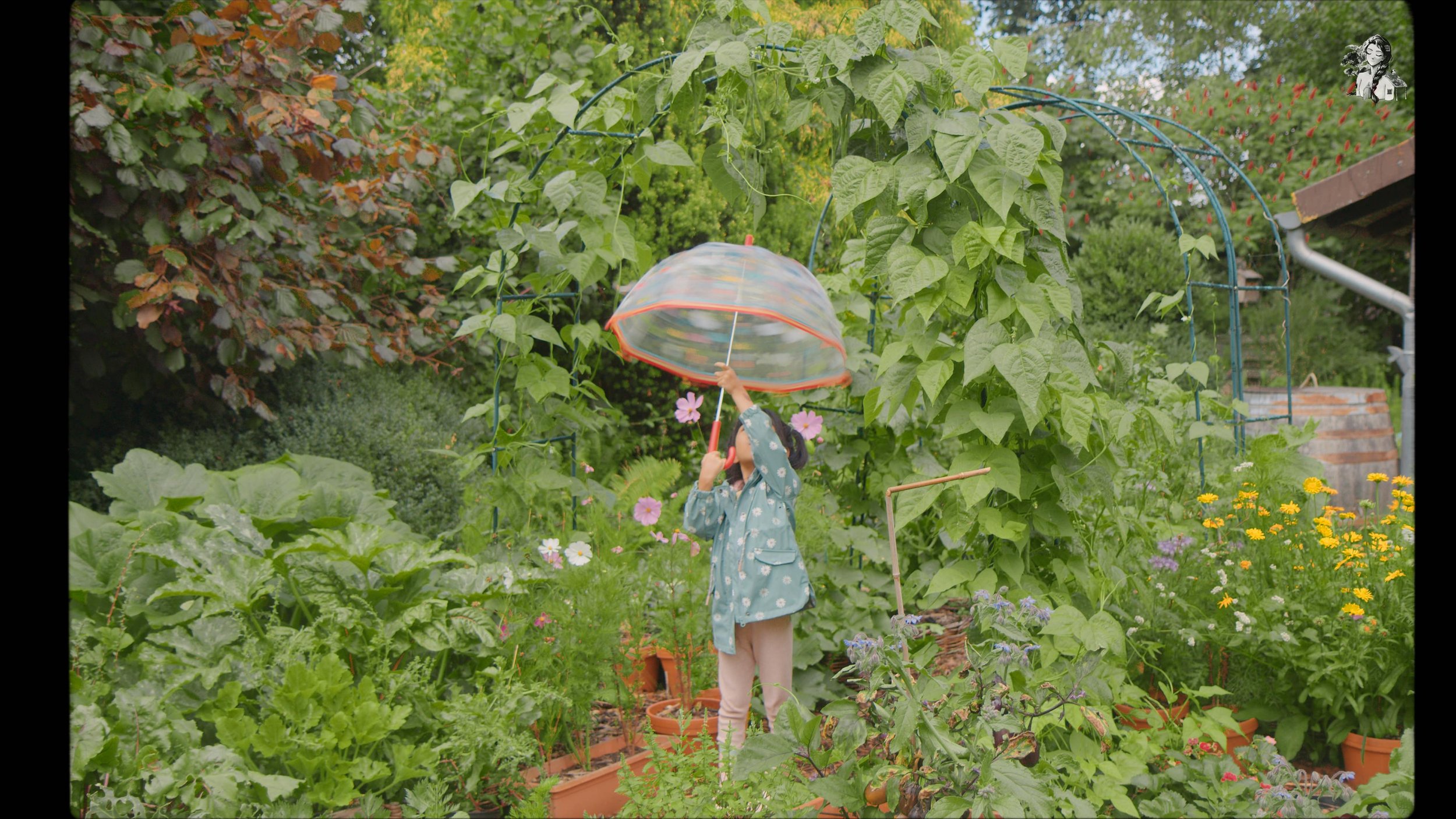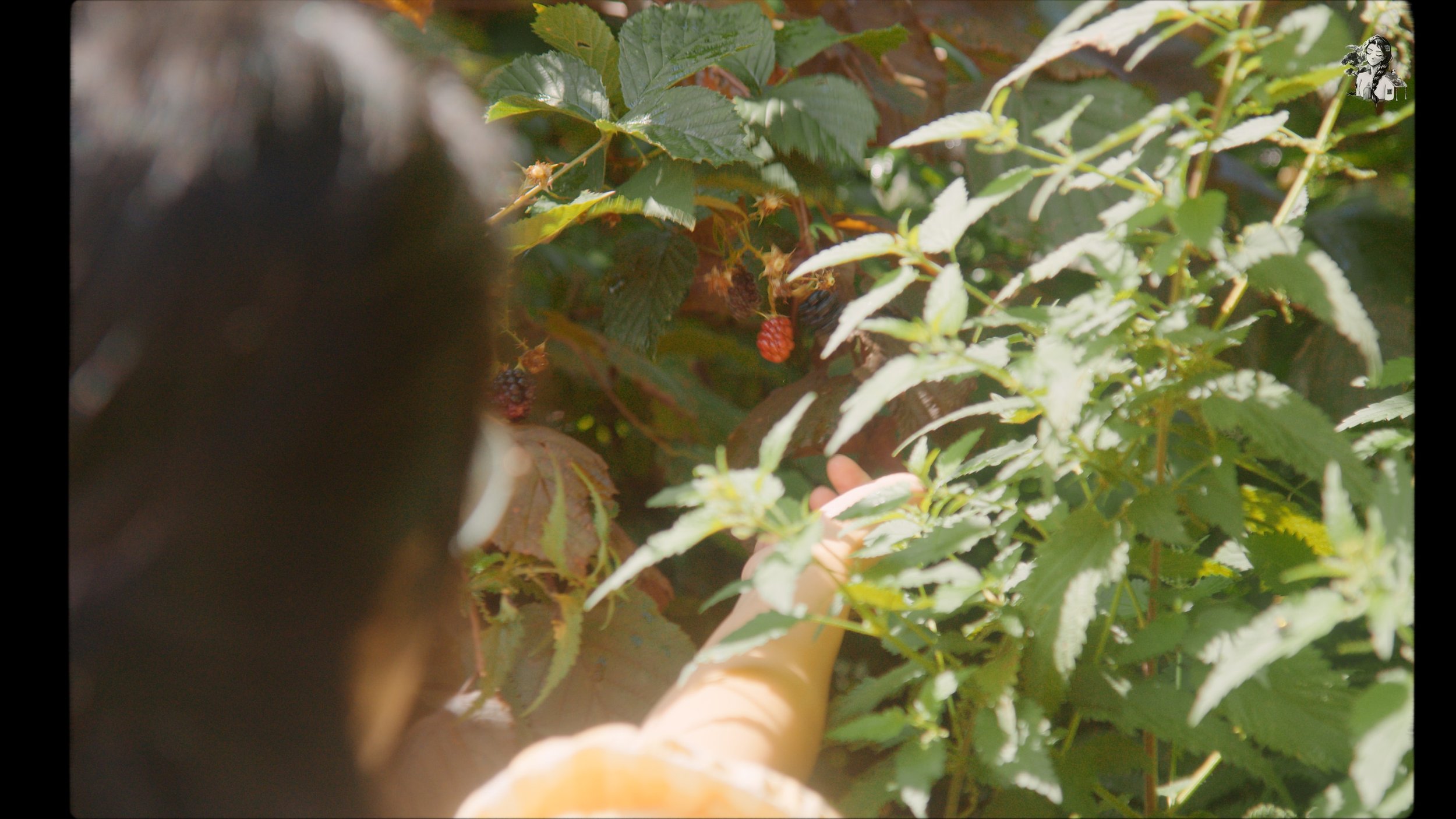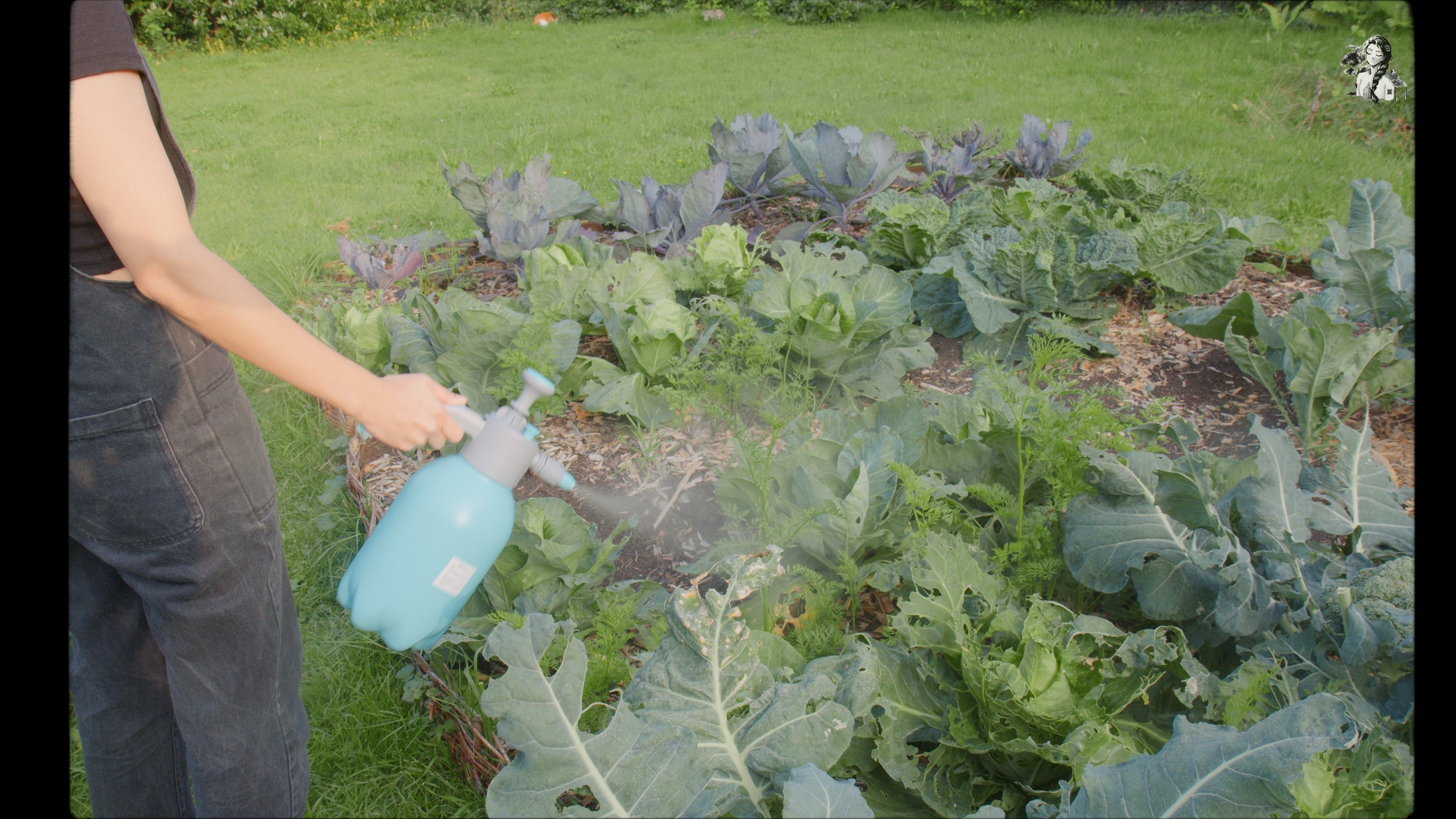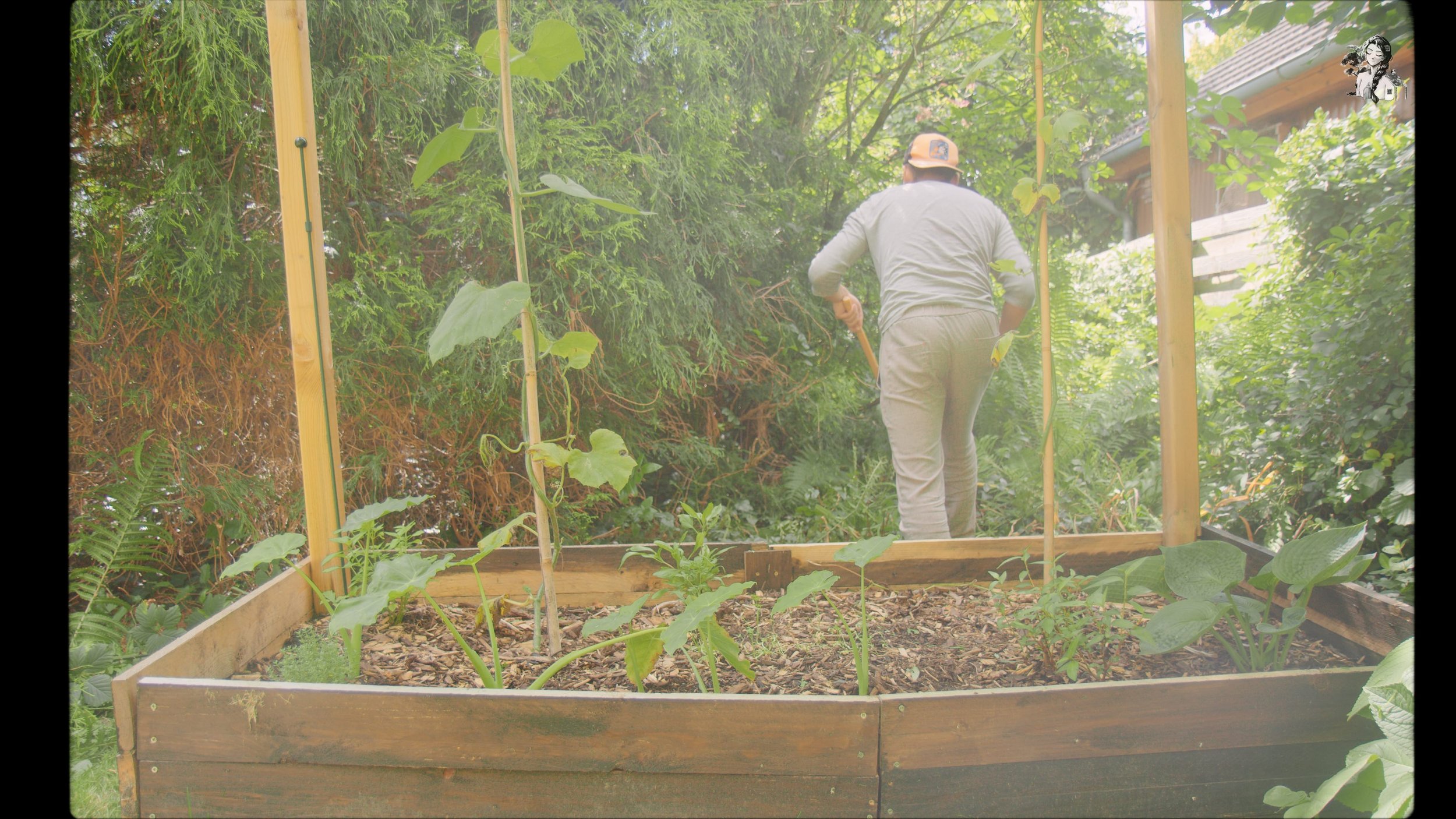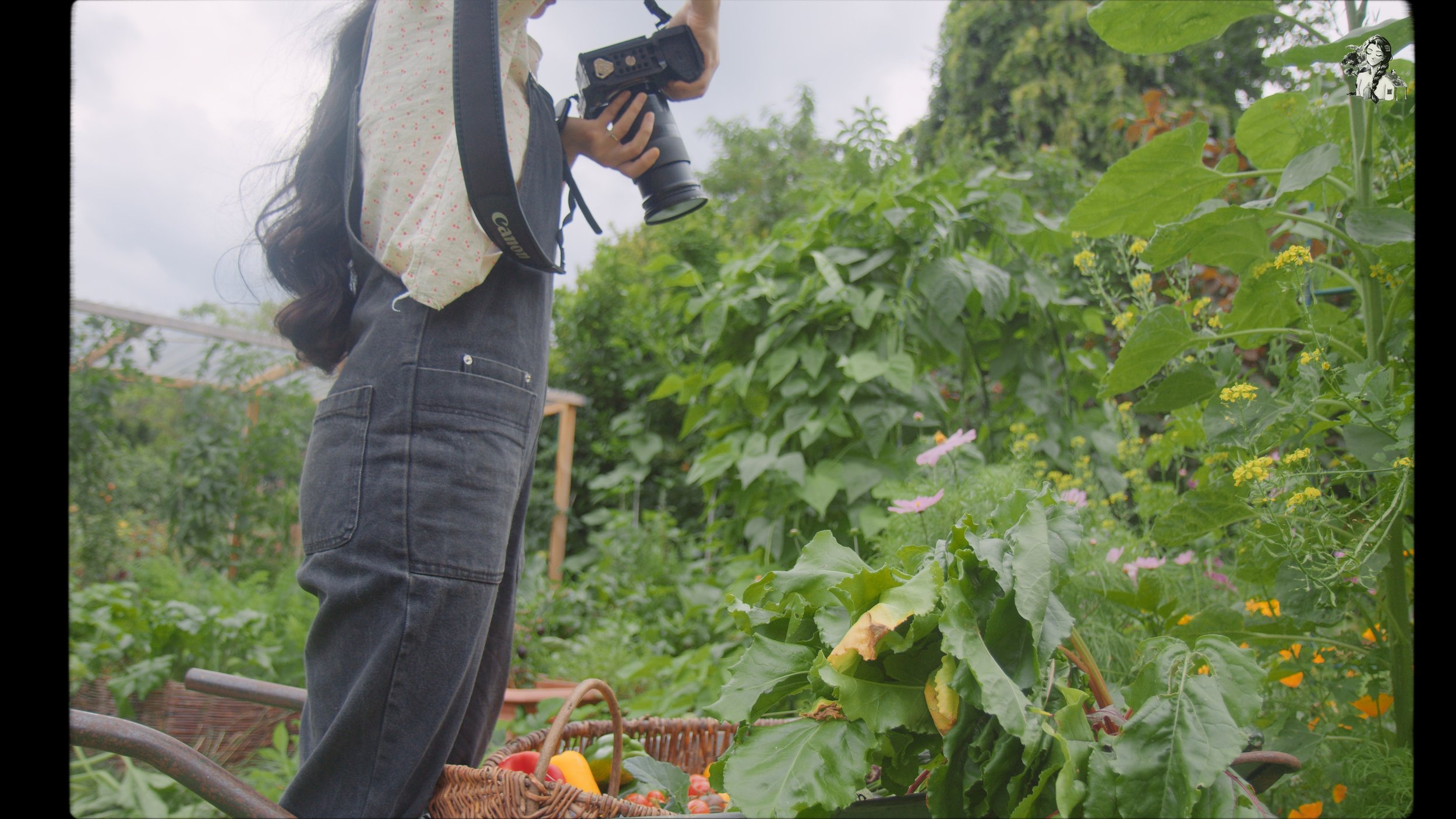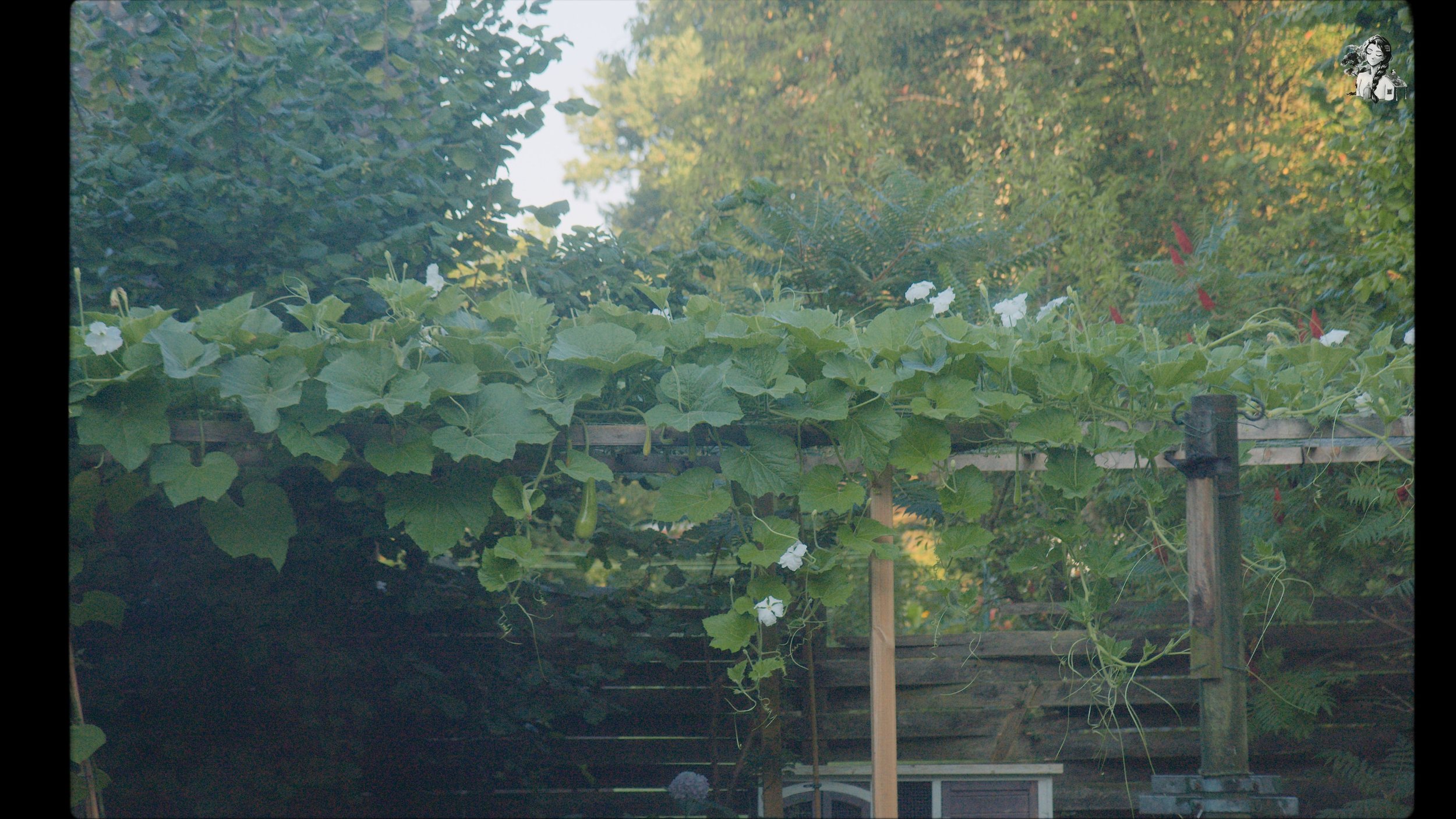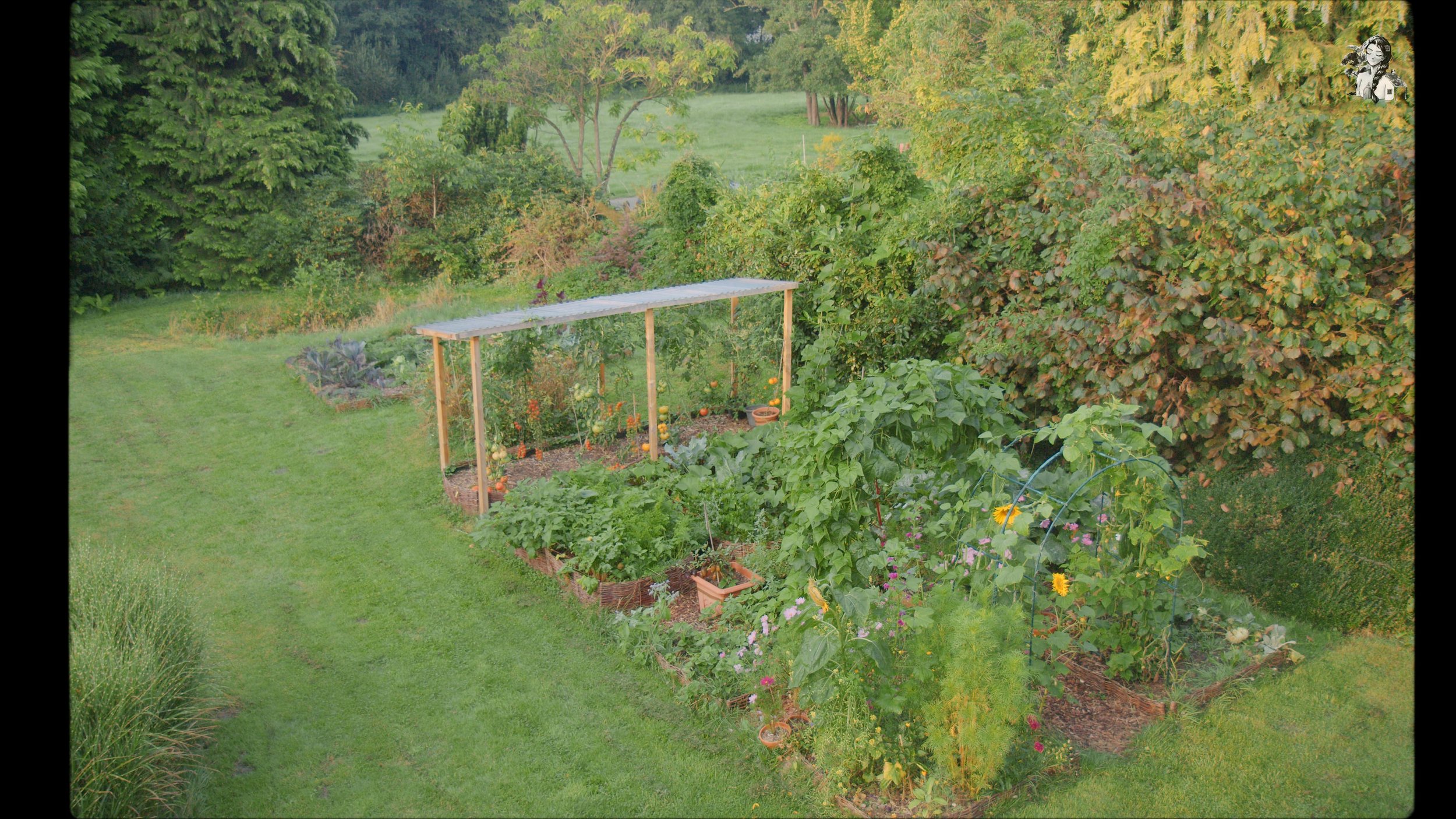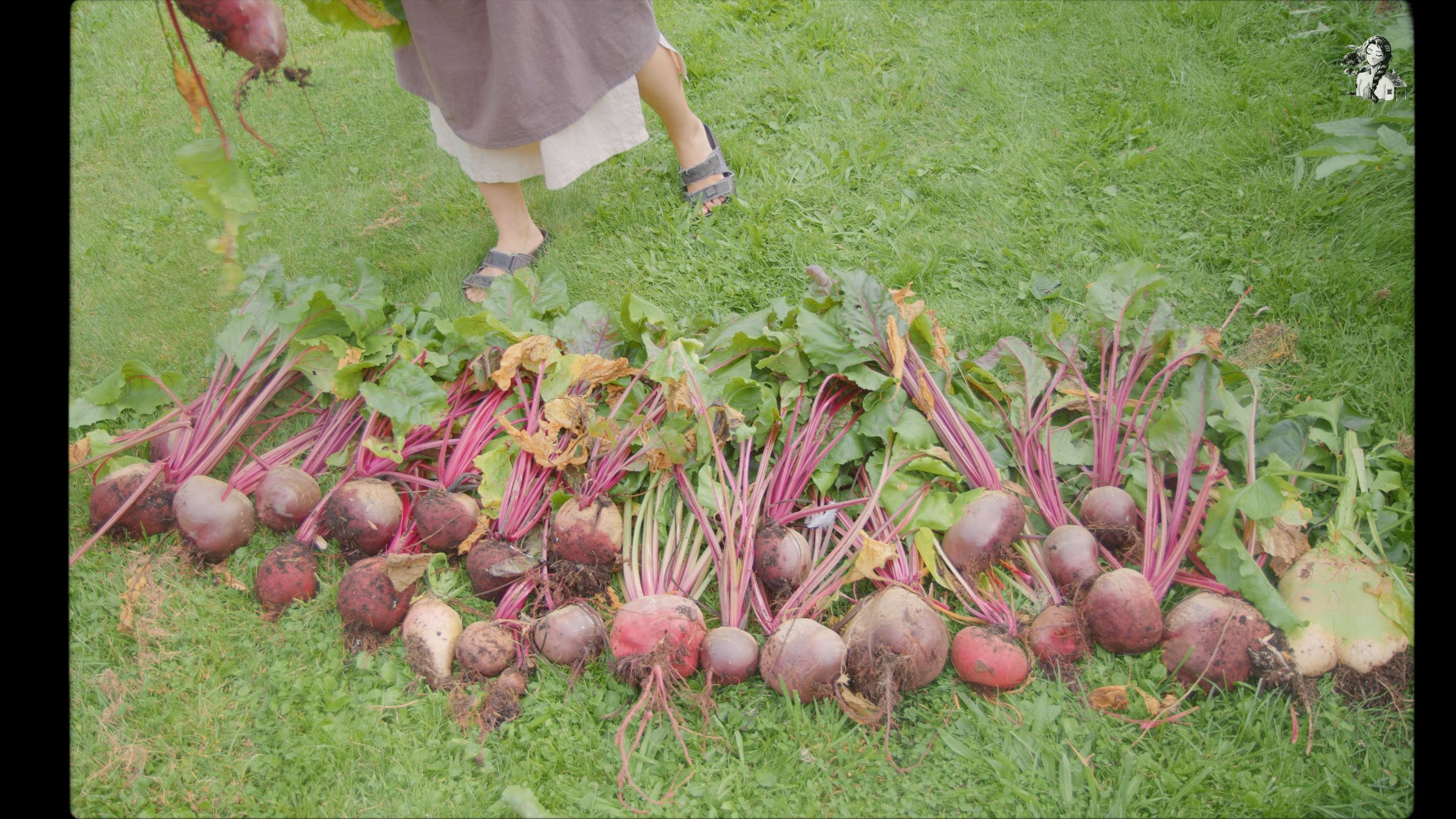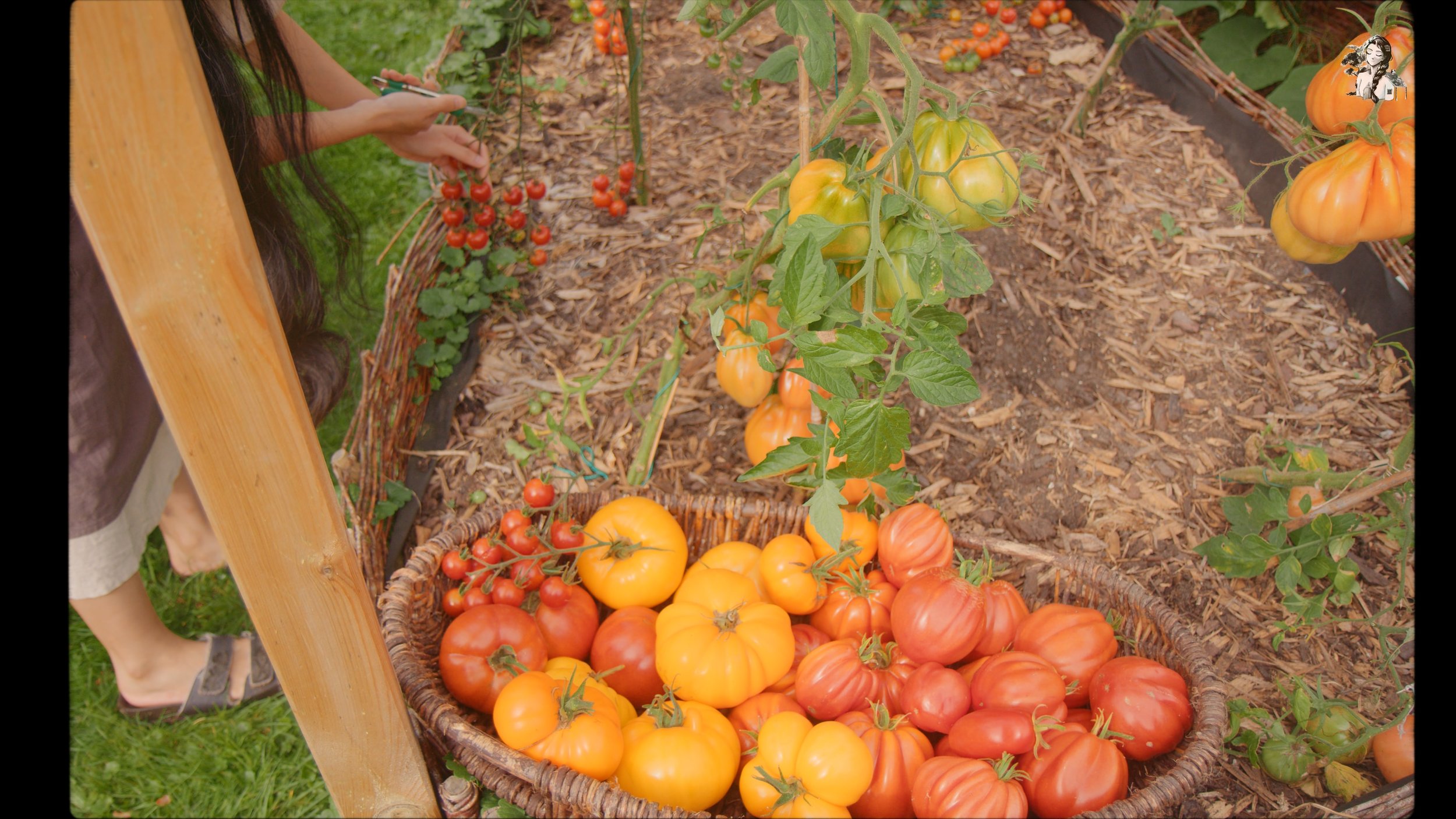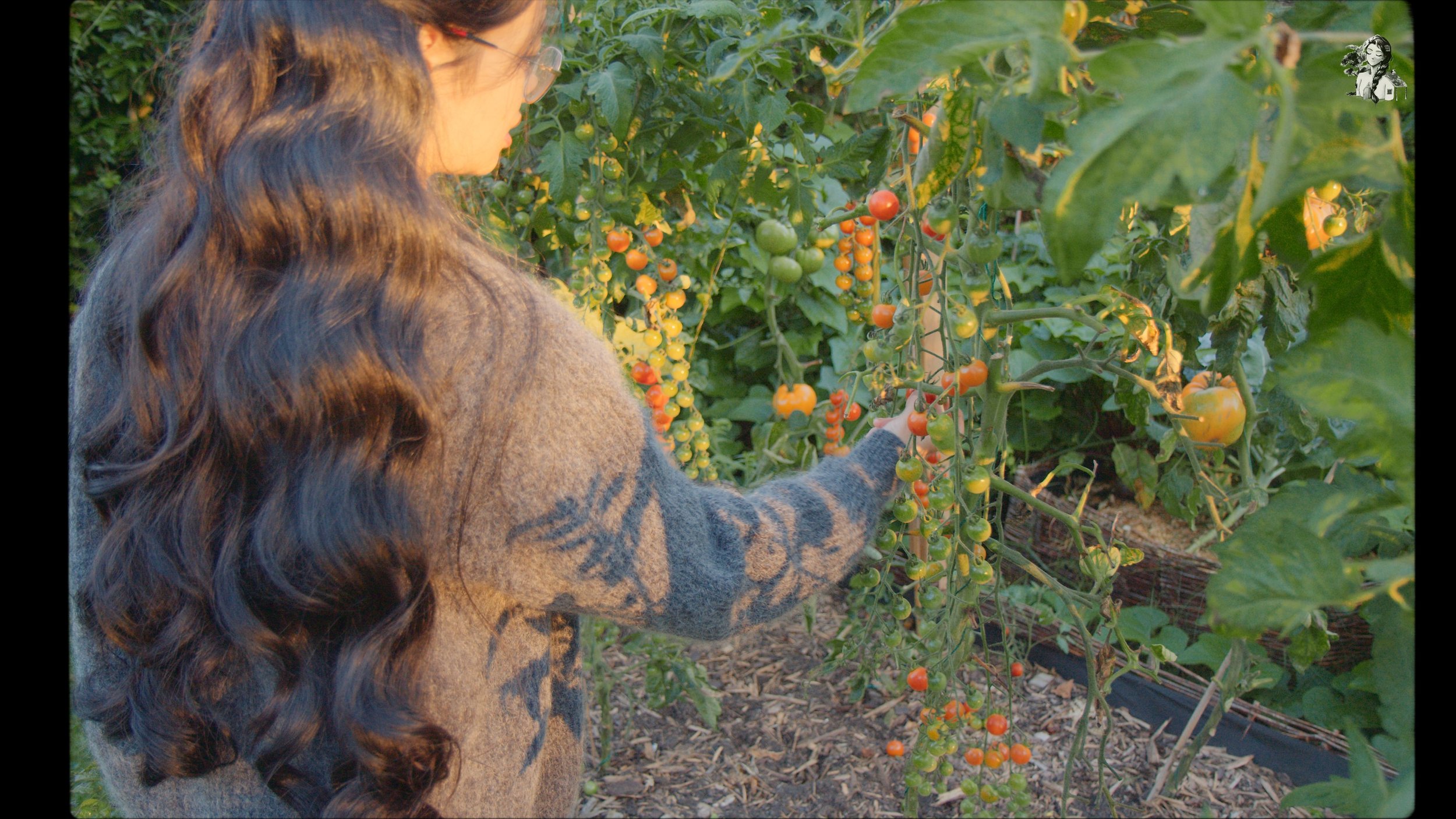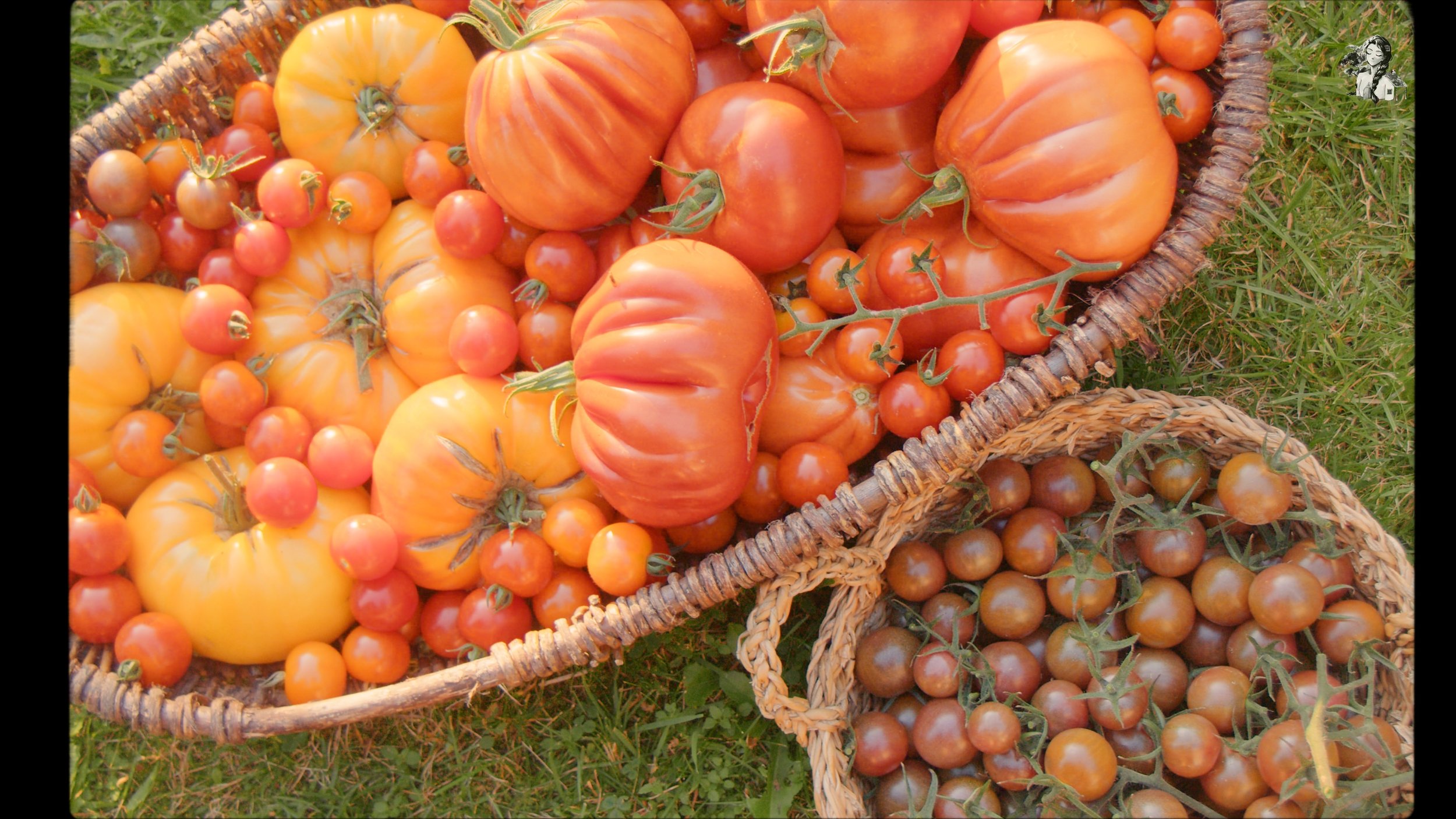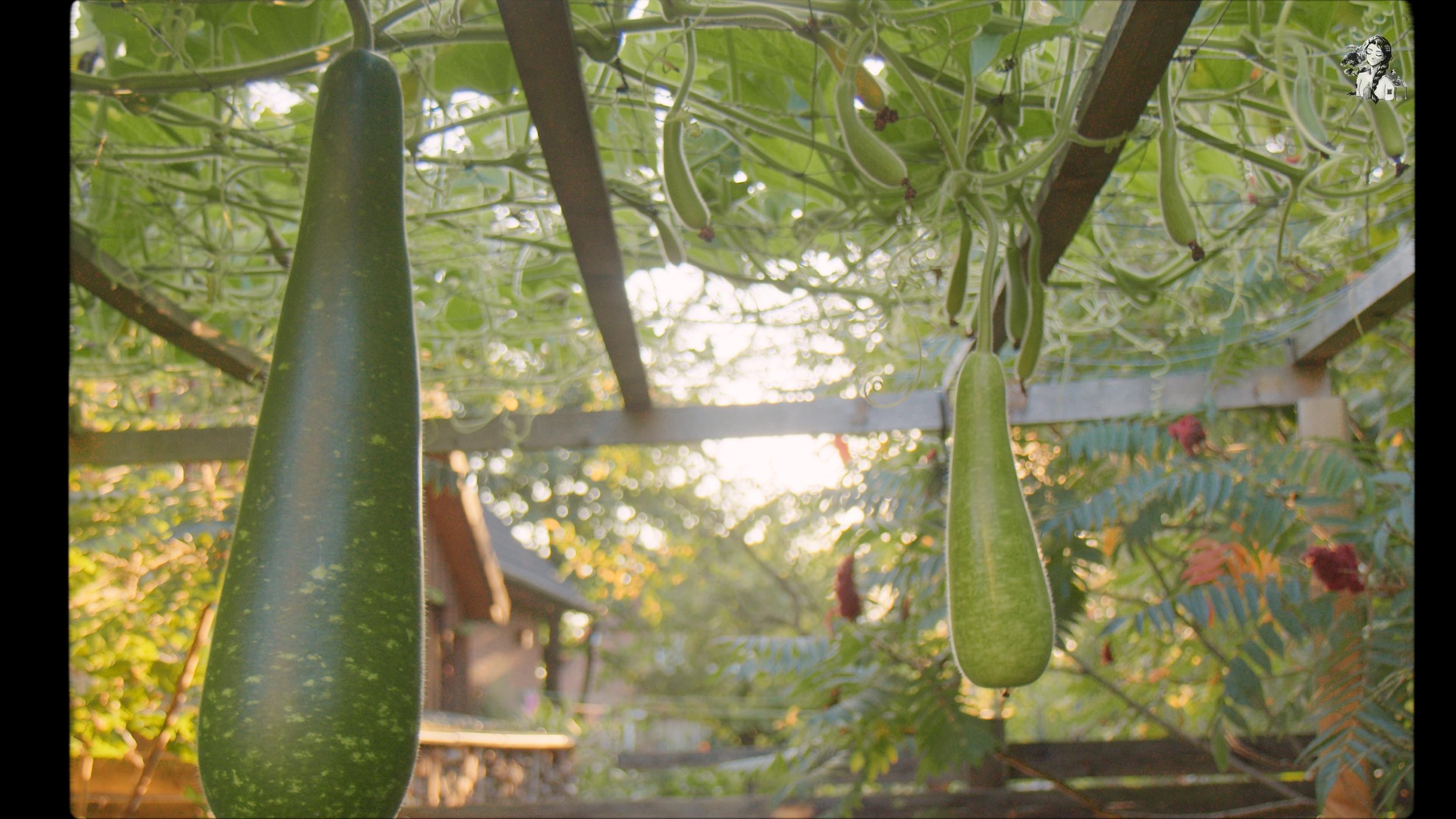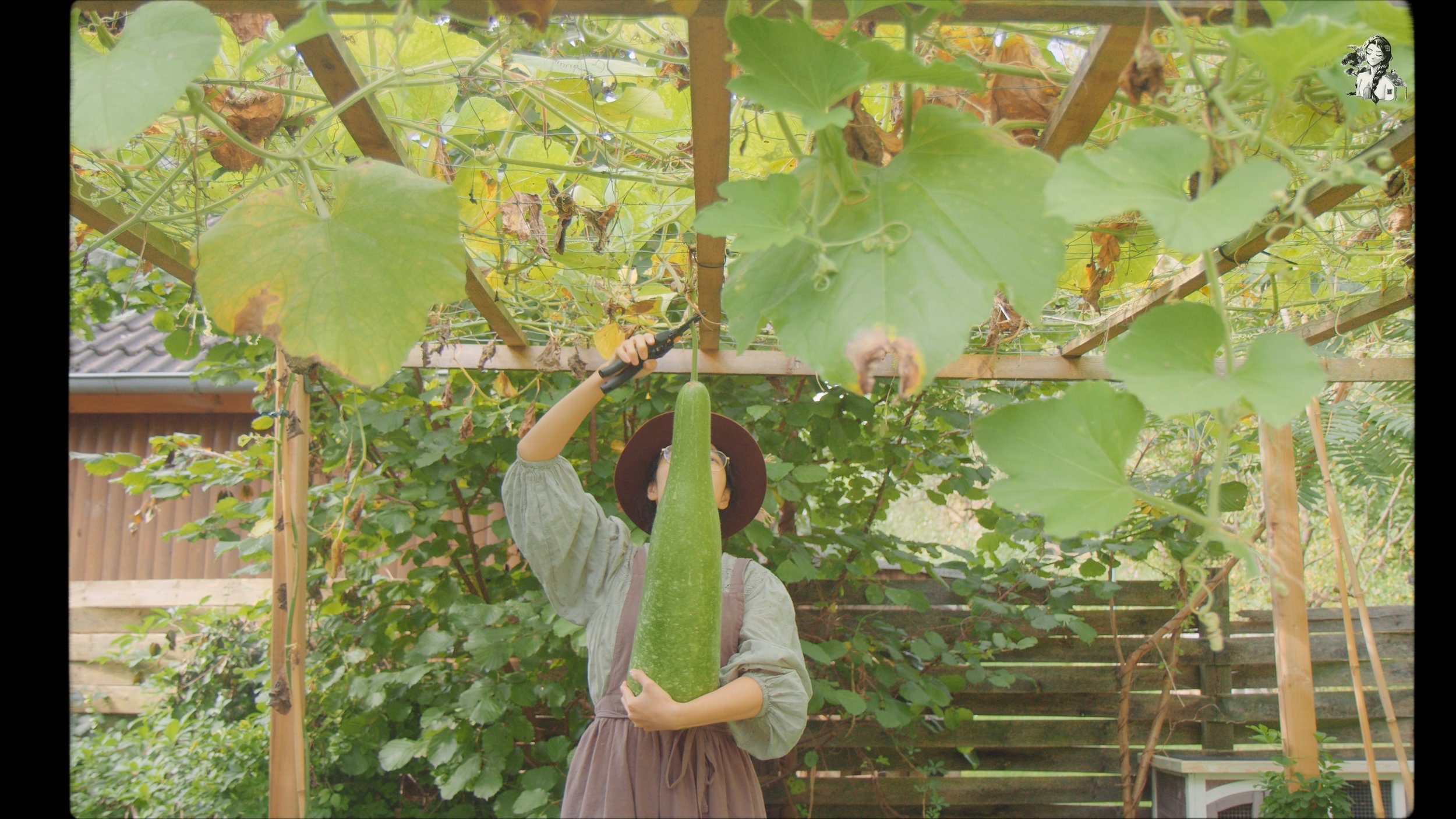Organic Ways to Control Pests in the Vegetable Garden
No matter where and how big your garden is, pests are the most annoying and difficult problems. This is a family and pet-friendly vlog which focus on minimizing chemical interventions and maximizing natural and preventative practices to control pests.
1. Keep your plants healthy
Weak plants attract pests more, healthy plants get hit less often.
Just like us, healthy plants have better-developed immune systems and natural defense mechanisms.
Some plants naturally possess genetic traits that make them resistant to specific pests / diseases.
Good soil is the most important thing. Use compost, organic matter, and appropriate fertilizers to enrich the soil with essential nutrients.
Beneficial microorganisms in the soil can help control the populations soil-borne pests.
Starting with high-quality seeds. Strong seeds are more likely to develop into robust plants.
Correct germination: Ensure that seeds are properly germinated and that seedlings are transplanted at the right stage of growth. This helps in establishing a strong foundation for your plants.
Appropriate Watering: Overwatering or underwatering can stress plants, making them more susceptible to pests.
Proper spacing between plants allows for good air circulation. This helps prevent the buildup of moisture, which can create a favourable environment for pests and diseases.
Regularly removing dead or diseased plant parts through pruning.
Mulching: Mulching around plants helps retain soil moisture, regulate temperature, and reduce weed growth. It can also create a barrier that makes it harder for pests to reach your plants.
I license my music on Artlist & Epidemic Sound! Click the link below to get 2 extra months free :)
https://share.epidemicsound.com/npm4hd
https://bit.ly/3NgdrIY
2. Monitor your plants
Regularly inspect your plants for signs of pests or diseases. Early detection allows for quicker intervention and prevention of major infestations.
Take the time to carefully inspect each plant when you water or walk around the garden.
Familiarize yourself with the common signs of pests that affect your plants. These could include discolored or distorted leaves, holes, chewed edges, sticky residue (honeydew), webbing, and visible insects.
If you notice any signs of pests, take immediate action. This could involve removing affected leaves, applying organic treatments, or introducing beneficial insects.
3. Grow More than you need
Growing more vegetables than you actually need can be a helpful strategy to mitigate the potential impact of pests on your harvest.
This approach is often referred to as "overplanting" or "buffer planting." By planting more crops, you create a situation where pests are less concentrated in any given area. This makes it more difficult for pests to find and damage plants. If a portion of the crop is affected, there is still enough left to harvest.
This practice can lead to resource inefficiencies, so use with caution!
4. Manually remove pests by hand
A simple yet effective method of pest control. Whenever you're in the garden, take some time to closely examine your plants for signs of pests. Learn to recognize common pests that affect your plants.
Wear gloves and gently pick off pests from the plants. This can include larger insects, caterpillars, slugs, snails, and even eggs. Once you've removed the pests from the plants, make sure to dispose of them properly. Squish them, drown them in soapy water, or place them in a container to discard away from your garden.
Sign up my Youtube Membership to access to exclusive content & perks :)
https://www.youtube.com/@Her86m2/membership
SUPPORT ME SO I CAN CREATE MORE QUALITY CONTENT / ỦNG HỘ MÌNH LÀM TIẾP NHỮNG NỘI DUNG NHƯ NÀY:
https://paypal.me/ThuThuyDao
https://www.patreon.com/her86m2
PHOTO EDITING PRESETS FOR LIGHTROOM / PRESETS CHỈNH ẢNH:
BUYING PRINTS / MUA ẢNH IN MÌNH CHỤP:
https://www.her86m2.com/print-shop
STAY CONNECTED / KẾT NỐI VỚI MÌNH:
Website: https://www.her86m2.com
Facebook: https://www.facebook.com/her86m2
Instagram: https://www.instagram.com/thuydao__/
5. Organic sprays and remedies
These remedies are safer for the environment, beneficial insects, and the overall health of your garden. For example stinging nettle spray, neem oil, soap, diatomaceous earth, garlic spray…
Neem oil is effective against aphids, mites, whiteflies, and some fungal diseases.
Diatomaceous earth works well against crawling insects like ants, beetles.
Garlic spray to treat aphids, caterpillars, and other pests.
Chilli pepper spray helps deter aphids, mites & other soft-bodied insects.
Soap spray is useful for controlling aphids, spider mites & scale insects.
Apply them during the cooler parts of the day to avoid stressing the plants.
While these organic remedies are safer than chemical alternatives, they’re also weaker. You may have to use it more frequently, and combine it with other methods for the best results.
6. Mixed cropping
It involves planting different crops together in the same bed. This practice has several benefits:
It increases biodiversity, and different crops attract different pests, the presence of multiple plant species can disrupt the life cycles of pests, making it harder for pests and diseases to spread throughout the entire crop.
Some plants attract beneficial insects that feed on pests, providing a natural form of pest control.
Different plants have different nutrient requirements and root structures which helps maximize nutrient uptake and minimize soil depletion.
When planning mixed cropping, it's important to consider the compatibility of the chosen crops, taking into account factors such as growth habits, light, water and nutrient requirements.
7. Crop rotation
Long after harvest, pests & diseases can still live off plant residues.
But if you plant a different crop next season,
It disrupts the pest's life cycle, reducing the buildup of pests in the soil.
Some pathogens that cause plant diseases can persist in the soil. By rotating crops, you reduce the likelihood of soil-borne diseases.
Crop rotation can also lead to higher yields by improving soil structure, nutrient availability, reducing pest pressure.
The variety of crops in your rotation should not be closely related to each other.
For instance, I grew chayote in this bed in 2022, and changed to opo squash in 2023.
8. Practice Hygiene
Regularly clean your garden tools, equipment, and plant containers to avoid transferring pests or diseases from one area to another.
Buy / pick up sterilised soil / compost from reliable sources.
9. Harvest early
Many insects and pests are attracted to ripe or overripe fruits. Keep a close eye on the development of your fruits and vegetables. As your crops approach maturity, consider harvesting them slightly before they are fully ripe. By doing that you can reduce the likelihood of pests infesting your crops.
Harvesting early and frequently helps save plant’s energy to be used for the production of new growth, enhancing the overall yield and resilience of the plant.
Fruits & vegetables often have better taste and texture during the early stage of harvest.
Also after harvesting, some fruits and vegetables are susceptible to post-harvest diseases. Harvesting early reduces the time the produce is exposed to potential sources of contamination, minimizing the risk of post-harvest diseases.
It's important to note that all plants have different optimal harvest time.
Crops, such as tomatoes and peppers, benefit from allowing the fruits to ripen fully on the plant for best flavor. Others, like leafy greens and certain herbs, are often harvested when young and tender.
10. Physical Barriers
Use physical barriers such as row covers or netting to protect your main crops from pests. Choose material that is appropriate for the pests you are trying to deter. Finer mesh is effective against tiny insects like aphids, while larger mesh might deter birds. You can also create pest traps to capture certain pests, for example beer traps for slugs and snails, pheromone traps, fruit fly traps…
11. Stay informed
Never stop learning.
Ask the question why this and that happened in our garden and find out the answer, what needs to be done... Keep yourself updated on the specific pests that are common in your region and for the plants you're growing. Local gardening groups, books, YouTube, blog can be valuable sources of information.
12. Buy good bugs and release them in the garden
These beneficial insects prey on pests, helping to naturally keep pest numbers in check. Common examples include ladybugs (against aphids), parasitic wasps (against caterpillars), predatory mites (against spider mites)….
From my experience, preventing pest issues in the first place is often more effective and sustainable than trying to control an established pest problem.
I can't wait for the growing season to start.
If you have any questions feel free to let me know in the comments :)
I license my music on Artlist & Epidemic Sound! Click the link below to get 2 extra months free :)
https://share.epidemicsound.com/npm4hd
https://bit.ly/3NgdrIY
Sign up my Youtube Membership to access to exclusive content & perks :)
https://www.youtube.com/@Her86m2/membership
SUPPORT ME SO I CAN CREATE MORE QUALITY CONTENT / ỦNG HỘ MÌNH LÀM TIẾP NHỮNG NỘI DUNG NHƯ NÀY:
https://paypal.me/ThuThuyDao
https://www.patreon.com/her86m2
PHOTO EDITING PRESETS FOR LIGHTROOM / PRESETS CHỈNH ẢNH:
BUYING PRINTS / MUA ẢNH IN MÌNH CHỤP:
https://www.her86m2.com/print-shop
STAY CONNECTED / KẾT NỐI VỚI MÌNH:
Website: https://www.her86m2.com
Facebook: https://www.facebook.com/her86m2
Instagram: https://www.instagram.com/thuydao__/


